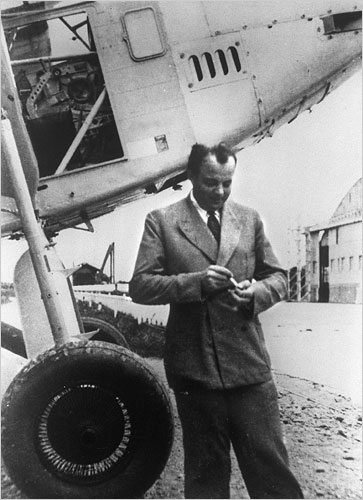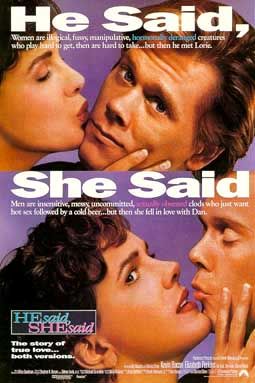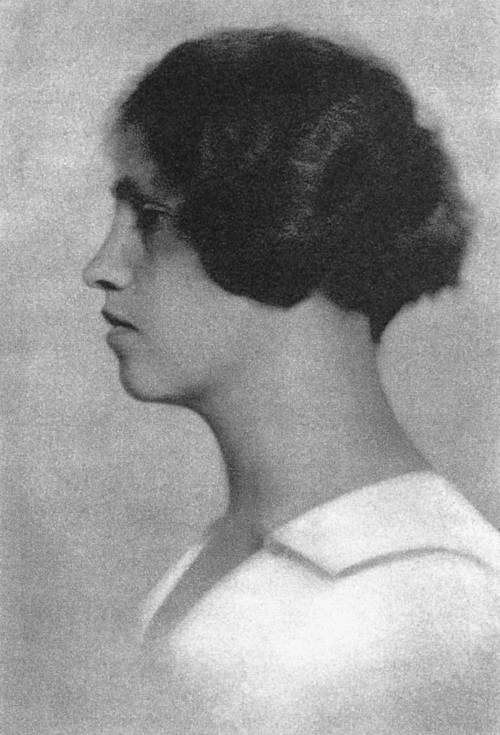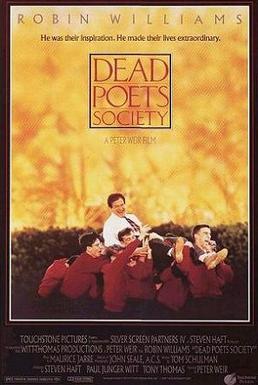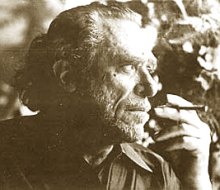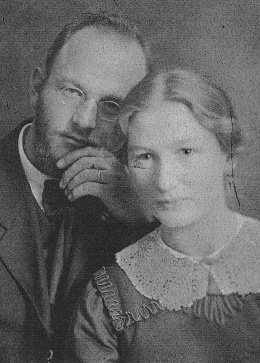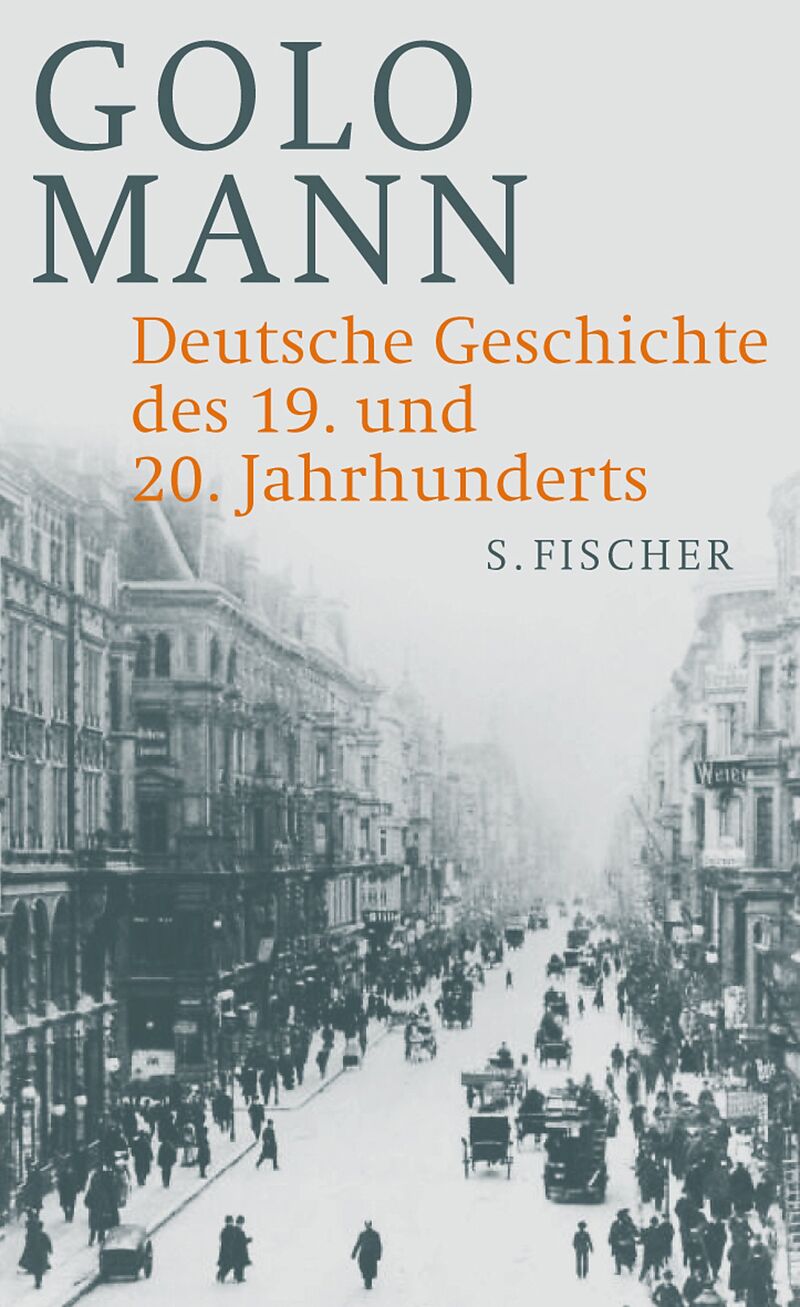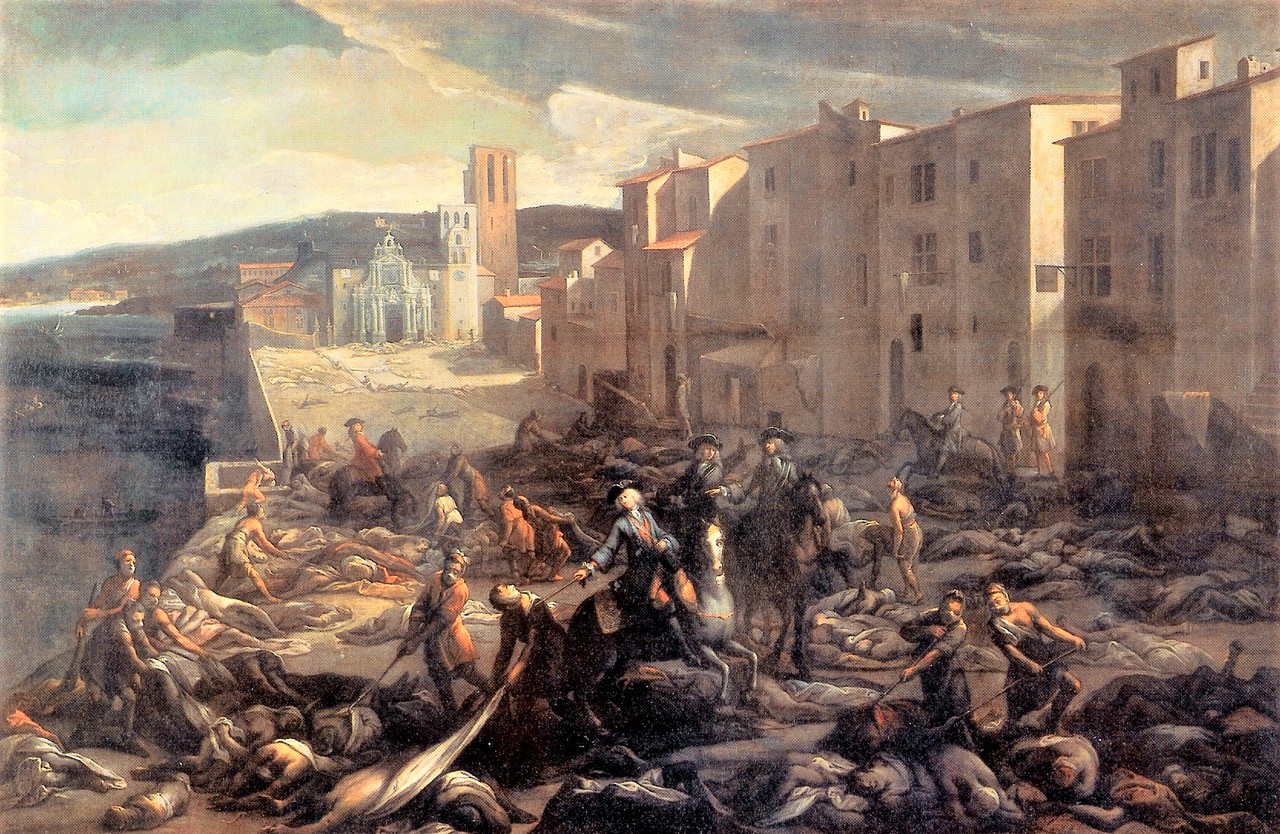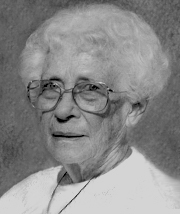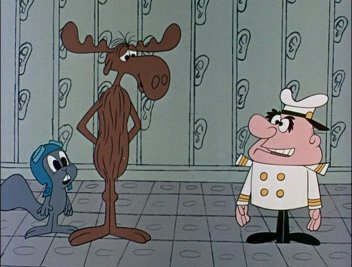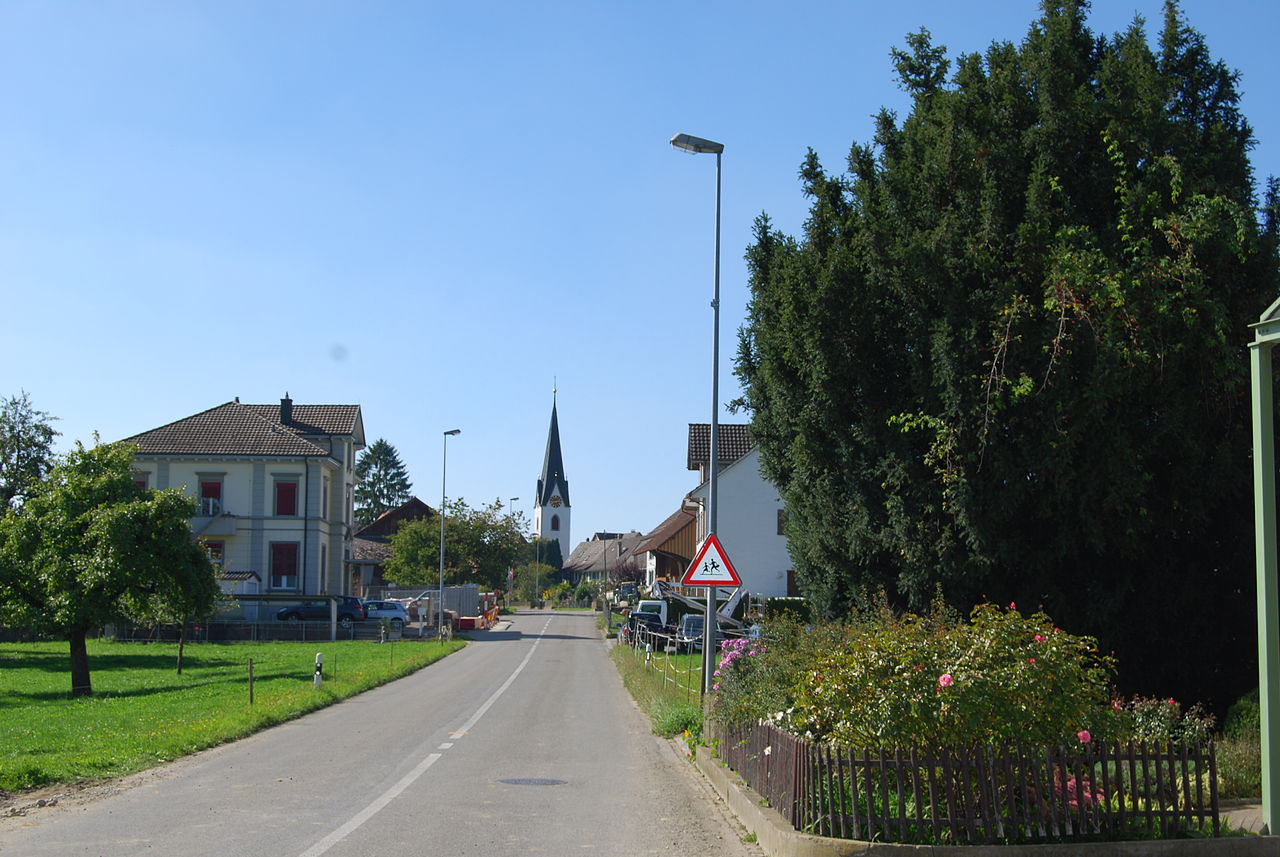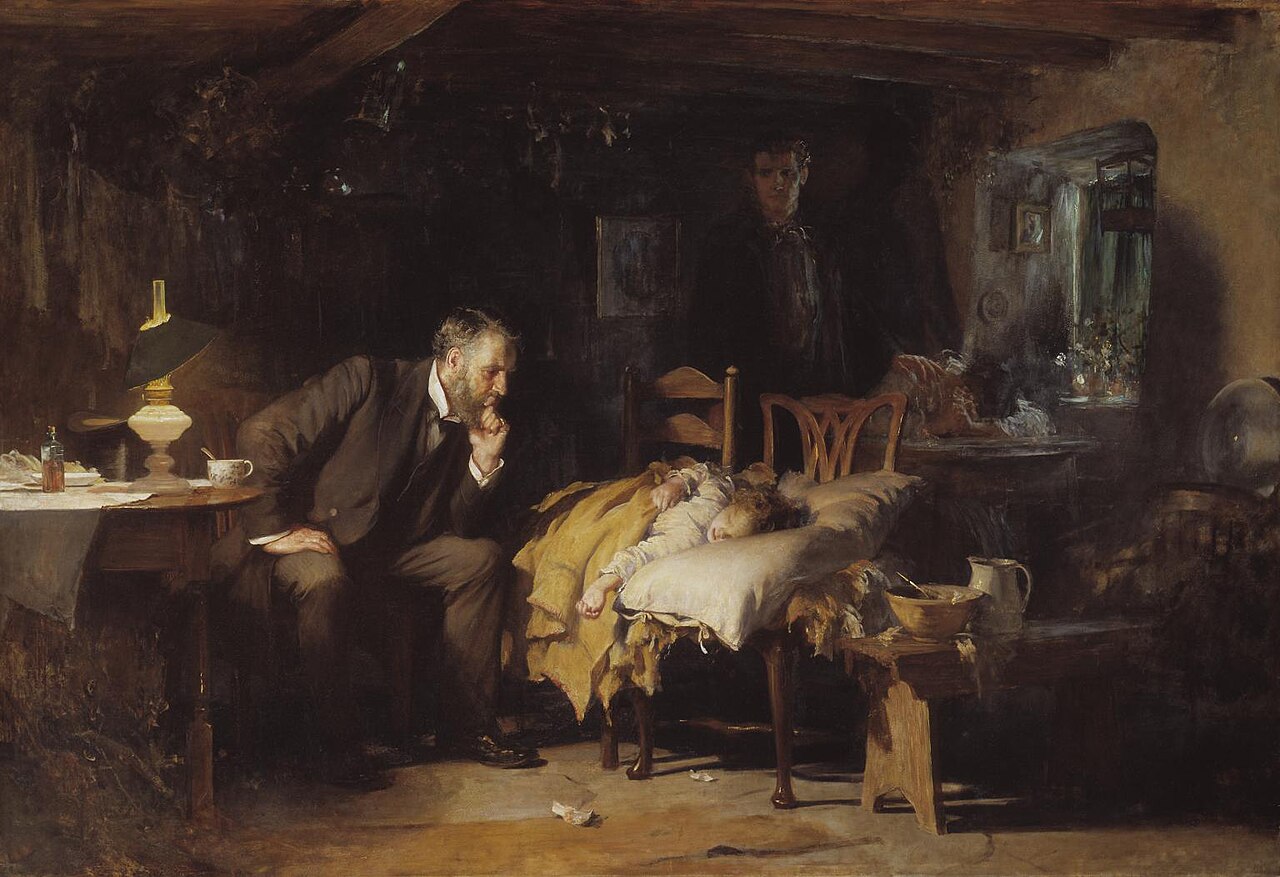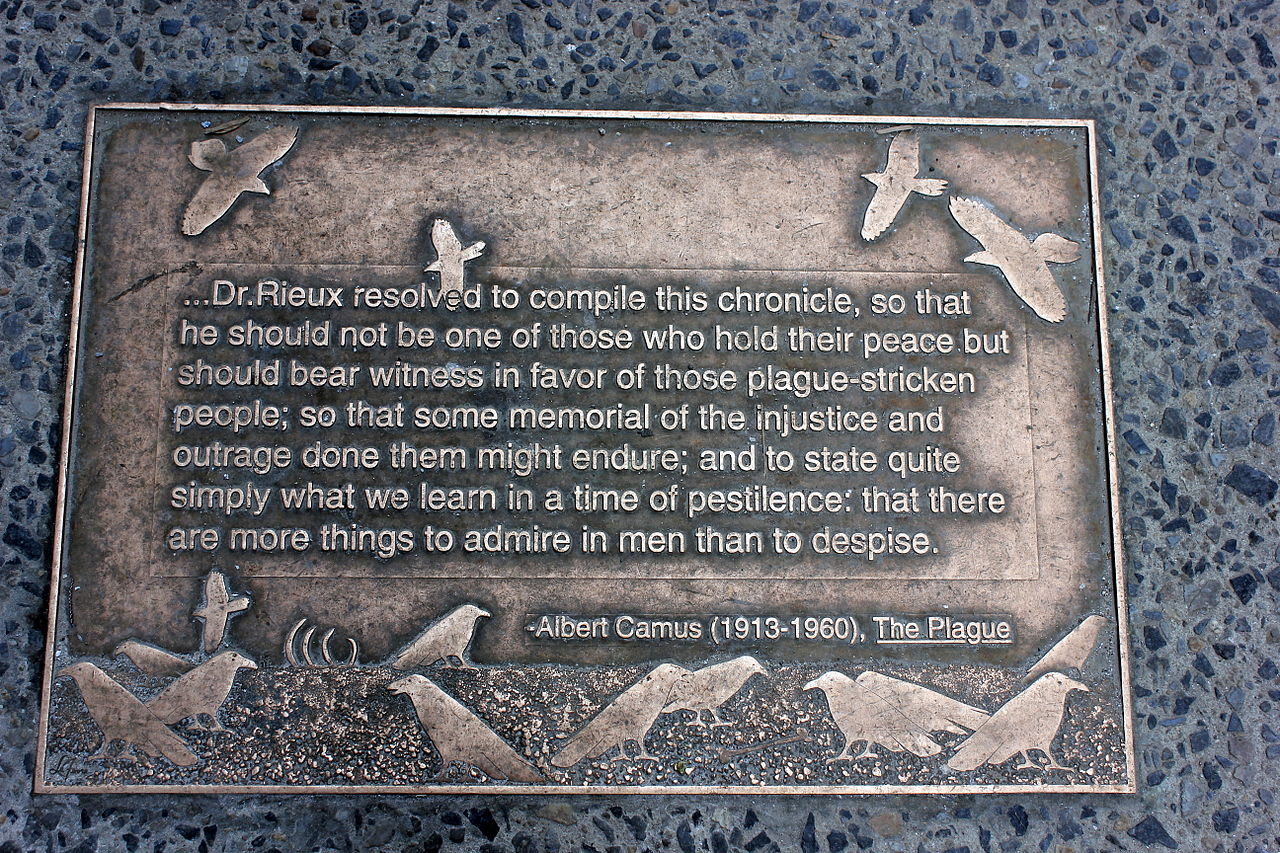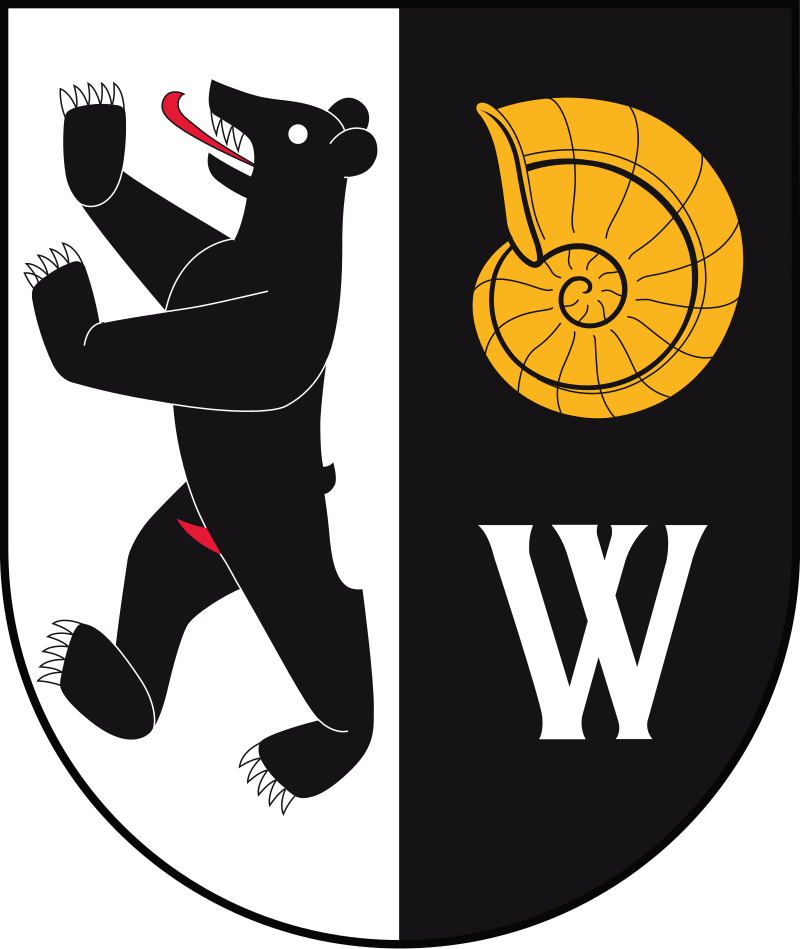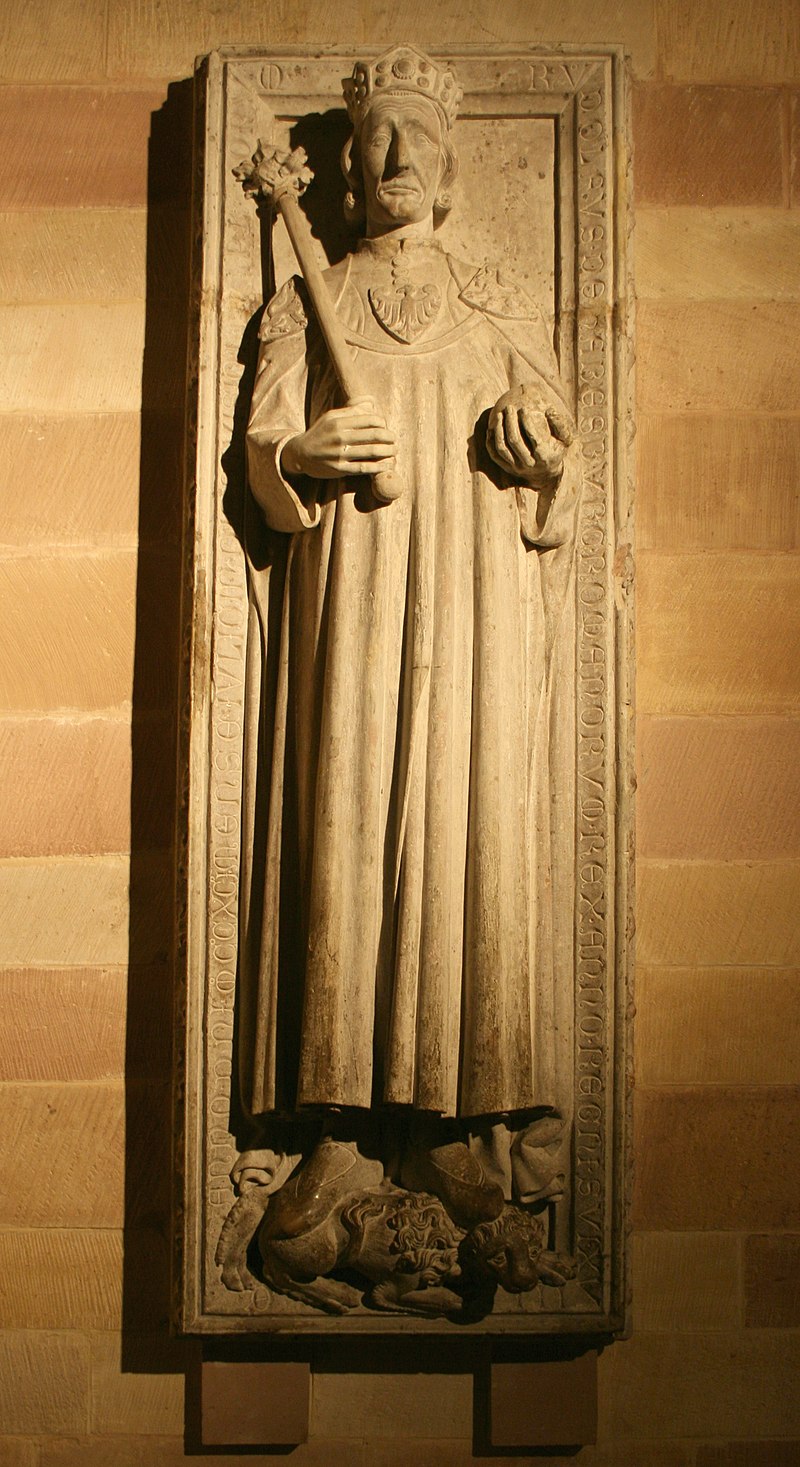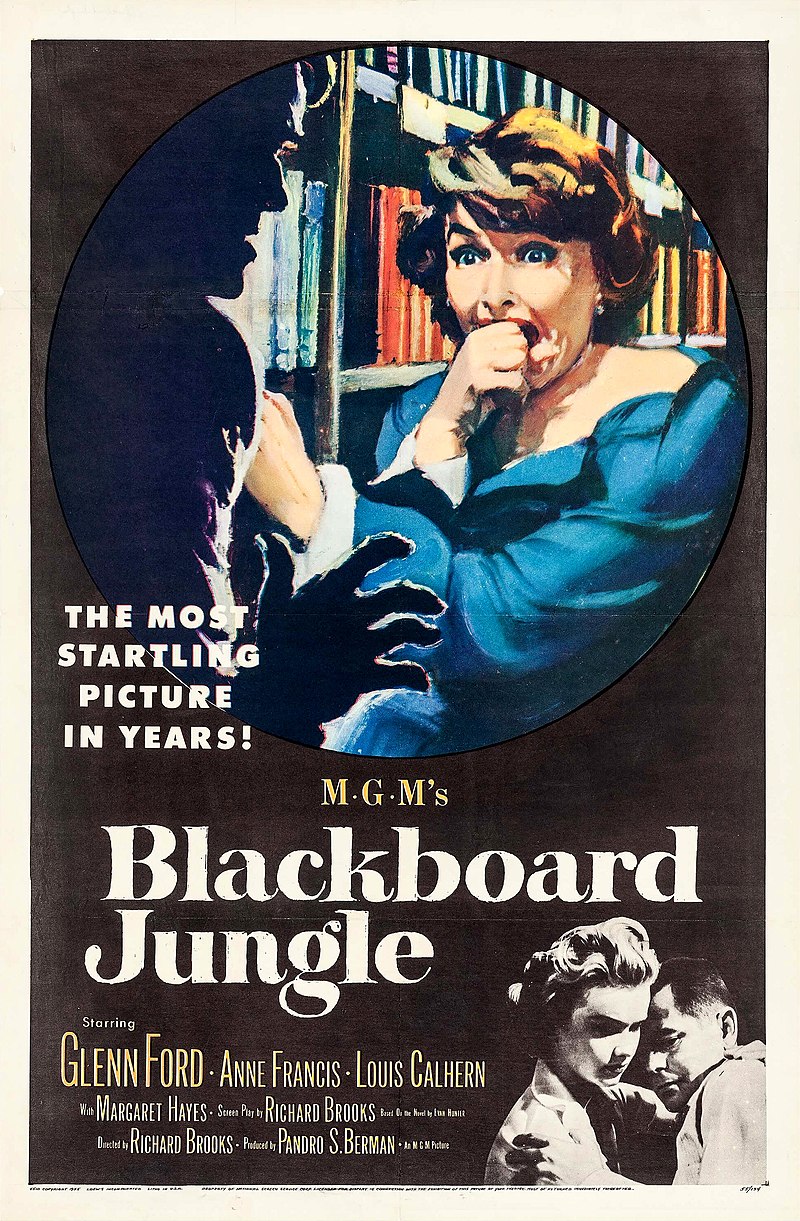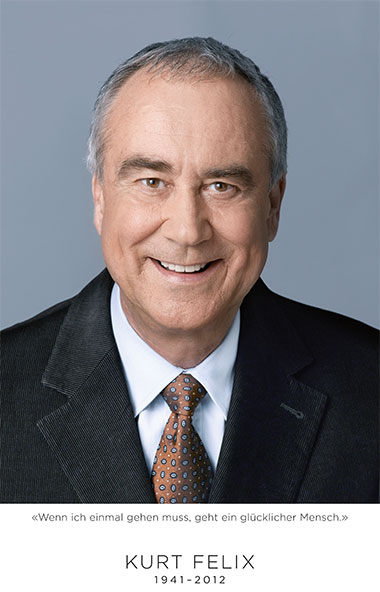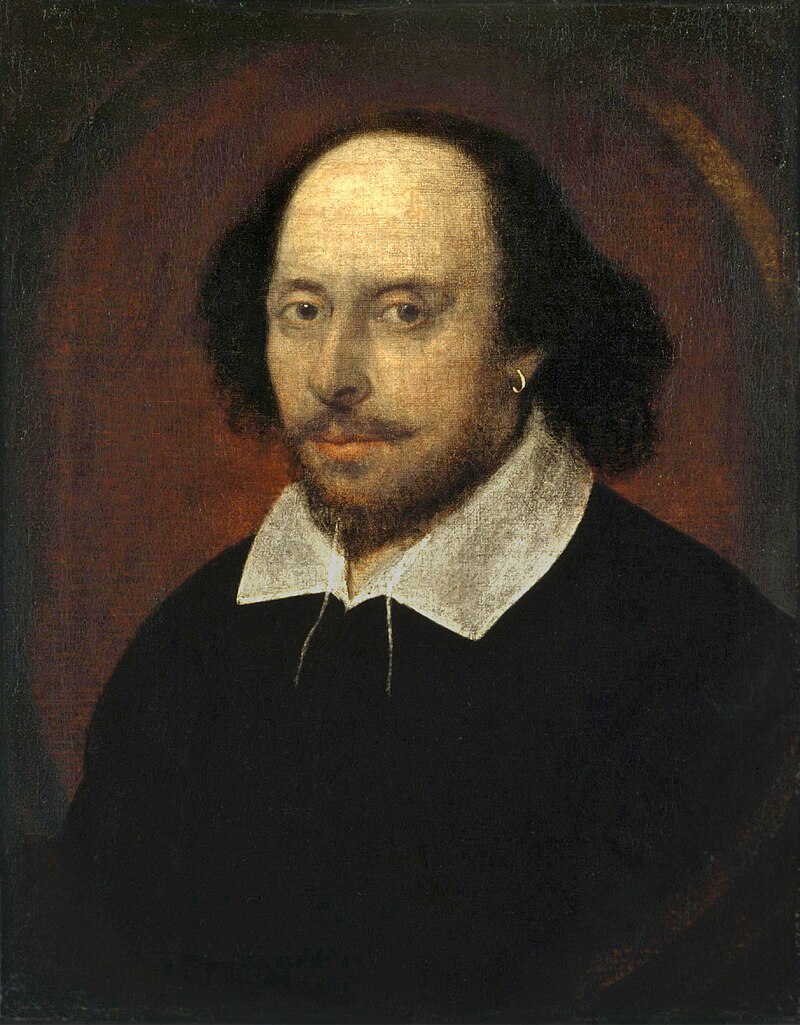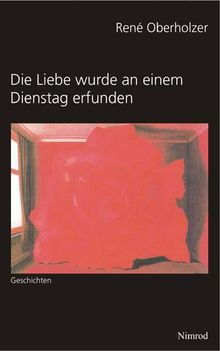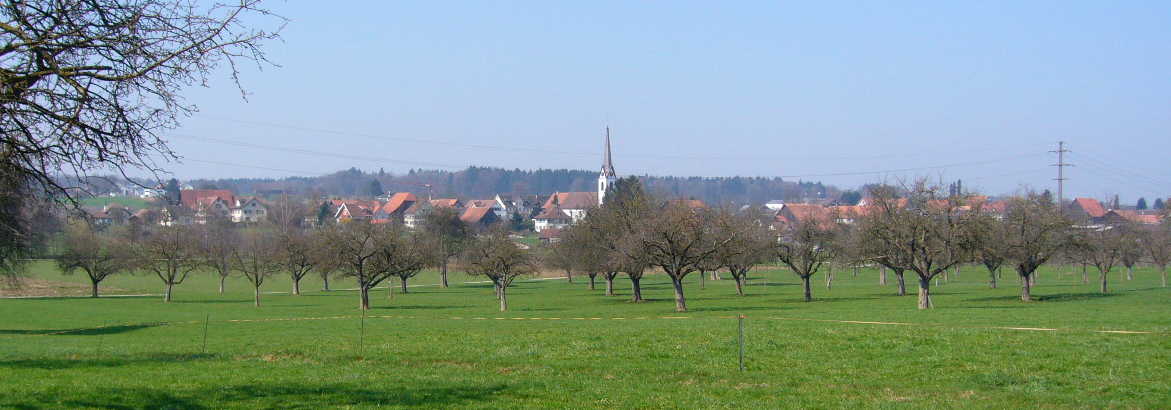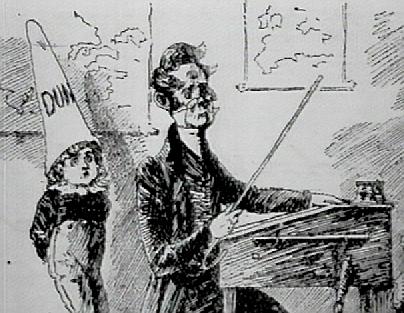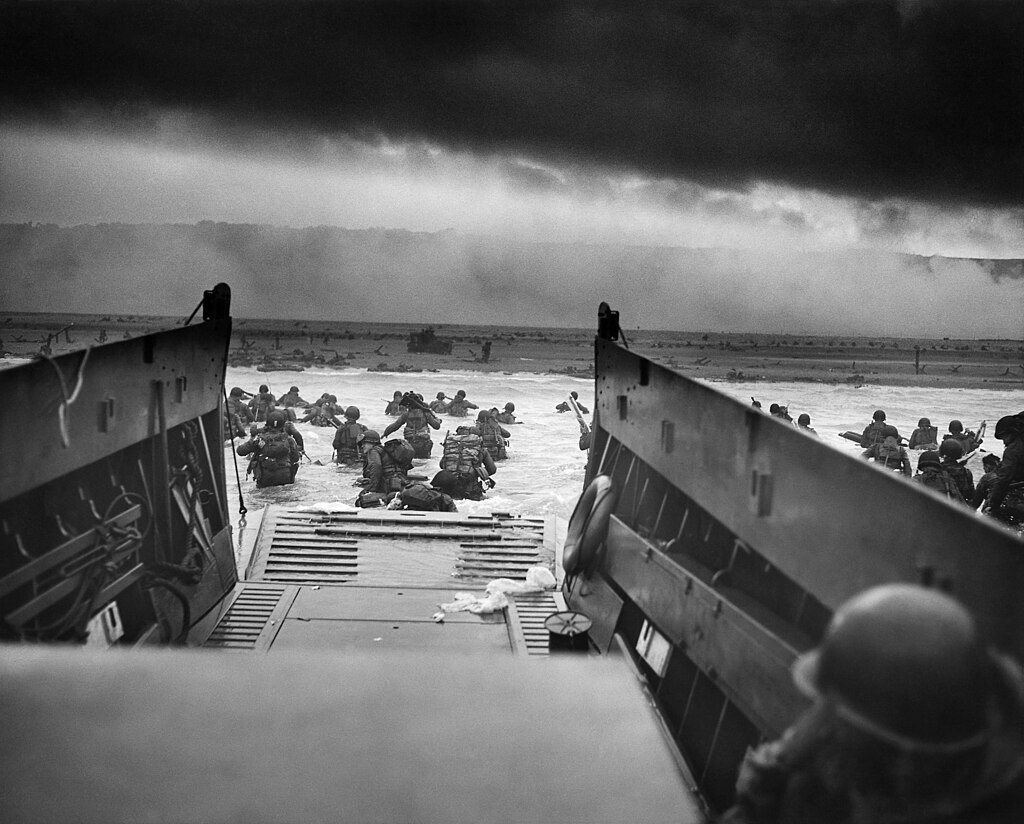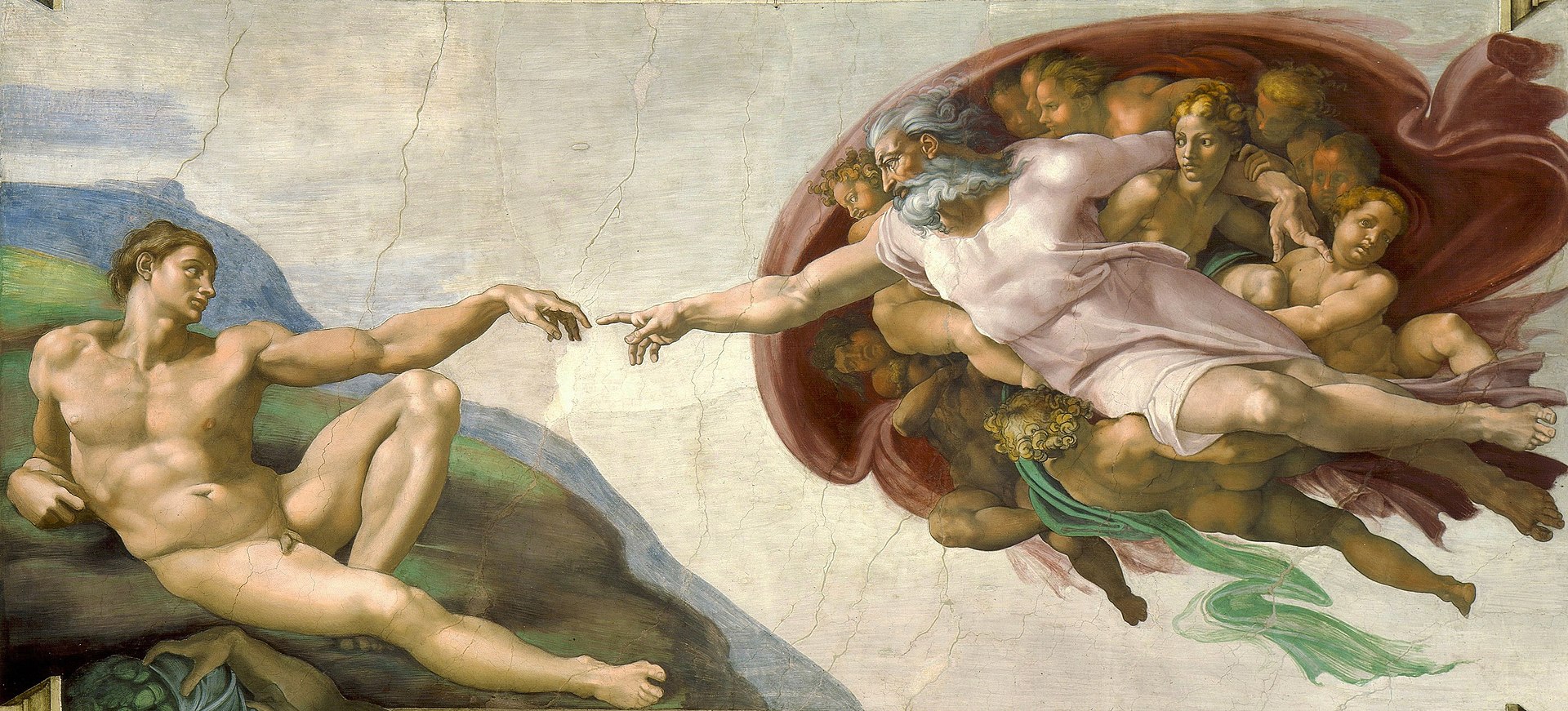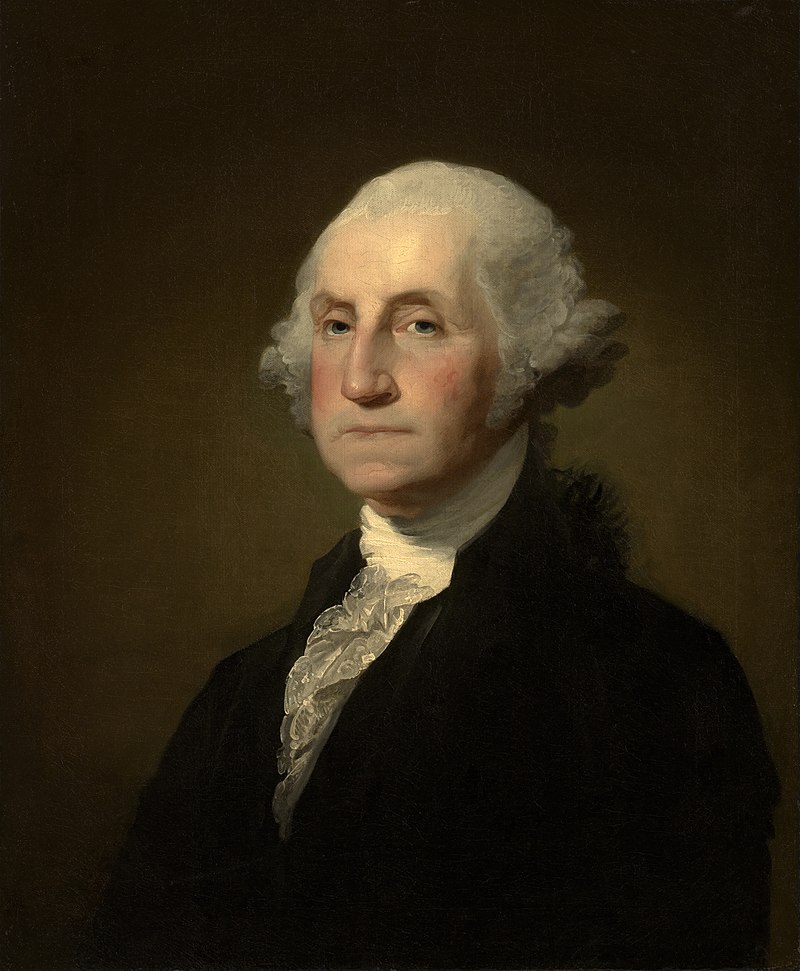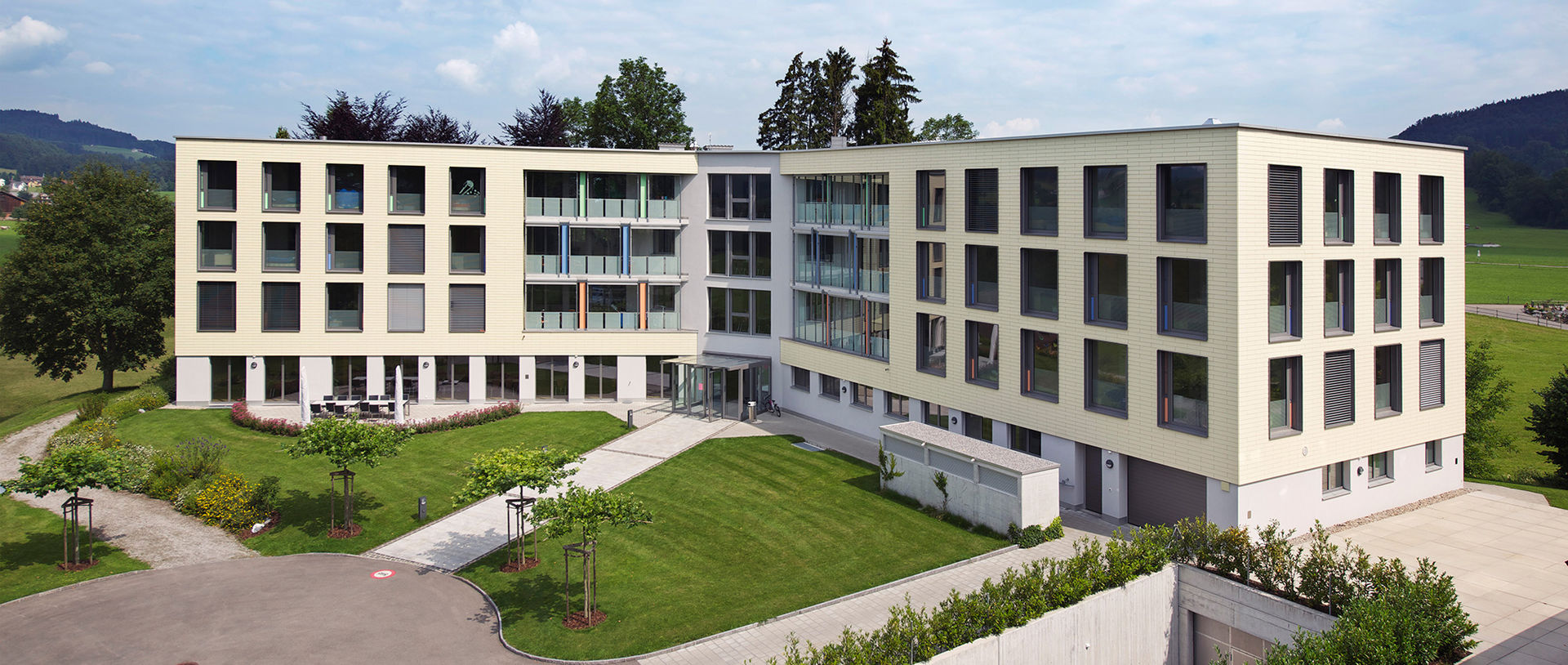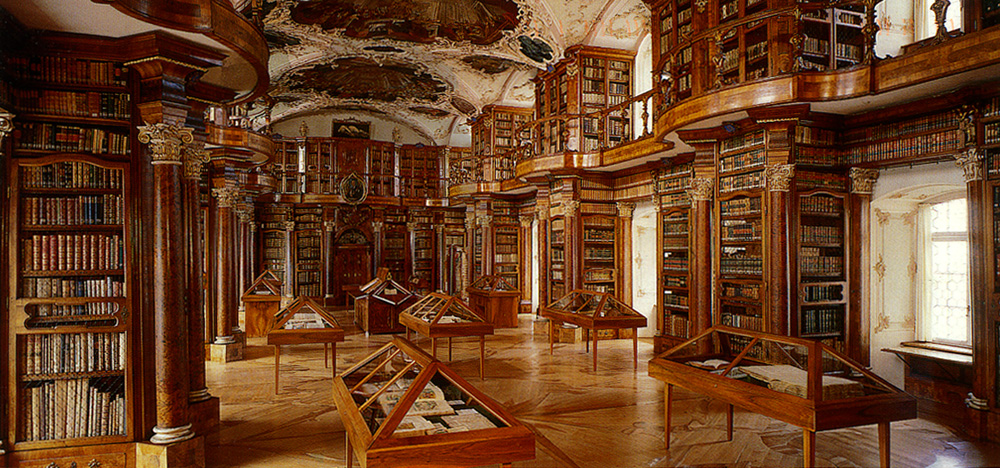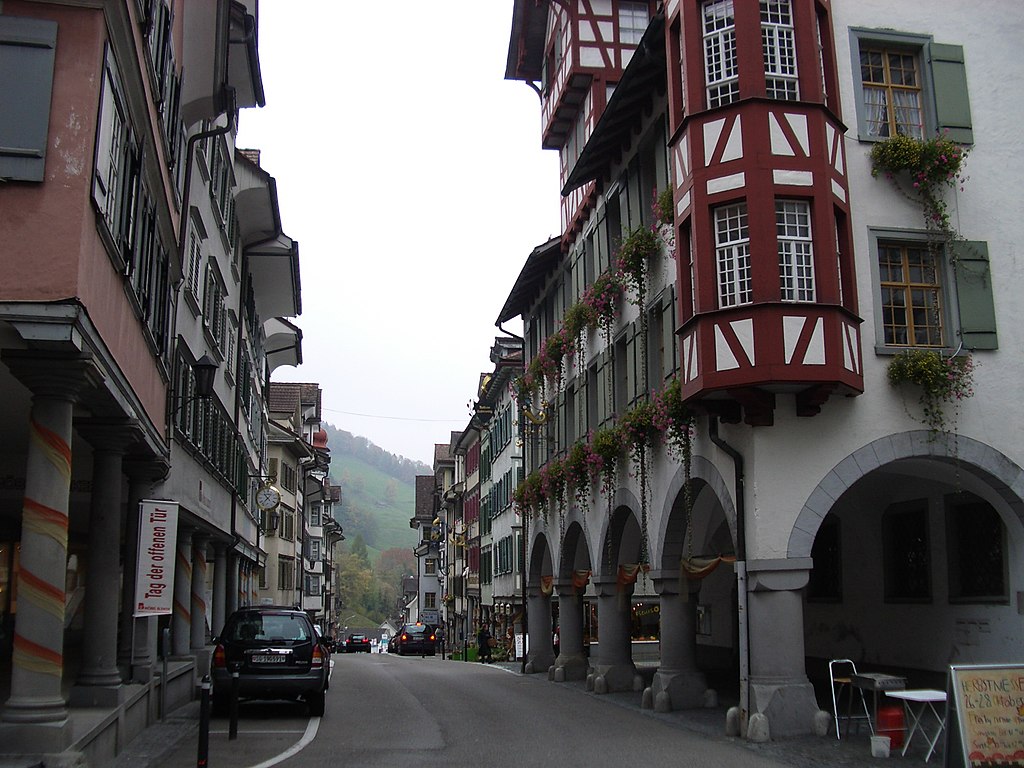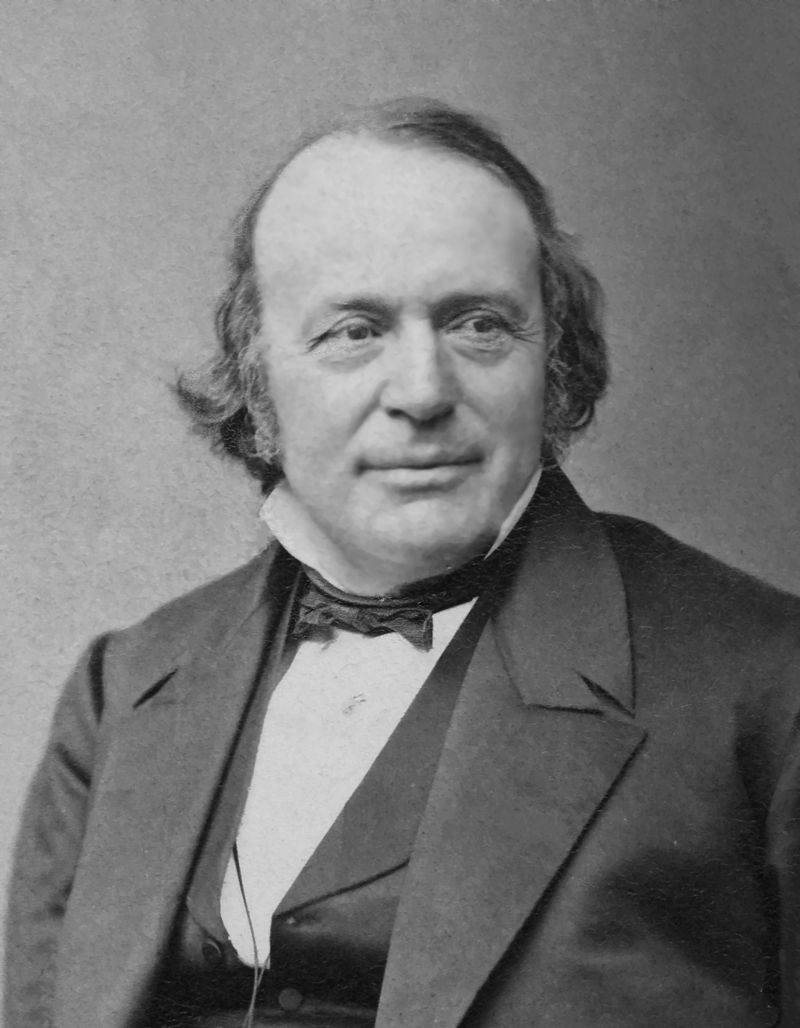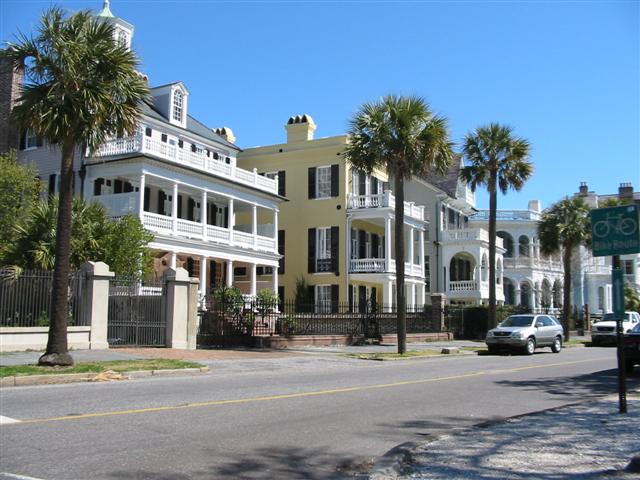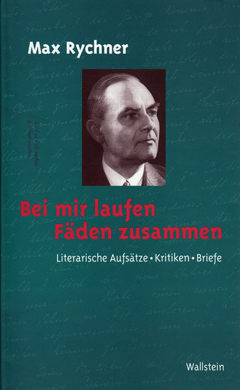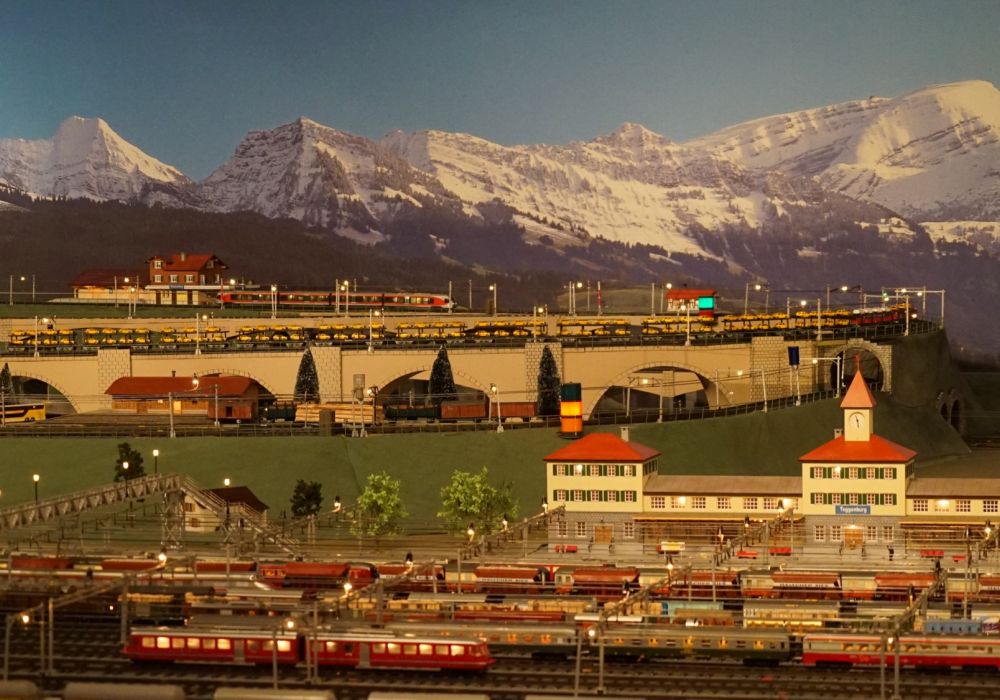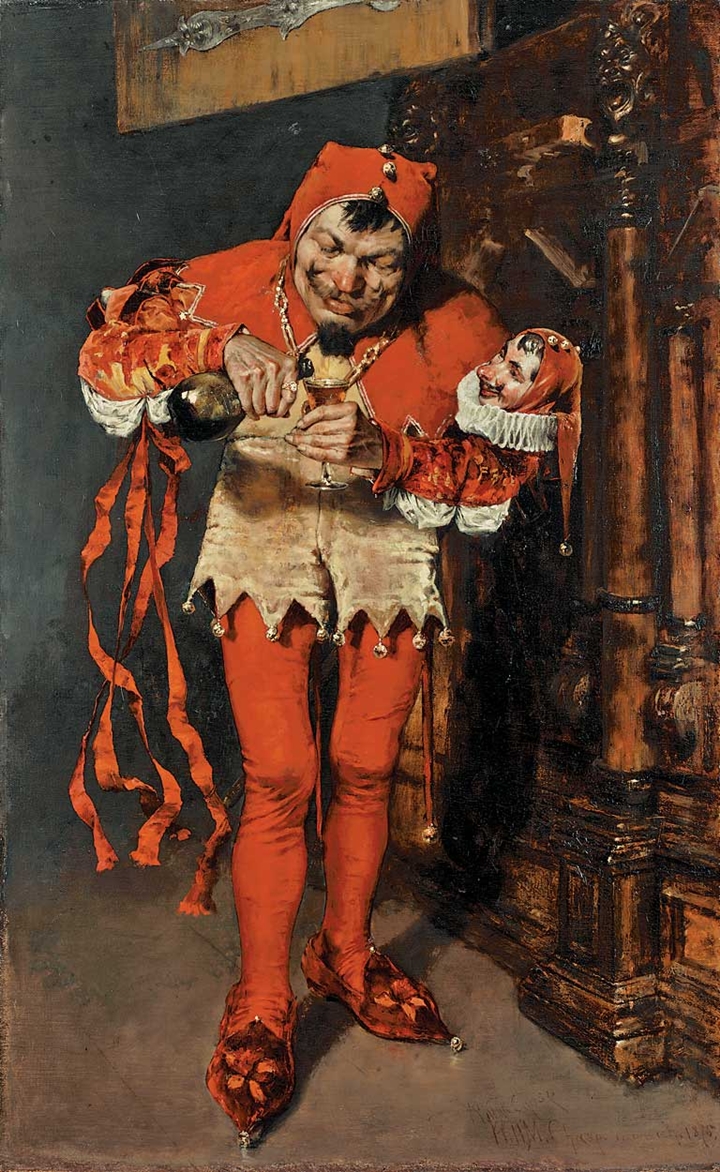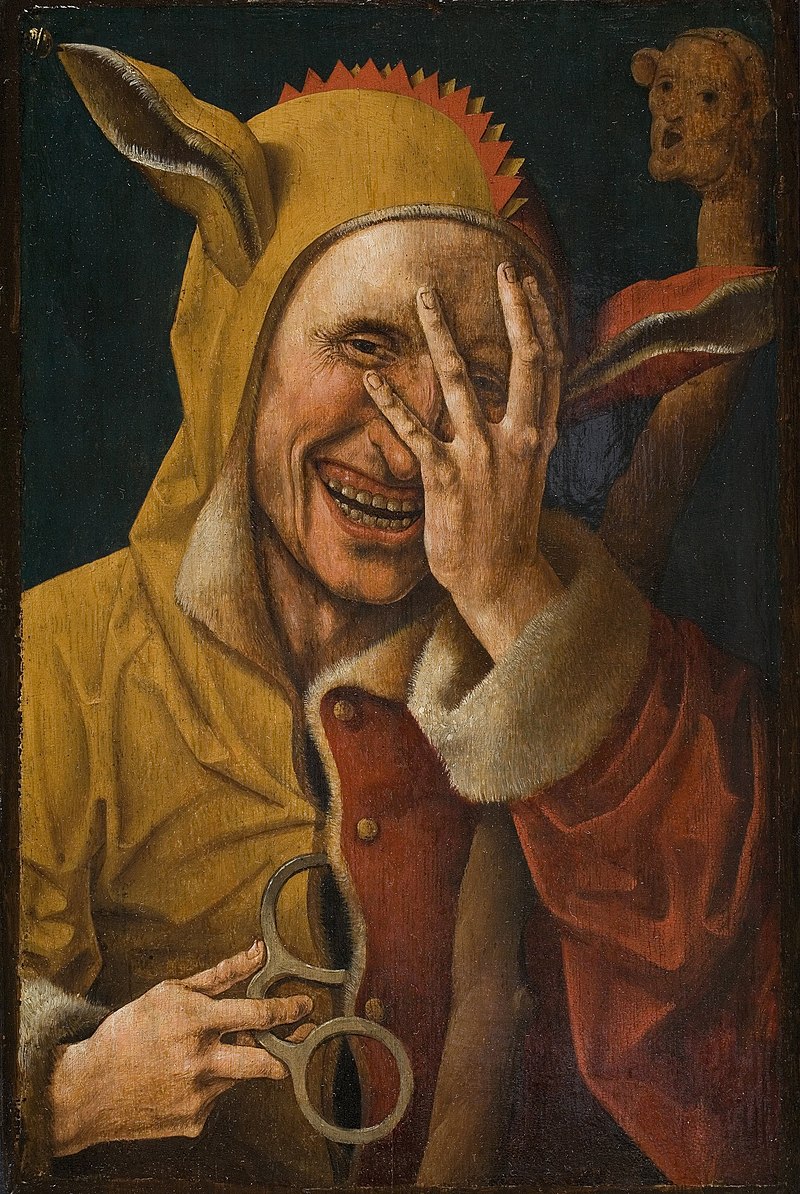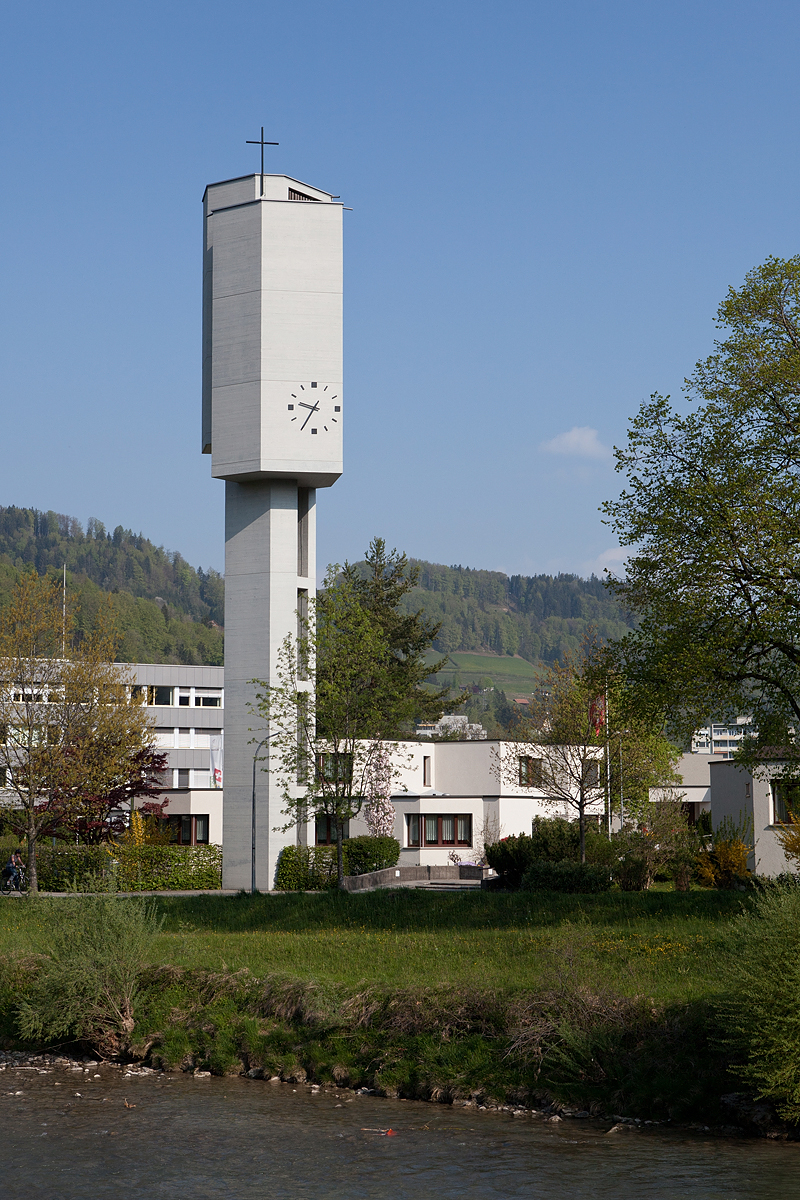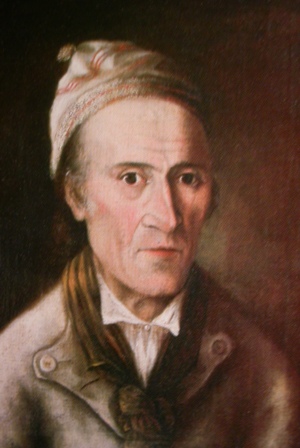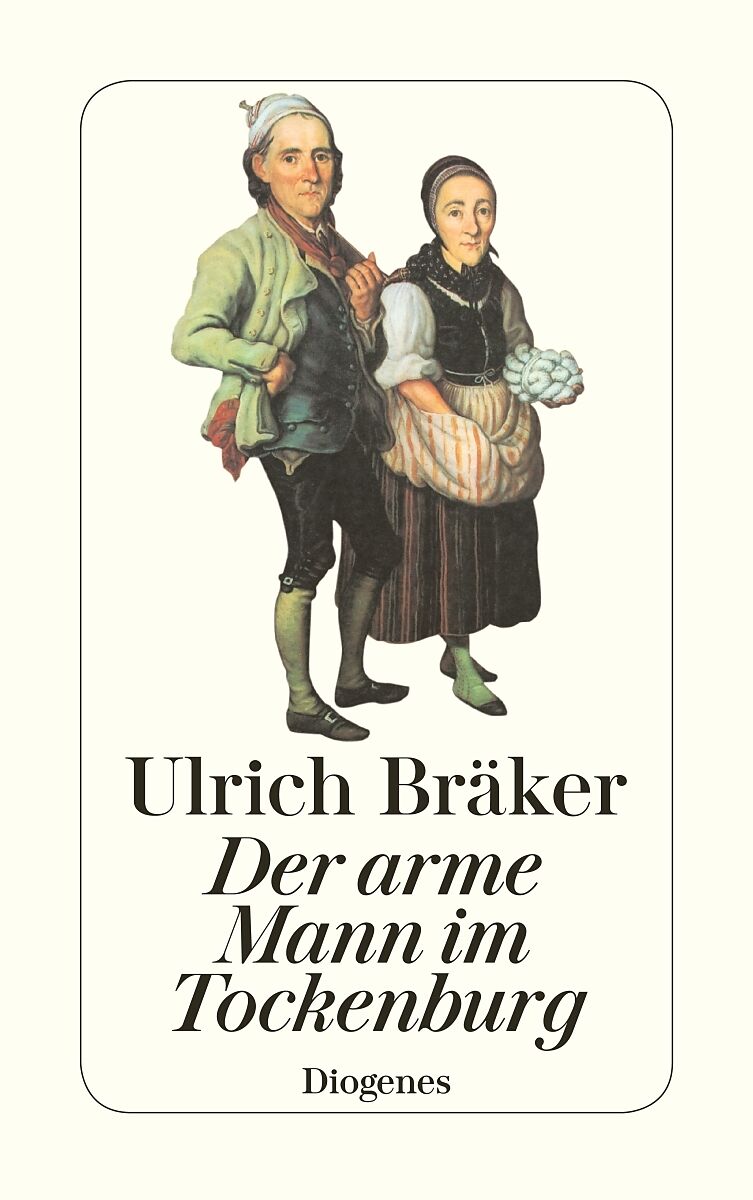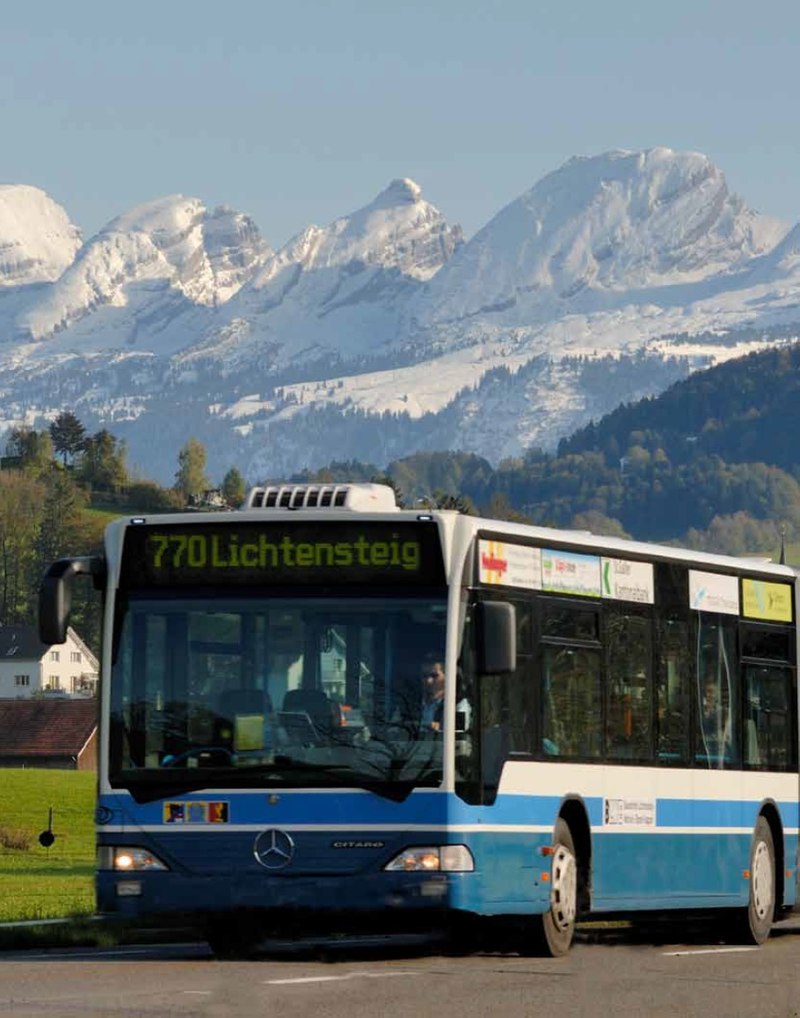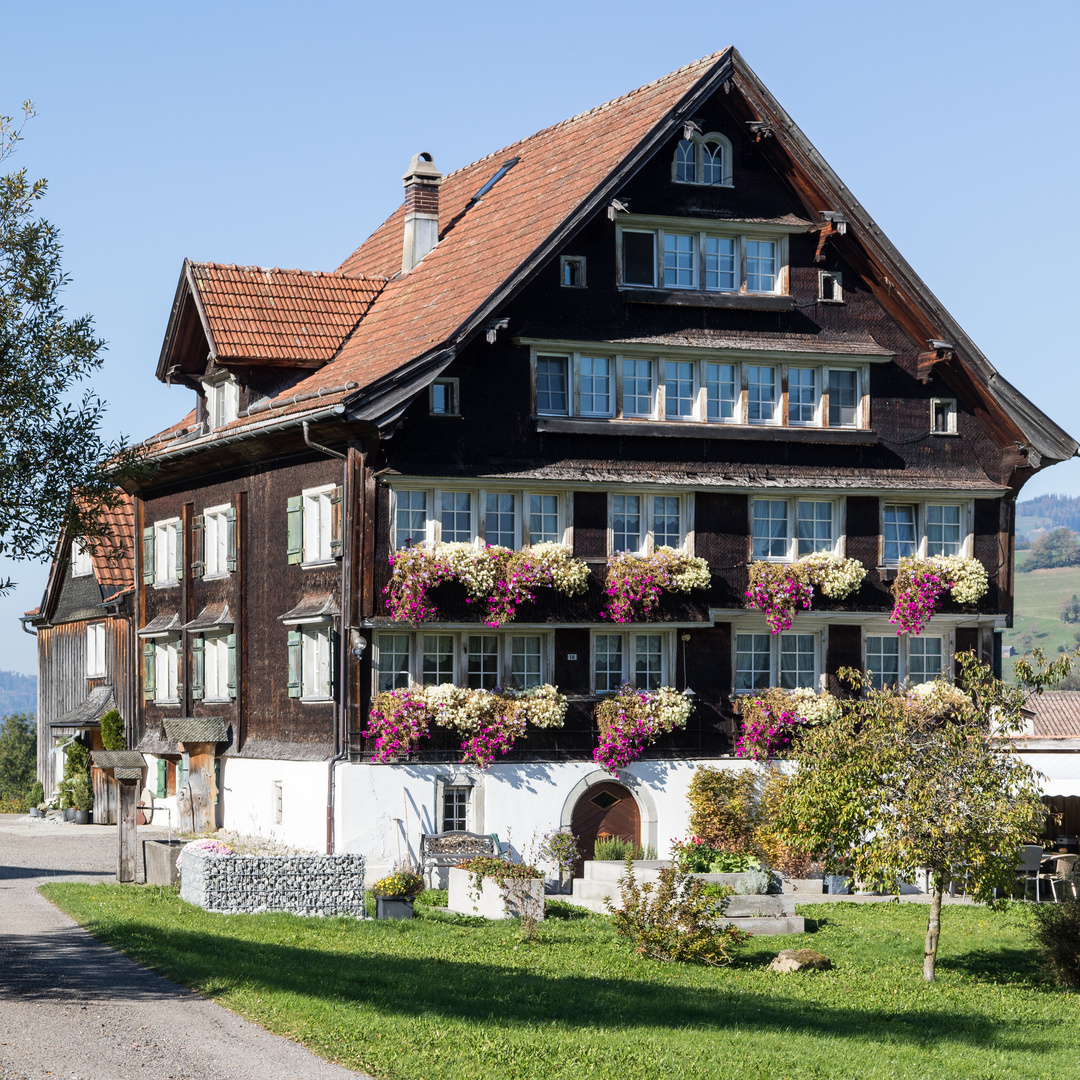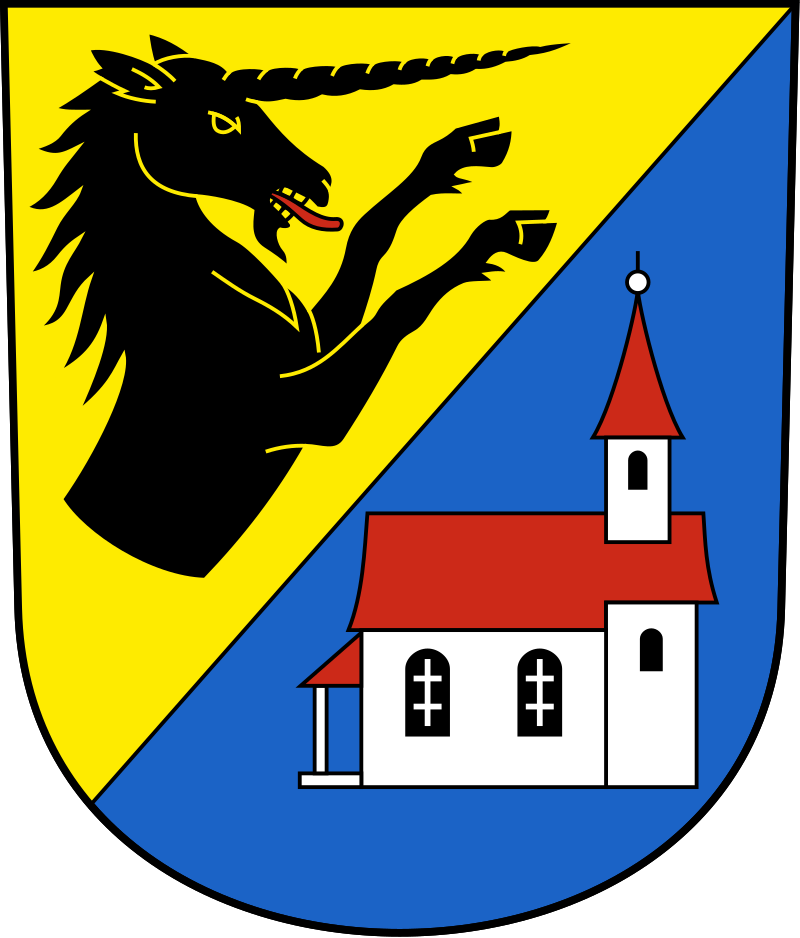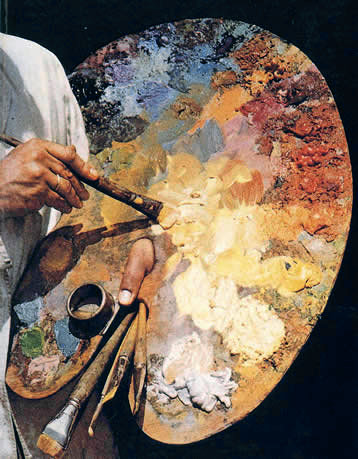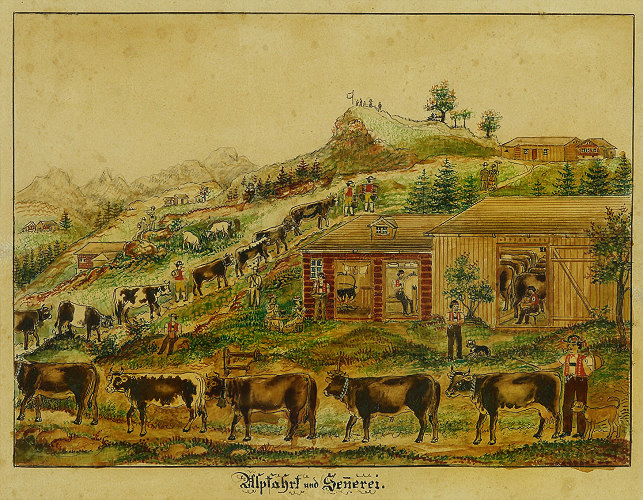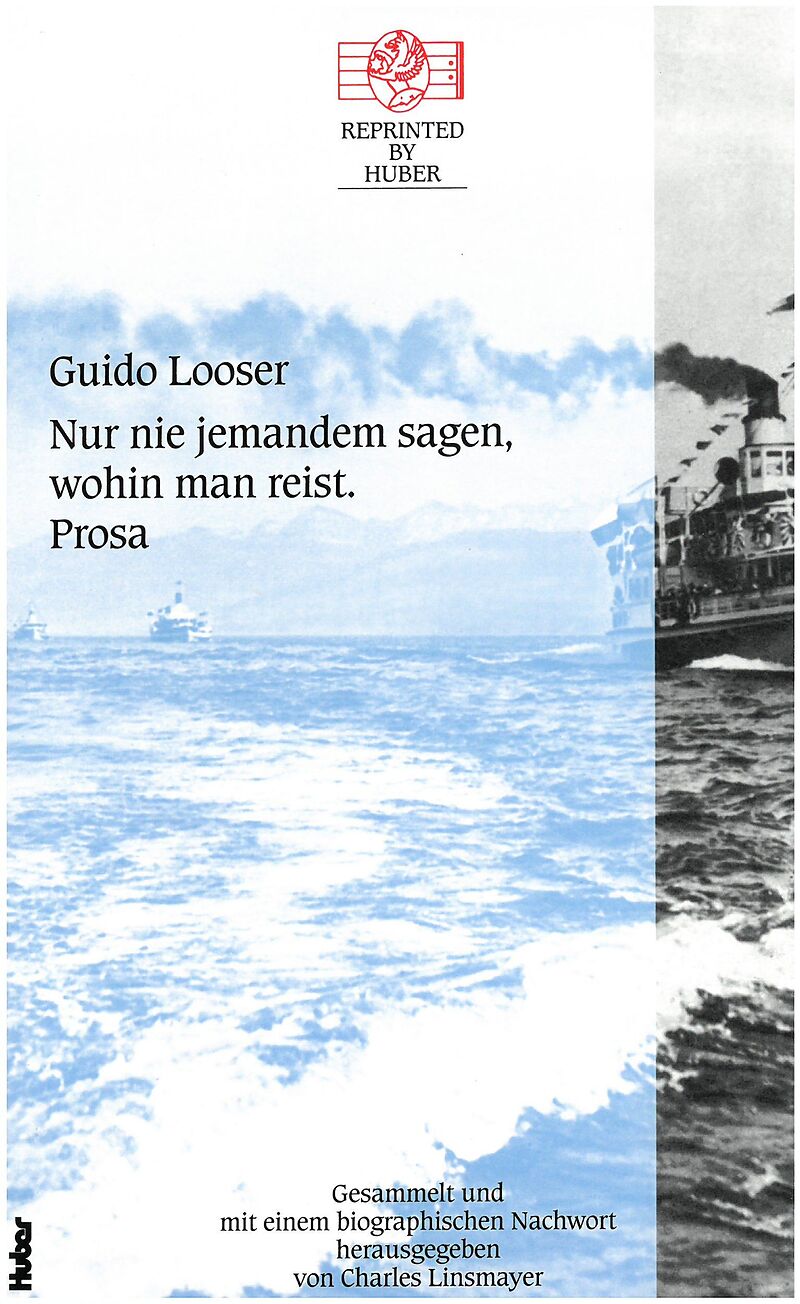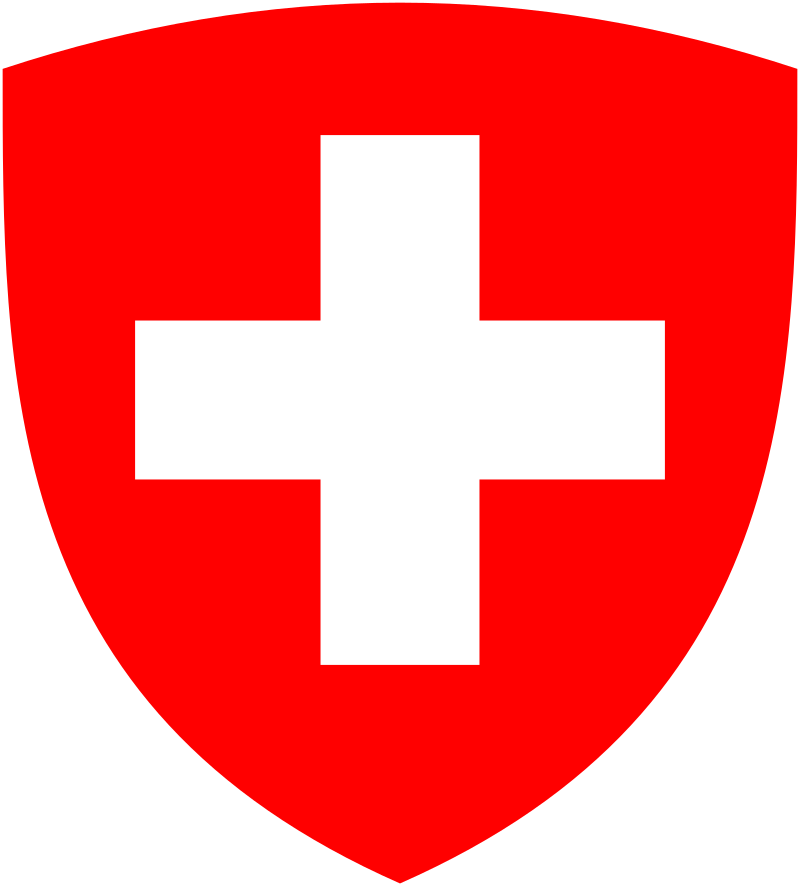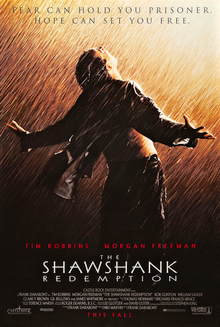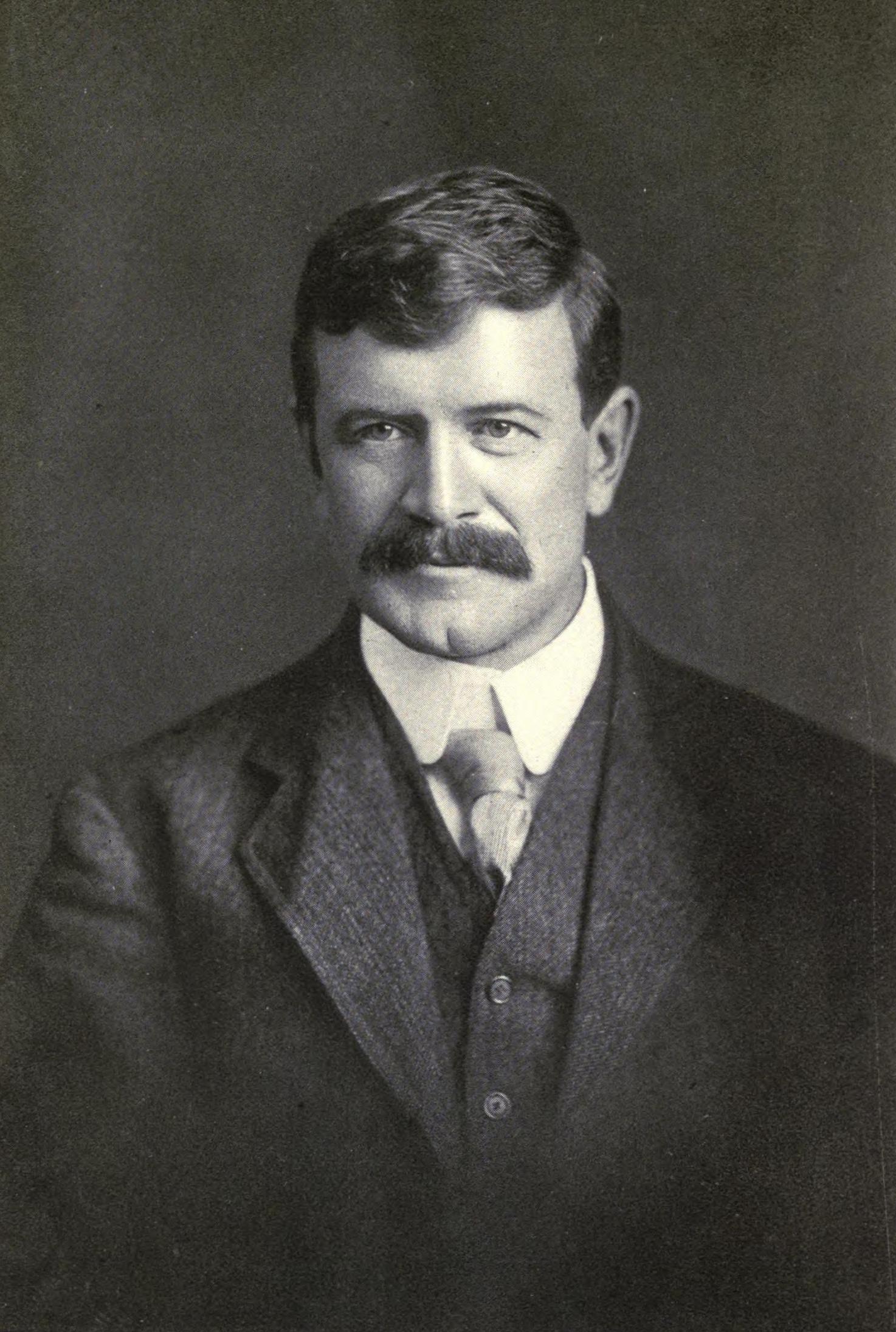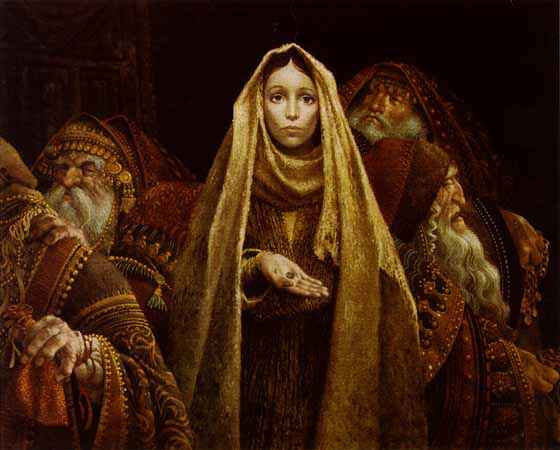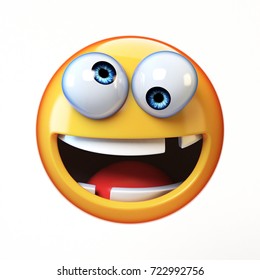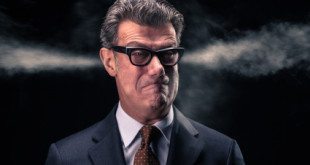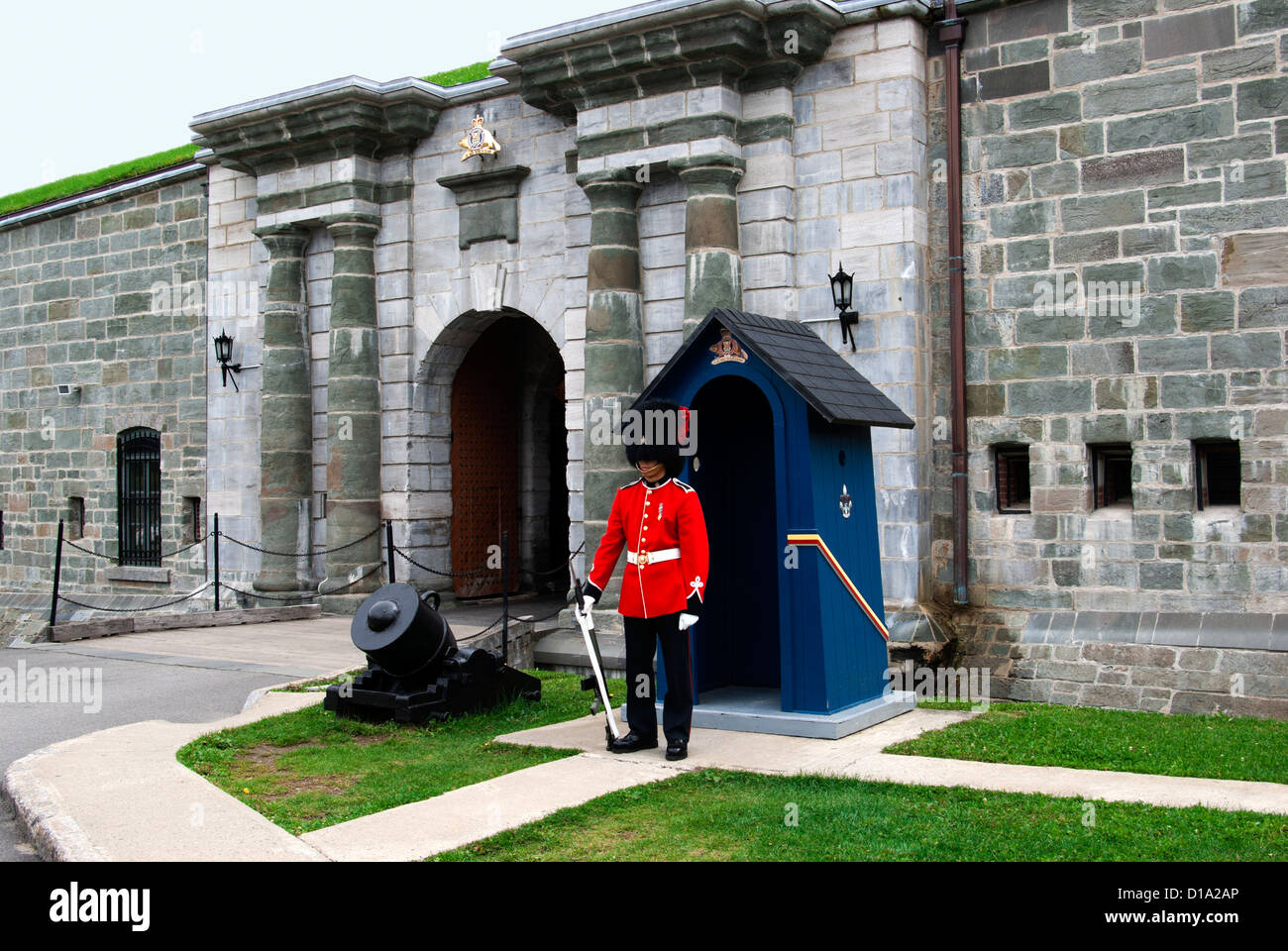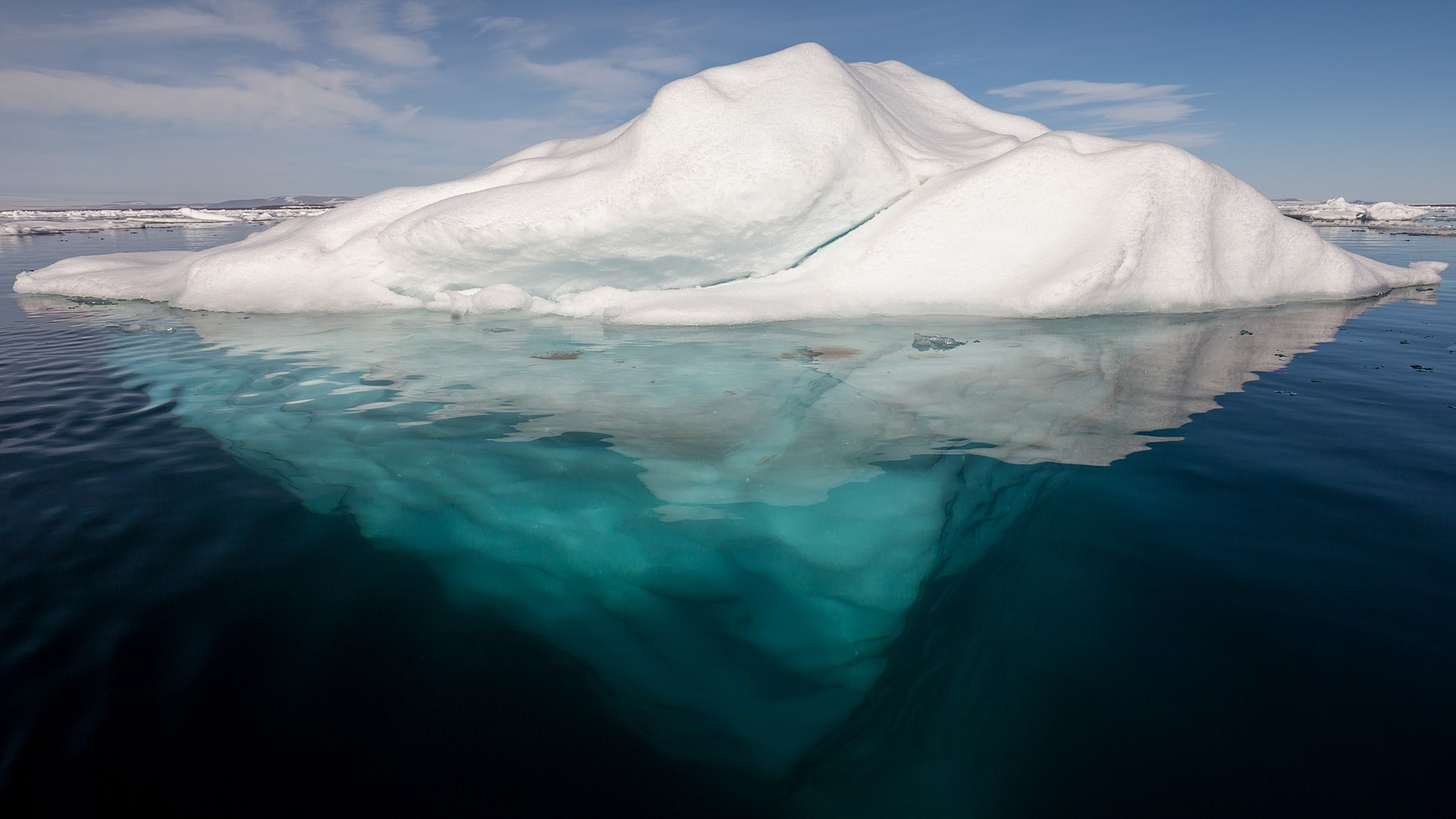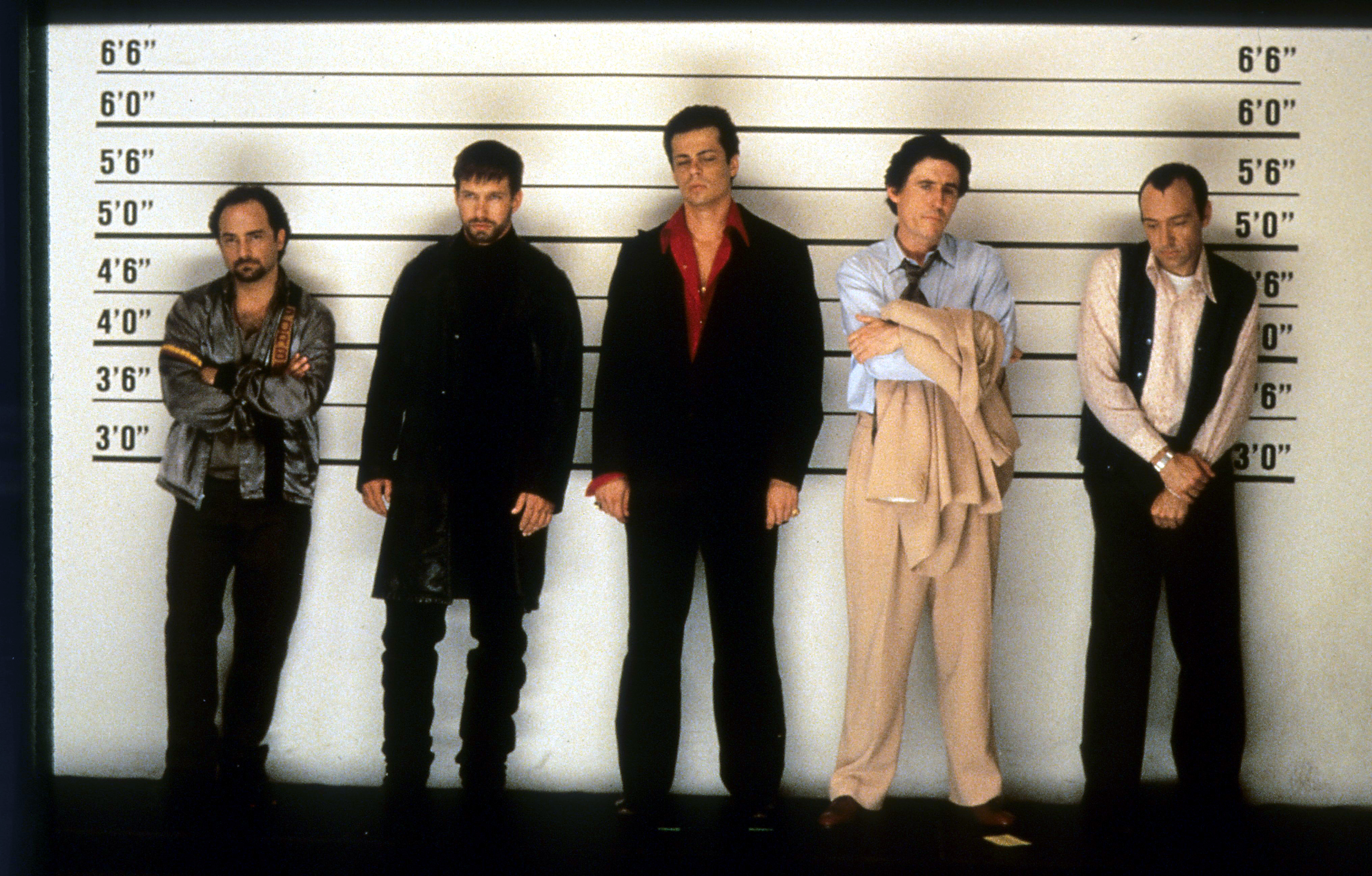Canada Slim and the Universal Language
Eskişehir, Türkiye, Wednesday 14 December 2022
“Go forth.“, the Prophet said.
“Perform the march with bow and arrow.
Be in God’s protection and safety.
Receive these good tidings.
Of all the spirits you met in this assembly and whose hands you kissed, you are vouchsafed to visit their tombs.
You will be a world traveller and unique among men.
The well-protected kingdoms through which you pass, the fortresses and towns, the strange and wonderful moments, each land’s praiseworthy qualities and products, its food and drink, its latitude and longitude:
Record all of these and compose a wonderful work.
Make use of my weapon and become my son in this world and the next.
Do not abandon the path of truth.
Be free of envy and hatred.
Pay the due of bread and salt.
Be a faithful friend but no friend to the wicked.
Learn goodness from the good.“
Evliya Çelebi, The Book of Travels

Sometimes a man just needs to be surrounded by beauty.
This is why it is nice to work in a school where half the staff and half of our students are female.
This is why it is nice to occasionally see the wife from time to time.
This is why, despite some standards of behaviour exhibited by the locals I could live without, I look forward to visiting Switzerland again at the beginning of next month.

Above: Flag of Switzerland
Certainly the wife and I will do a spot of travelling – to Freiburg im Breisgau and Konstanz (Germany) and to Zürich (the New York of Switzerland) – but I am also looking forward to simply strolling upon country roads between the neighbouring village of Münsterlingen to the west of the hamlet (where our residence remains) and Altnau to the east.

Above: Freiburg im Breisgau, Baden-Württemberg, Germany

Above: Rheintorturm (Rhine Gate Tower), Konstanz, Baden-Württemberg, Germany

Above: Zürich, Canton Zürich, Switzerland

Above: Münsterlingen, Canton Thurgau, Switzerland

Above: Oberdorf (Upper Town), Altnau, Canton Thurgau, Switzerland
I began, not so long ago, a travelogue of a journey from Landschlacht to Mürren, commencing with Landschlacht itself, for I seek to show my gentle readers that there is magic and depth in even the most mundane (at first glance) of ordinary communities – whether they be in Canada, Switzerland or Vietnam.

Above: Landschlacht (Münsterlingen), Canton Thurgau, Switzerland

Above: Mürren, Canton Bern, Switzerland
The first destination the traveller meets in leaving Landschlacht bound for Mürren via the scenic route is Altnau – “the next town over” as one might say in Canada.

Above: Beyond the bend of the highway, beneath the glory of the heavens, Altnau
Altnau is a town (and a municipality in the district of Kreuzlingen in the Canton of Thurgau in Switzerland.

Above: Coat of arms of Altnau

Above: Flag of Canton Thurgau
The Kirchdorf (church settlement) consists of the upper and lower villages and other settlements.

Above: Swiss Reformed Church, Altnau
It is located on the old Romanshorn – Kreuzlingen Road near the southern shore of the Bodensee (Lake Constance) on the moraine of the former Rhine Glacier.

Above: Harbour, Romanshorn, Canton Thurgau, Switzerland

Above: Kreuzlingen, Canton Thurgau, Switzerland

Above: Satellite image of the Bodensee (Lake Constance)

Above: Map of the Rhine Glacier
The actual centre of Altnau is around two kilometers from the shore of the Bodensee, at 471 metres above sea level.
It borders on the municipalities of Güttingen, Langrickenbach and Münsterlingen.

Above: Location of Altnau Municipality (in pink)
Altnau has a train station on the Kreuzlingen – Romanshorn railway (or to be precise, the Schaffhausen – Wil rail line).

Above: Altnau Station

Above: Schaffhausen, Canton Schaffhausen, Switzerland

Above: Wil, Canton St. Gallen, Switzerland
In 787 the village was first mentioned as Althinouva (Aldo’s land by the water).
In the 8th century, the Monastery of St. Gallen was made wealthy here.

Above: Abbey Cathedral of St. Gallen, St. Gallen, Canton St. Gallen, Switzerland
In 1155, Emperor Frederick Barbarossa confirmed that the Cathedral in Konstanz owned the property rights to the Altnau court and church.

Above: (seated) Holy Roman Emperor Frederick Barbarossa (1122 – 1190)

Above: Konstanz Cathedral
The noble rights over the University of Konstanz lands here, which belonged to the Freiherren (free lords) von Altenklingen around 1300, passed to various Konstanz families in the Late Middle Ages (1378: family Schwarz / 1430: family Tettikofen / 1468 family Mangolt).

Above: Logo of the University of Konstanz
From 1471 to 1798, Altnau was held by the city of Konstanz.

Above: Coat of arms of the City of Konstanz
In 1454, Altnau was included in the Appenzeller Landrecht (law courts), but had to give these rights up after a complaint from the Cathedral chapter.

Above: Flag of Appenzell
The parish rights passed in 1347 from the Cathedral Provost to the Cathedral Dean.
After the Reformation in 1528, the few Catholics that remained here were cared for from Konstanz, with the Altnau church shared between both Catholics and Protestants.
In 1810 the parity relationship was dissolved and two churches were built.

Above: Martin Luther (1483 – 1546), pioneer of the Protestant Reformation
The rights of the village were first handed down in 1468.

Above: Aerial view of Altnau (1924)
In the 19th century, farmers switched from three field grain production to livestock and dairy production.

Above: The three-field system of crop rotation
In 1880 a dairy company was established.

The viticulture (wine industry), which had been in operation since the Middle Ages came to an end in 1912.

Above: Altnau viticulture
Field fruit growing was documented in the 19th century:
After 1945, the high stems were replaced by extensive low stem cultures.

Above: Altnau apple production
Like the Lake Road built around 1840, the Lake Rail Line opened in 1870 brought little upswing in the village because the station was too far away.
All regional trains between Schaffhausen and Wil – via Kreuzlingen, Romanshorn and St.Gallen – stop at Altnau Station.
Regional trains run every half hour.

Above: Two Thurbo GTW 2/6 crossing the bridge over the Rhine between Schaffhausen and Feuerthalen, Switzerland
Main road number 13 runs between the Town and the Lake, which leads from Schaffhausen via Kreuzlingen and on to Romanshorn and Rorschach.
There is a port, but no pier for scheduled boats on the Bodensee.

Above: Rorschach, Canton St. Gallen, Switzerland
Until the middle of the 20th century, the village was heavily agricultural.
Nevertheless, industry moved in.
From 1870 to 1910, numerous Altnau residents worked as hand embroiderers, in 1882 and 1910 the Altwegg and Walser embroidery factories were established, and from 1883 to 1967 the Sallmann knitwear factory offered numerous jobs and employed 17 people in 1883, 60 in 1895 and 41 in 1923.
The Setafil silk weaving mill, which opened in 1948, ceased production in 1974.

Above: This 1881 painting (by Emil Rittmeyer) shows the embroidery world trade in the second half of the 19th century.
Left: Embroidery patterns, then factories, the locomotive used for transporting the goods, the installation of a telegraph line.
On the right side, the embroidery is presented to the representatives of all continents.
In 1977, a mechanical engineering company set up in the boatyard built in 1964.

Above: Altnau Boatyard
In 2016, Altnau offered work to 577 people (converted to full-time positions).
Of these, 12.9% worked in agriculture and forestry, 27.1% in industry, commerce and construction and 59.9% in the service sector.

Worth mentioning are:
- the Reformed Church
- the Catholic Church
- the Apfelweg (Apple Trail), the first fruit nature trail in Switzerland, is a nine-kilometre-long circular route that leads through the local orchards and explains the path of the apple from blossom to fruit on 16 boards.
- the ship jetty, which has existed since 2010 and is 270 meters long due to the wide shallow water zone – making it the longest jetty on the Bodensee – it is nicknamed the Bodensee Eiffel Tower, because of its length


Above: Altnau Jetty

Above: Tour Eiffel, Paris, France
The Thurgau village of Altnau is surrounded by gently rolling apple orchards.

Altnau has been breeding, cultivating and processing Jonagold, Gala or Braeburn for generations.


Above: Gala apples

Above: Braeburn apple
Visitors can find out why apples thrive particularly well here at the information boards along the Altnau Apple Trail.
The revised adventure trail extends the previous fruit trail and can be explored on foot, by bike or in a horse-drawn carriage.
Game tips and hands-on activities along the routes are aimed specifically at families with children.

The tour is particularly beautiful during the apple blossom season in spring or harvest time in autumn.

The starting point of the Apple Trail is at the foot of Altnau, 500 meters from the train station.
The Altnauer Apfelweg consists of three routes that can be combined to form circular routes of five, six or seven kilometres.
There is an apple mascot for every path:
East of Altnau, the apple path meanders through the apple orchards beneath the bright red “Lisi” apple.
The 14 stations tell exciting things about fruit growing and the work of the fruit growers all year round.
The yellow route with the mascot “Fredi” leads through the middle of the village and presents different types of apples and pears.
With riddles, recipes and anecdotes, every walk flies by.
On the green “Emma” route west of Altnau, apple fans meet wild and honey bees and learn a lot about the Thurgau fruit region and the history and cultivation of the crunchy fruit.
On the red and green routes, Lisi and Emma invite the children balancing on tree trunks, looking for fruit pairs or exploring the earth.
Fredi inspires on the yellow route with variety information, puzzles and fun.
The themed trail is varied and offers the best conditions for a trip with the whole family.

Apple path Lisi: The red route, four kilometers long, takes about two hours on foot or one hour by bike. It runs east of Altnau, the main focus is the work of the fruit growers.
Apple path Emma: The green, three-kilometre route takes about an hour and a half on foot and 40 minutes by bike. To the west of the village, she reveals interesting facts about fruit growing, the apple village of Altnau and Thurgau.
Apple path Fredi: The yellow route leads right through the village. Pedestrians need about an hour for the two kilometers. The path is not suitable for cyclists.

Farm shops, restaurants and pubs in and around Altnau offer sweet cider, apple rings and other delicious fruit creations.
If you run out of breath on the way, you can rest on the numerous benches, rest areas and picnic areas along the route – mostly in front of a wonderful panorama of the Bodensee.
A tip is the Feierlenhof in Altnau, where the Barth family has been welcoming guests to their own farm for several generations.
A petting zoo delights children and animal lovers alike.

Above: Feierlenhof, Altnau
The Bodensee has always been considered a transport axis for a wide variety of goods, which were transported by barge.
Since Eastern Switzerland mainly traded in textiles, it was dependent on a functioning trade in food stuffs, mainly grain.
Due to the fluctuating water level between summer and winter, a summer and a winter landing site had to be built.
A pier was built near today’s Altnau, the “Stelli“.
With the onset of industrialization, ship trade became less relevant as the railroad was faster and easier.
This also had an effect on the shipping trade on the Bodensee.
Winter ports were no longer used by ships, which is why the Stelli was destroyed by the water over time and sank.

Above: Construction of the Altnau Jetty
The Stelli, which can still be seen with the naked eye today, was examined in 2012 by a diving team from the Thurgau Archaeology Office, who measured the remains, had these results recorded and recovered samples for dating tree rings.
The salvage showed that the Stelli was an L-shape with two legs, each 10 and 25 meters long.
It consisted of spruce poles, which were fastened with the tops of the bottom of the lake.
Crosspieces and quarry stones were filled in between the posts.
Rorschach sandstone slabs were placed on top.
It is assumed that the origin of the Stelli goes back to the 17th century.

The shore of the Municipality of Altnau stretches along the Obersee (upper part of the Bodensee) from northwest to southeast.
The Altnauer Steg (jetty) is at a right angle to this, so it points to the northeast.
By raising the ridge of the Lake, Altnau Harbour area is covered to the south and west.

Above: Altnau Jetty
The distance to the next town bordering the lake in the northwest, Kreuzlingen, is around 7.5 kilometers and to the next in the southeast, Romanshorn, around 10 kilometers.
At least six kilometers must be covered to cross the Lake to Hagnau on the German side of the Bodensee.

Above: Hagnau am Bodensee, Baden-Württemberg, Germany
In contrast to other Swiss inland lakes, the Bodensee does not have a uniform shipping company, but rather several different shipping companies.
This is due to the location of the Bodensee, because this (specifically the Obersee) is shared by the three countries Germany (Deutschland), Switzerland (Schweiz) and Austria (Österreich).

Above: Map of the Bodensee (Lake Constance)
During the shipping season, the Altnauer Jetty is used by the Romanshorn – Immenstaad – Hagnau – Altnau – Güttingen route.

Above: Immenstaad am Bodensee, Baden-Württemberg, Germany (in winter)

Above: Güttingen Castle, Güttingen, Canton Thurgau, Switzerland
For residents of the municipality of Altnau and the surrounding area as well as for tourists, the footbridge serves as a good leisure offer.
Provided with a bathing platform at the jetty, another one to the east and several descent possibilities, swimming in the Lake is made possible in the summer season.
In the event of an emergency, rescue equipment for drowning people is distributed on the railing.
In addition, hobby anglers do not want to fish at the jetty.

Above: The way to Hagnau, Altnau Jetty
As early as 1994, a working group from the municipality of Altnau expressed the desire for a new shipping pier.
The purpose behind this was that the attractiveness of the community should be promoted.
In Altnau there is a very large campground, which is particularly busy in the height of summer.
In this season many people in Altnau go to the Lake to swim.
Altogether there are up to 2,000 people in the vicinity of the port during the warmest time of the year.
A positive factor was that, according to a 2007 study for additional shipping piers on the Bodensee, Altnau was the location between Kreuzlingen and Horn that would have the lowest environmental impact.
Shipping also benefited from the immediate increase in tourist attractiveness.

Above: Horn, Canton Thurgau, Switzerland
At Altnau Harbour in the direction of the middle of the Lake there is a flat shore, which made the construction of such a long jetty necessary.
The ground was measured and evaluated by means of probing in 2007.
The Dr. Vollenweider organization divides the ground into three stratified phases:
- Young lake deposits: Consisting of slightly clay, relatively fine sandy silt loosely layered with a high water concentration. The layer height is between two and three meters on the bank, further away it increases up to ten meters.
- Postglacial lake deposits: Consisting of strong clay silts with little fine sand soft to slightly resistant. The layer height is about two meters at the bank and increases up to six meters at a greater distance.
- Moraine: Consisting of little clay, very silty-fine sand with a high proportion of gravel and stones

Above: Harbour, Altnau
The walkable area of the jetty is 398 meters above sea level and therefore around two meters higher than the summer water level.
A height of 15 centimeters of concrete can be seen on the side.
The maximum height is 35 centimeters.
The bridge is founded with hollow concrete piles, each with a diameter of 35 centimetres.
These stand in pairs 12 meters apart.
While the western stake is driven vertically into the ground, the eastern stake has a 5º inclination.
The moraine, which is not too deep, is responsible for holding and fixing these.
Barriers are installed on both sides along the jetty.
The two railings vary from each other.
The western railing is half solid / half transparent, with a guided chrome steel handrail.
On the one hand, this heavily protected site is intended to provide security.
On the other hand, it is to prevent disturbances to aquatic animals.
The eastern side, on the other hand, is supported only by longitudinal wire cables – no handrail.
There is a gap in the area of the bathing platform so that access to it is freely possible.

Above: Altnau Jetty
Canton Thurgau Facts:
- 900 km of marked cycle paths
- 1,000 km of hiking trails
- 150 km of inline skating routes
- 72 km of shoreline on Lake Constance
- 200 kinds of apples
- 210,000 standard apple trees
- 1,600 hectares of orchards
Romping about in flowering meadows, playing knights and experiencing unforgettable farm adventures:
In Thurgau, even young visitors never get bored.
The idyllic surroundings and a wide range of leisure activities ensure lots of holiday fun.
With over 72 kilometers of shoreline, Thurgau also has the longest bathing beach on the Bodensee.
The landscape is green and flat everywhere – ideal for bike tours with the family.
When swimming, hiking or cycling, holiday guests can feel nature up close.
The southern part of the Bodensee stretches out in lush greenery:
Meadow orchards let the petals dance in spring.
In autumn the fruit falls heavily onto the grass.
Anyone who drives further up into the hills will experience new perspectives and very special adventures.
The ancient cultural landscape also harbors a wealth of treasures:
From pile dwellings to Roman forts, medieval chapels and monasteries to imperial parks and gardens.

First-class wines from local winegrowers, fresh fish from the Bodensee and a multitude of other culinary specialties spoil the palate in Thurgau.
Whether gourmet restaurant, country inn or rustic Buure-Beiz – Thurgau makes connoisseurs’ hearts beat faster.

Excellent wines also thrive on the vineyard slopes along the Untersee (Lower Lake), the Rhine and also on sunny Ottenberg near Weinfelden.
The grape variety Müller Thurgau, which is also called Riesling Sylvaner in this country, has its origins in Thurgau.

Let us raise a glass in memory of one of Altnau’s own, Hans Baumgartner.
Hans Baumgartner (1911 – 1996) was a Swiss photographer and teacher.

Above: Hans Baumgartner
Hans Baumgartner was born in Altnau.
He trained as a teacher at the Pädagogische Maturitätsschule Kreuzlingen (teacher training college) and at the University of Zürich.

Above: Pädagogische Maturitätsschule Kreuzlingen buildings constructed in the 1970s

Above: Pädagogische Maturitätsschule Kreuzlingen in the former Kreuzlingen Monastery

Above: Logo of the University of Zürich
From 1937 until his retirement he worked as a teacher, until 1962 in Steckborn, later in Frauenfeld.

Above: Steckborn, Canton Thurgau, Switzerland

Above: Frauenfeld, capital of Canton Thurgau, Switzerland
Baumgartner’s first photographs were taken in 1929.

Above: Zürich (1936), Hans Baumgartner photo
The journalist Arnold Kübler discovered him in the early 1930s.

Above: Arnold Kübler
(Arnold Kübler (1890 – 1983) was a Swiss writer, draftsman and journalist.
He founded the cultural magazine Du (you) in 1941.

Arnold Kübler grew up as the son of an innkeeper and farmer in Wiesendangen.

Above: Wiesendangen, Canton Zürich, Switzerland (1934)
He broke off his geology studies and training as a sculptor.
After World War I, he worked as an actor in Dresden and Berlin.
He had to give up this career in 1926 after an operation due to scars on his face.
In 1927, he married Alva Jessen (1887 – 1965).
The couple had three children: Jörn Kübler (1922 – 1975), Olaf Kübler (1924 – 1987) and Ursula Kübler (1928 – 2010).

Above: Images of Dresden, Sachsen, Germany

Above: Berlin, Germany
Kübler was able to celebrate greater success with his literary and journalistic work.
He was appointed editor-in-chief of the Zürcher Illustrierte (Zurich Illustrated) in 1929, which under his lead developed into a respected literary and photographic magazine.

He was convinced that a photograph can also be a vehicle of a message.
He worked with prominent photographers Paul Senn and Gotthard Schuh among others.)

Above: Paul Senn
(Paul Senn (1901 – 1953) was a Swiss photographer.
After attending school in the city of Bern, Senn learned the trade of advertising draftsman and re-toucher around 1917.

Above: Bern, Switzerland
After completing his education, he worked in various European cities and from 1922 as a graphic artist in Lyon, France.

Above: Images of Lyon, France
In 1924, he became picture editor at the Basler Nachrichten (Basel News), where his first photos appeared.

In 1927 and 1928 he stayed in Milan, Genoa, Germany, Belgium, France and Barcelona.

Above: Images of Milano (Milan), Italy

Above: Piazza de Ferrari, Genova (Genoa), Italy

Above: Flag of Germany

Above: Flag of Belgium

Above: Flag of France

Above: Images of Barcelona, Spain
After these trips he opened his own graphics and advertising studio in Bern.
In the 1930s, Senn worked as a photo reporter for the Zürcher Illustrierte and the Berner Illustrierte.
Senn traveled to France, Italy, Spain and the Balkans.

Above: Flag of Italy

Above: Flag of Spain

Above: Map of the Balkan Peninsula
In 1937, Senn accompanied an aid convoy from the Swiss Aid Committee for the Children of Spain to the war zone of the Spanish Civil War and reported on it in a special issue of the Zürcher Illustrierte.

Above: Images of the Spanish Civil War (1936 – 1939)

In 1939, he travelled to the US.

Above: Flag of the United States of America
During the Second World War, Senn did active service as an army photographer in the Heer und Haus (Army and Home) division.)

Above: Bronze statue “Morning readiness“, erected in 1941 to celebrate the 650th anniversary of the Swiss Confederation in the park of the Federal Archives in Schwyz (Switzerland)
(In order to strengthen the spirit of the troops, Swiss Army General Henri Guisan ordered the formation of the Army and Home section, a kind of psychological service.
This had the task of maintaining the military will of the troops through lectures and entertainment, even during long military service.
In the army order of 3 November 1939, he wrote:
It is absolutely necessary that the troops, despite long service and regardless of the separation of family and work, maintain an elevated state of mind.
Free from nagging doubts and discouragements, the soldier should maintain equanimity and confidence.
With the formula “Think Swiss and act Swiss”, the “civilian reconnaissance service” expanded and launched a campaign to educate the civilian population.
For this purpose, cadres were recruited from around news agencies and resistance organizations.

Above: Henri Guisan (1874 – 1960)
Army and Home tried to strengthen the will to resist in the population and to supplement the role of the war-censored press.
Firstly, it was about the “communication of facts” from which the citizen should form his own opinion.
Secondly, the “communication of bases for the discussion” as a means of forming opinions in a democracy, in contrast to propaganda, agitation and terror, which are the methods used by totalitarian states to subdue their subjects.
It organized around 3,000 two-day educational courses, as well as lectures, performances, sporting events and film and radio screenings.
The 200 voluntary speakers came from all political camps, regions and professions.
For the lecturing activity of the commanders, Army and Home issued military service letters, which not only called for resistance against the totalitarian threat, but also took a stand for the old custom of granting asylum (December 1942) or against anti-Semitism (May 1943).
More than 7,000 shop stewards recruited in the lectures distributed the documentation published by the Army and Home in their sphere of activity and gave regular feedback on the respective mood in the population.
In the army order of November 1939, Guisan also gave didactic instructions for Army and Home officers and the unit commanders:
I consider it essential that there is a clear separation between serious lectures, which require constant attention, and purely entertaining events.
The former belong in working hours, the others in leisure time.
Both are important, sometimes to teach, sometimes to amuse.
Teaching does not mean imposing any theories, but rather stimulating thoughts and challenging reflections.
It is a question of showing the team, above all using concrete examples, the tangible and spiritual reality of Switzerland, its honorable past, the military traditions, honoring our heroes, artists, scientists, pointing out the high level of culture that it has achieved and on to indicate their destiny in this world.
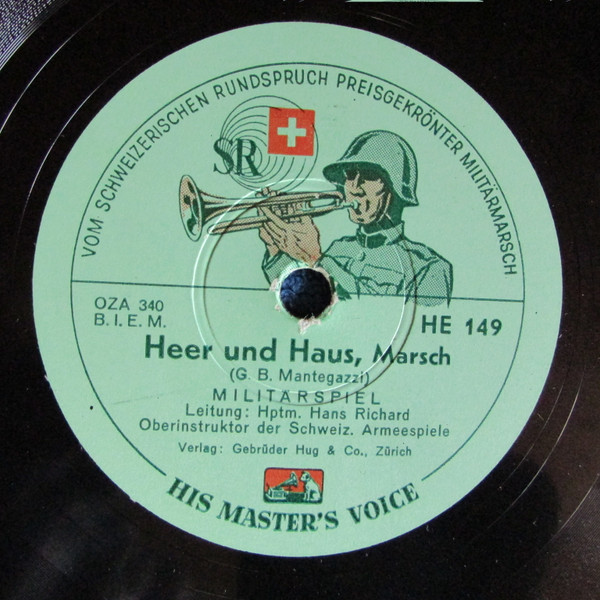
For the historian Peter Dürrenmatt and other contemporary observers, between 1941 and 1945, Army and Home made a decisive contribution to maintaining and strengthening intellectual resilience:
One can say that never before in the history of the Confederation has there been a movement of anything remotely similar in creative unity existed, like those that formed around the Army’s reconnaissance service, around the idea of ’Army and Home’.)

Above: Peter Dürrenmatt (1904 – 1989)
(After the Zürcher Illustrierte was forced to cease publication in 1941, Senn worked for the Schweizer Illustrierte (Switzerland Illustrated) and for Sie + Er (She and He).


From 1942 to 1944, Senn travelled to southern France several times and reported on the activities of Swiss relief organizations and the construction work in Lyon.

Above: Lyon, France
After the end of the war in 1945, Paul Senn travelled to the European war zones on behalf of the Swiss Red Cross and the Swiss Donation to War Victims, taking photographs in France and Germany.


Above: Logo of the Swiss Donation
In 1946, Senn stayed in the US for Schweizer Illustrierte, visiting New York and the Swiss Colonies.

Above: Harlem, New York City, New York, USA (1946) – Paul Senn photograph
(Most immigration from Switzerland took place mainly in the second half of the 19th century.
The reasons for this were mostly economic in nature, Switzerland was considered one of the poorest countries in Europe at the time.
By 1820, around 25,000 Swiss had immigrated, mainly with the destination of Pennsylvania and the Carolinas.

Above: Swiss migrants in the US (1946), Paul Senn photograph
In general, the target in the 19th century was the Midwest and the Pacific coast.
The Italian-speaking Swiss preferred California.
Some Swiss settlements were established, such as New Glarus (Wisconsin), Gruetli-Laager (Tennessee) and New Bern (North Carolina)(“the birthplace of Pepsi“). )

Above: Flag throwing and Alphorn blowing, New Glarus, Wisconsin, USA

Above: Historical marker, Gruetli-Laager, Tennessee, USA
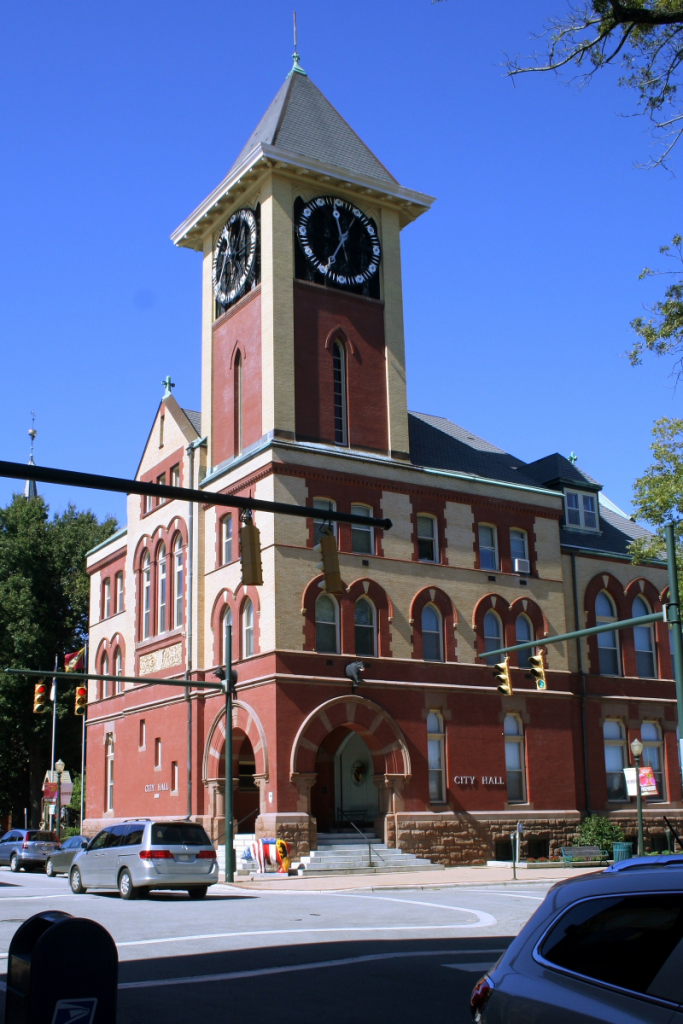
Above: City Hall, New Bern, North Carolina, USA

Above: Classroom scene, New Bern
In 1947, Senn went to Finland and Germany at the invitation of the Swiss Donation and documented the reconstruction.

Above: Flag of Finland
In 1950, trips to Germany, France, Italy and England followed.

Above: Flag of England
In 1951, he founded the College of Swiss Photographers with Werner Bischof, Gotthard Schuh and Jakob Tuggener.

In 1952 he became a member of the Schweizerischer Werkbund (SWB) (Swiss Work Association) (an association of artists, cultural mediators and other specialists in the field of design).

On 25 April 1953, Senn died of cancer in the Zieglerspital in Bern.)

Above: Zieglerspital (1868 – 2015), Bern, Switzerland
(Gotthard Schuh (1897 – 1969) was a Swiss photographer, painter and graphic artist.

Above: Gotthard Schuh
Gotthard Schuh was born in Berlin to Swiss parents.
His father was the engineer Christian Heinrich Schuh.
In 1902 the family moved to Aarau, where he attended school.

Above: Aarau, Canton Aargau, Switzerland
From 1914, he began to paint.
In 1916, he graduated from the trade school (now the site of the Basel Trade Museum) in Basel.

Above: Gewerbemuseum, Basel, Switzerland
In 1917, Schuh was drafted as a soldier for border service until the end of the First World War.

Above: Kilometre Zero -where the Swiss border met the Western Front, World War I (1914 – 1918)
From 1919, he lived as a painter in Basel and Geneva.

Above: Basel, Switzerland

Above: Genève (Geneva), Switzerland
After a long trip to Italy in 1920, he settled in Munich as a painter.

Above: München (Munich), Bayern (Bavaria), Germany
In 1926, he returned to Switzerland and became manager of a photo shop.
After his marriage in 1927 he moved to Zürich, where he began to take photographs.

Various exhibitions as a painter followed from 1928 to 1931, during which time he joined the Basel artist group Rot-Blau (red-blue).
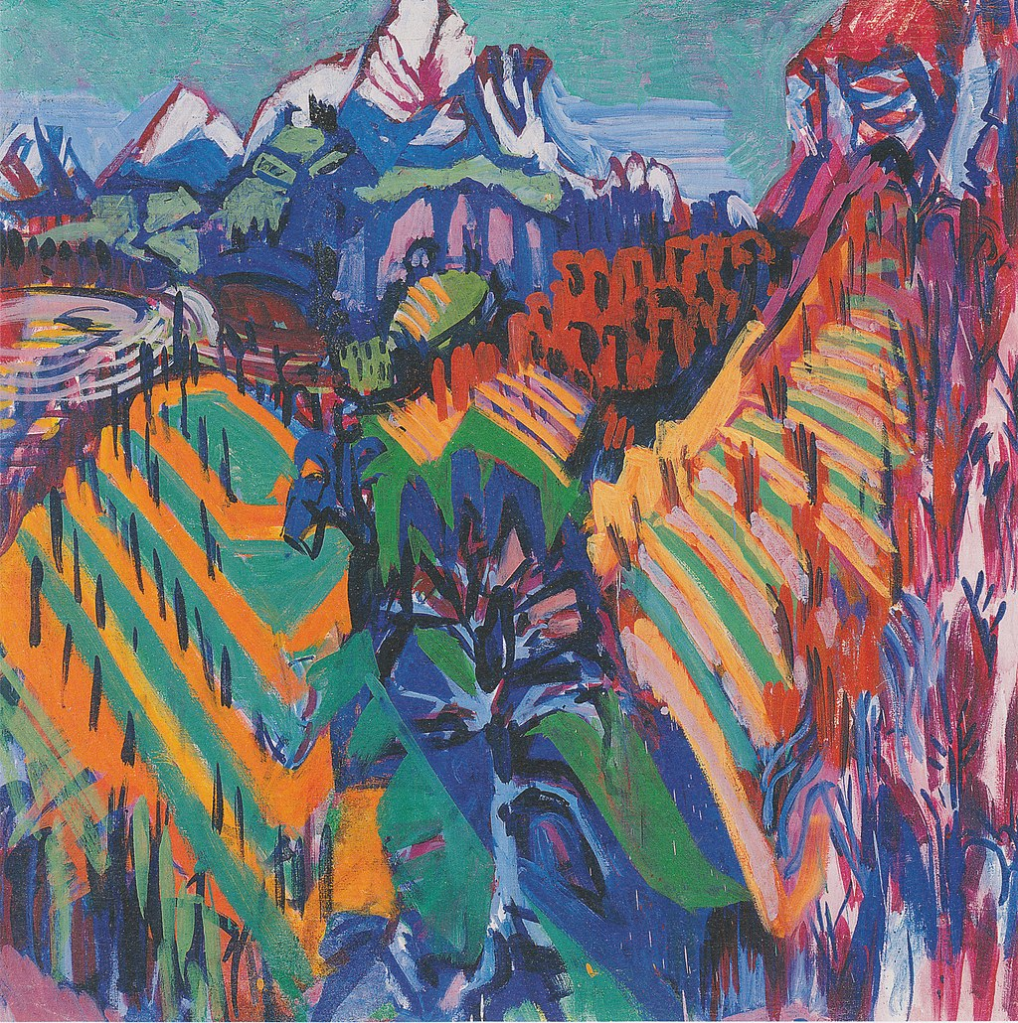
Above: Albert Müller (1897 – 1926)(Rot-Blau), Vineyards in Ticino (1925)
In 1931 his first photos were published in the Zürcher Illustrierte.

Above: Gotthard Schuh photograph of Swiss author Friedrich Glauser (1896 – 1938), Zürcher Illustrierte, (3 December 1937)
A picture exhibition followed in Paris in 1932, where he met Pablo Picasso, Fernand Léger and Georges Braque.

Above: Spanish artist Pablo Picasso (1881 – 1973)

Above: French artist Fernand Léger (1881 – 1955)

Above: French artist Georges Braque (1882 – 1963)
From 1933 to 1939, Schuh worked as a freelance photojournalist for the Zürcher Illustrierte, Berliner Illustriete (1892 – 1945), Paris Match and Life (1883 – 2000).



His reports took him all over Europe and to Indonesia.

Above: Flag of the European Union

Above: Flag of Indonesia
From 1941 to 1960 he was picture editor at the Neue Züricher Zeitung (NZZ).

From this period a significant part of his own photographic work illustrated books, of which the most successful was Inseln der Götter (Island of the Gods) published in 1941, the result of his almost 11-month journey through Singapore, Java, Sumatra and Bali undertaken just before the war.
It was a mixture of reportage and self-reflection, with a poetic quality that, though individual images may be read either way, Schuh sometimes valued over documentary authenticity:
“Everyone just depicts what he sees.
Everyone just sees what corresponds to his being.”

In 1951, he founded the College of Swiss Photographers together with Werner Bischof, Paul Senn and Jakob Tuggener.
After 1960, Schuh turned to painting again.
Schuh died in Küsnacht by the Zürchersee (Lake Zurich) in 1969.)

Above: Küsnacht, Canton Zürich, Switzerland
(Werner Bischof (1916 – 1954) was a Swiss photographer and one of the most famous photojournalists of the 20th century.

Above: Werner Bischof
Bischof, son of a merchant, grew up first in Zürich and Kilchberg (Canton Zürich) in Switzerland, but spent his school days in Waldshut (Germany).

Above: Kilchberg, Canton Zürich, Switzerland

Above: Kaiserstrasse (Emperor Street), Waldshut, Baden-Württemberg, Germany
His father had been manager of a branch of a Zürich pharmaceutical factory there since 1922.
This time was overshadowed by the early death of his mother.
He attended teachers’ college in Schiers (Canton Graubünden) to become a drawing and physical education teacher.

Above: Evangelische Mittelschule (EMS), Schiers, Canton Graubünden, Switzerland
At the age of 16, Bischof switched to studying at the Zürich School of Applied Arts.

In 1936, he received his diploma with distinction as a photographer and, after basic training with the Swiss Army, opened in Zürich a studio for fashion and advertising photography.

After interludes as an employee at a Zurich publishing house, a freelance artist for the Swiss National Exhibition in 1939 and a graphic designer in Paris, he was drafted into military service in Switzerland in 1939.
In short phases between military deployments, he devoted himself to photographing natural motifs.

In 1942, Bischof published his first photos in the then new monthly magazine Du.
In autumn 1945, he traveled to southern Germany, France and the Netherlands.
He was deeply moved by the hardship in the regions badly affected by the Second World War.
On behalf of the Swiss Donation he reported on the victims of war-destroyed Europe.

Above: Boy drawing in the ruins, Freiburg im Breisgau, Werner Bischof photographer
In 1948, Bischof represented Time magazine at the St. Moritz Winter Olympics.


In 1949, his documentary photographs were published in Life magazine.
Bischof joined the newly formed photographers’ cooperative Magnum Photos.

From 1951, he traveled to the Middle East (famine in Bihar, India) and the Far East (Japan and Korea).

Above: Seal of the Indian state of Bihar

Above: Flag of Japan

Above: Flag of South Korea
He was a war correspondent for Paris Match magazine during the Indochina War (1946 – 1954).

Above: French Foreign Legionnaires with a suspected Viet Minh supporter
In 1953, he began a journey through the American continent that had been planned for a long time, visiting and photographing Mexico and Panama and Peru.

Above: Flag of Mexico

Above: Flag of Panama

Above: Flag of Peru
The following year, on 16 May 1954, his SUV crashed into a Peruvian river at Pena de Aguila Andes down a slope.
Bischof was killed.

Above: Pena de Aguila, Peru
In his relatively short life, Werner Bischof was highly productive and dedicated.
He created a work of 60,000 photographs.
With his fascinating compositions of light and shadow, Bischof made a name for himself early on as a studio and advertising photographer.
But when he was able to travel through devastated Europe after the end of the Second World War, his pictures described the suffering and destructiveness of the war with oppressive urgency.

Above: Two girls inside a church destroyed by the war. Friedrichshafen (Germany). 1945, Werner Bischof photograph

Above: A man looking at the city in ruins. Frankfurt (Germany). 1946 – Werner Bischof photograph

Above: A man walking through the destroyed city searching for food in Freiburg im Breisgau (Germany). 1945 – Werner Bischof photograph
His motto now became:
“It is not important to make an art out of photography as in the old sense, but rather the deep social responsibility of the photographer, who does a job with the given elementary photographic means that cannot be done with other means would be able to afford.
This work must become the unadulterated document of temporal reality.”

Above: A view of the Thames River from Westminster Abbey in London. 1950 – Werner Bischof photograph
With this in mind, Bischof created images that show bitter poverty and deep suffering, but are also documents of the inner strength and willpower of the people depicted.
The superficiality and sensationalism of the editorial business repelled him, but he was mostly sent to crisis areas.
Despite the external circumstances, the love for people and the love for the cause are always visible in Bischof’s photographs.
Aesthetic feeling, elementary formative power and human commitment combined with him to an inner unity.
One of his most famous pictures shows a boy playing the flute walking along a precipice.
Bischof took the picture in Peru in 1954.
The NZZ called the picture “an icon of photojournalism“.
“Werner Bischof was a photographer personality who, after the Second World War, photographed the trouble spots of this world with the eye of a poet and the awareness of a politician.”)

Showing the shadows of poverty and despair, tempered with his desire to travel the world, Bischof conveyed the beauty of nature and humanity.
“I felt compelled to venture forth and explore the true face of the world.
Leading a satisfying of plenty has blinded many of us to the immense hardships beyond our borders.“

Above: A pleasant sleep – Werner Bischof photograph
(Jakob Tuggener (1904 – 1988) was a Swiss photographer.

Above: Jakob Tuggener?
Tuggener did an apprenticeship as a mechanical draftsman in Zurich.
In 1930 – 1931 he studied graphics, typography, drawing, window dressing and film at the Reimann School in Berlin (then the largest private arts and crafts school in Germany).
His work at that time was published in the school magazine Farb und Form (Colour and Form).

Above: Reimann Art School (1902 – 1940), Berlin, Germany
After his return to Switzerland he worked as an industrial photographer.
In 1934, Tuggener bought a Leica camera and took his first photographs at the Grand Bal Russe (Russian ball) in Zürich.
The subject of dance balls would not let him go for two decades.
The glories of nightlife enchanted him with their alabaster light illuminating a fairy tale of women and flowing silk.

Above: ACS Ball Grand Hotel Dolder, 1948 – Jakob Tuggener photograph
He photographed balls in Zürich’s Grand Hotel Dolder and the Hotel Baur au Lac, St. Moritz’s Palace Hotel, and the Vienna (Wien) Opera Ball.

Above: Dolder Grand Hotel, Zürich, Switzerland

Above: Hotel Baur au Lac, Zürich, Switzerland

Above: Palace Hotel, St. Moritz, Canton Graubünden, Switzerland

Above: Vienna State Opera, Wien (Vienna), Austria
He also devoted himself to topics such as country life and technology.

Above: Untitled, Oeschgen, Canton Aargau, Switzerland, 1942 Jakob Tuggener photograph
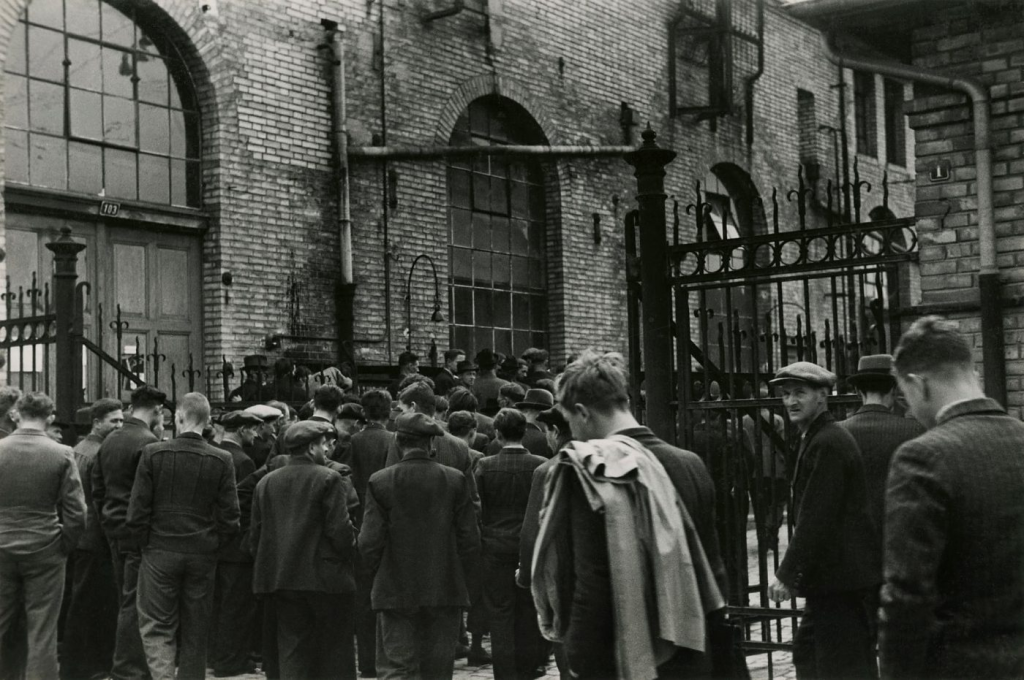
Above: Plant entrance, Oerlikon Machine Factory, Canton Zürich, Switzerland, 1934 – Jakob Tuggener photograph
In 1943, Tuggener made his breakthrough into avant-garde Swiss photography with his book Factory: a photographic essay on the relationship between man and machine.


Above: Grande Dixence power station, Canton Valais, Switzerland, 1942 – Jakob Tuggener photograph

Above: Barrage de la Grande Dixence, Lac des Dix reservoir, Canton Valais, Switzerland
After the Second World War, his pictures were shown in the New York Museum of Modern Art (MoMA) and published in the magazines Leica-Foto and Du, among others.
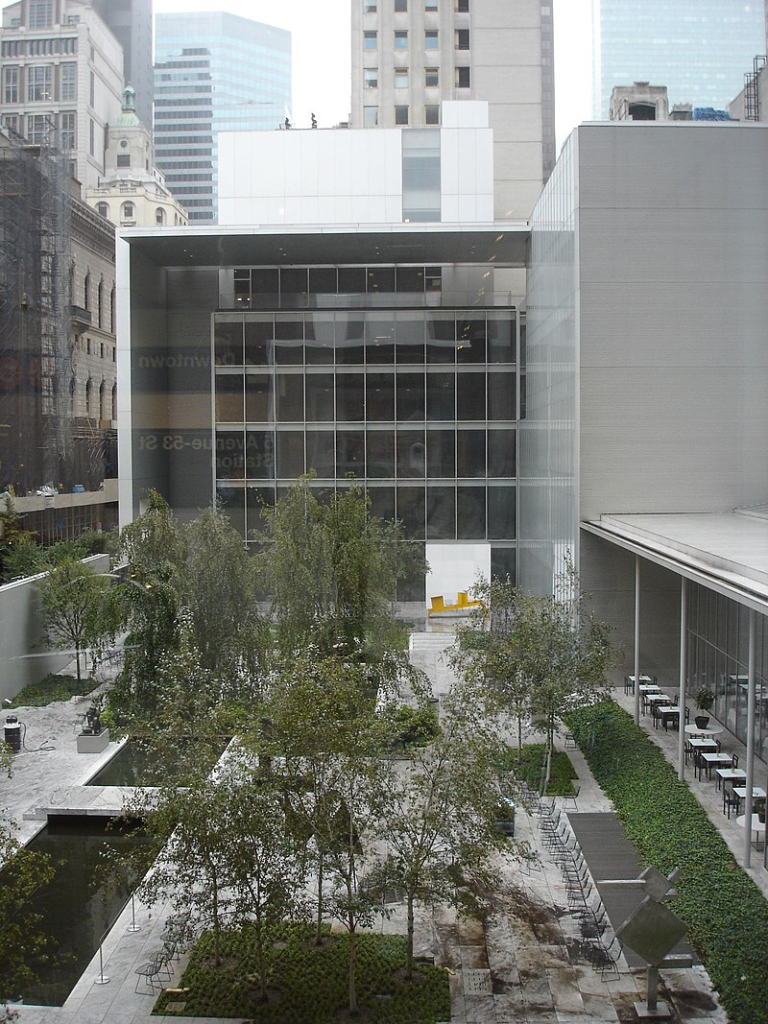
Above: Museum of Modern Art (MoMA), New York City, New York, USA

In 1949, the new editor of Camera magazine, Walter Laubli (1902 – 1991), published a substantial portfolio of Jakob Tuggener’s pictures made at upper-class entertainments and in factories, a world familiar to him from his early apprenticeship as a technical draftsman in Zürich, as well as a series of stills from his silent films, with an introduction by Hans Kasser (1907 – 1978), himself a photographer and member of the Werkbund.
Alongside Tuggener’s work, Camera presented the 25-year-old Robert Frank, who had just returned to his native Switzerland after two years abroad, with pages including some of his first pictures from New York.
The magazine promoted the two as representatives of the ‘new photography’ of Switzerland.

Above: Cover of the 1st issue of Camera magazine, July 1922
Tuggener was a role model for Frank, first mentioned to him by his boss and mentor, Zurich commercial photographer Michael Wolgensinger (1913–1990).
Tuggener, as a serious artist who had left the commercial world behind, was the “one Frank really did love, from among all Swiss photographers”.
Fabrik, as a photo book, was a model for Frank’s Les Américains (1958).

A first major exhibition of Tuggener’s “Ball Nights” pictures took place in Munich in 1969.
In 1951, Tuggener founded the College of Swiss Photographers with Werner Bischof, Gotthard Schuh and Paul Senn.

Above: Ball Nights photograph, Jakob Tuggener
The “pictorial poet” Tuggener is regarded as a representative of social documentary photography, one of the most important areas of photographic art.
For Tuggener, people, truth and the concern for social justice were at the centre of his work.
His work is characterized by the interplay of the artistic media of painting, photography and film with the three main themes of work in the factory, life in the country, and glamorous balls in magnificent hotels.
He created expressive photography and knew how to assemble radical sections and dynamic perspectives into film-like series of images.
As with a moving camera, he captured the “pulse of life” and condensed fleeting moments into a poetic overall view.
In 1950, Tuggener wrote:
The photographer as an expressionist does not exist in the commercial register.
He is the freest and free.
Detached from all purpose, he only photographs the pleasure of his experience.

Above: Work in the boiler (1935), Jakob Tuggener photograph
His archive is in the Fotomuseum in Winterthur.)

Above: Fotomuseum, Winterthur, Canton Zürich, Switzerland
(Robert Frank (1924 – 2019) was a Swiss photographer and documentary filmmaker, who became an American bi-national.

Above: Robert Frank
His most notable work, the 1958 book titled The Americans, earned Frank comparisons to a modern-day Alexis de Tocqueville (1805 – 1889) for his fresh and nuanced outsider’s view of American society.

Above: French political philosopher Alexis de Tocqueville
Critic Sean O’Hagan, writing in The Guardian in 2014, said The Americans:
“‘The Americans‘ changed the nature of photography, what it could say and how it could say it.
It remains perhaps the most influential photography book of the 20th century.“


Above: Sean O’Hagan

Frank later expanded into film and video and experimented with manipulating photographs and photomontage.

Above: Robert Frank, “Couple/Paris” 1952
Frank was born in Zürich, Switzerland, the son of Rosa (Zucker) and Hermann Frank.
His family was Jewish.
Robert states in Gerald Fox’s 2004 documentary Leaving Home, Coming Home that his mother, Rosa (other sources state her name as Regina), had a Swiss passport, while his father, Hermann originating from Frankfurt, Germany had become stateless after losing his German citizenship as a Jew.

They had to apply for the Swiss citizenship of Robert and his older brother, Manfred.
Though Frank and his family remained safe in Switzerland during World War II, the threat of Nazism nonetheless affected his understanding of oppression.

Above: Flag of the National Socialist Party (1920 – 1945)
He turned to photography, in part as a means to escape the confines of his business-oriented family and home, and trained under a few photographers and graphic designers before he created his first hand-made book of photographs, 40 Fotos, in 1946.

Frank emigrated to the US in 1947.
He secured a job in New York City as a fashion photographer for Harper’s Bazaar.

In 1949, the new editor of Camera magazine, Walter Laubli, published a substantial portfolio of Jakob Tuggener pictures made at upper-class entertainments and in factories, alongside the work of the 25 year-old Frank who had just returned to his native Switzerland after two years abroad, with pages including some of his first pictures from New York.
The magazine promoted the two as representatives of the ‘new photography‘ of Switzerland.

Tuggener was a role model for the younger artist, first mentioned to him by Frank’s boss and mentor, Zürich commercial photographer Michael Wolgensinger (1913 – 1990) who understood that Frank was unsuited to the more mercenary application of the medium.
Tuggener, as a serious artist, had left the commercial world behind.

Above: Michael Wolgensinger
Frank soon left to travel in South America and Europe.
He created another handmade book of photographs that he shot in Peru, and returned to the US in 1950.

That year was momentous for Frank:
He participated in the group show 51 American Photographers at the Museum of Modern Art (MoMA).
He married fellow artist Mary Lockspeiser, with whom he had two children, Andrea and Pablo.
Though he was initially optimistic about US society and culture, Frank’s perspective quickly changed as he confronted the fast pace of American life and what he saw as an overemphasis on money.
He now saw America as an often bleak and lonely place, a perspective that became evident in his later photography.
Frank’s own dissatisfaction with the control that editors exercised over his work also undoubtedly colored his experience.

Above: Robert Frank, “Trolley —New Orleans”, 1955
He continued to travel, moving his family briefly to Paris.

Above: Robert Frank, “Tulip/Paris” 1950
In 1953, he returned to New York and continued to work as a freelance photojournalist for magazines, including McCall’s, Vogue and Fortune.



Associating with other contemporary photographers, he helped form the New York School of Photographers during the 1940s and 1950s.
In 1955, Frank achieved further recognition with the inclusion of seven of his photographs (many more than most other contributors) in the world-touring MoMA exhibition The Family of Man that was to be seen by 9 million visitors and with a popular catalogue that is still in print.

Frank’s contributions had been:
- in Spain of a woman kissing her swaddled babe-in-arms
- of a bowed old woman in Peru
- a rheumy-eyed miner in Wales
- others in England and the US, including two (one atypically soft-focus) of his wife in pregnancy; and one (later to be included in The Americans) of six laughing women in the window of the White Tower Hamburger Stand on Fourteenth Street, New York City.





Inspired by fellow Swiss Jakob Tuggener’s 1943 filmic book Fabrik, Bill Brandt’s The English at Home (1936) and Walker Evans’ American Photographs (1938), Frank secured a Guggenheim Fellowship in 1955 to travel across the United States and photograph all strata of its society.



Cities he visited included:
- Detroit, Michigan
- Dearborn, Michigan
- Savannah, Georgia
- Miami Beach, Florida
- St. Petersburg, Florida
- New Orleans, Louisiana
- Houston, Texas
- Los Angeles, California
- Reno, Nevada
- Salt Lake City, Utah
- Butte, Montana
- Chicago, Illinois.

Above: Detroit, Michigan, USA

Above: Dearborn, Michigan, USA

Above: Savannah, Georgia, USA

Above: Miami Beach, Florida, USA

Above: St. Petersburg, Florida, USA

Above: New Orleans, Louisiana, USA

Above: Houston, Texas, USA

Above: Los Angeles, California, USA

Above: Reno, Nevada, USA

Above: Images of Salt Lake City, Utah, USA

Above: Images of Butte, Montana, USA

Above: Chicago, Illinois, USA
He took his family along with him for part of his series of road trips over the next two years, during which time he took 28,000 shots.
83 of these were selected by him for publication in The Americans.

Frank’s journey was not without incident.
He later recalled the anti-Semitism to which he was subject in a small Arkansas town.
“I remember the policeman took me into the police station.
He sat there and put his feet on the table.
It came out that I was Jewish because I had a letter from the Guggenheim Foundation.
They really were primitive.”
He was told by the sheriff:
“Well, we have to get somebody who speaks Yiddish.”
“They wanted to make a thing out of it.
It was the only time it happened on the trip.
They put me in jail.
It was scary.
Nobody knew where I was.“

Above: State flag of Arkansas
Elsewhere in the South, he was told by a sheriff that he had “an hour to leave town“.
Those incidents may have contributed to the dark view of America found in the work.

Above: The states in dark red compose the Deep South today.
Adjoining areas of Texas and North Florida are also considered part of this subregion.
Shortly after returning to New York in 1957, Frank met Beat writer Jack Kerouac “at a New York party where poets and Beatniks were,” and showed him the photographs from his travels.
However, according to Joyce Johnson, Kerouac’s lover at the time, she met Frank while waiting for Kerouac to emerge from a conference with his editors, at Viking Press, looked at Frank’s portfolio, and introduced them to each other.
Kerouac immediately told Frank:
“Sure I can write something about these pictures.”
He eventually contributed the introduction to the US edition of The Americans.

Above: Jack Kerouac (1922 – 1969)
Frank also became lifelong friends with Beat poet Allen Ginsberg.

Above: Allen Ginsberg (1926 – 1997)
Frank was one of the main visual artists to document the Beat subculture, who felt an affinity with Frank’s interest in documenting the tensions between the optimism of the 1950s and the realities of class and racial differences.
The irony that Frank found in the gloss of American culture and wealth over this tension gave his photographs a clear contrast to those of most contemporary American photojournalists, as did his use of unusual focus, low lighting and cropping that deviated from accepted photographic techniques.
This divergence from contemporary photographic standards gave Frank difficulty at first in securing an American publisher.
Les Américains was first published in 1958 by Robert Delpire in Paris, as part of its Encyclopédie Essentielle series, with texts by Simone de Beauvoir, Erskine Caldwell, William Faulkner, Henry Miller and John Steinbeck that Delpire positioned opposite Frank’s photographs.

Above: French writer Simone de Beauvoir (1908 – 1986)

Above: American writer Erskine Caldwell (1903 – 1987)

Above: American writer William Faulkner (1897 – 1962)

Above: American writer Henry Miller (1891 – 1980)

Above: American writer John Steinbeck (1902 – 1968)
It was finally published in 1959 in the US, without the texts, by Grove Press, where it initially received substantial criticism.

Above: Logo of Grove Press
Popular Photography derided his images as “meaningless blur, grain, muddy exposures, drunken horizons and general sloppiness“.

Though sales were also poor at first, the fact that the introduction was by the popular Kerouac helped it reach a larger audience.
Over time and through its inspiration of later artists, The Americans became a seminal work in American photography and art history.
It is the work with which Frank is most clearly identified.
Critic Sean O’Hagan, writing in The Guardian in 2014, said:
“It is impossible to imagine photography’s recent past and overwhelmingly confusing present without his lingeringly pervasive presence.”

Above: “Mr. and Mrs. Feiertag/Late afternoon“, Robert Frank, from the photo essay “People You Don’t See (series),” 1951
In 1961, Frank received his first individual show, entitled Robert Frank: Photographer, at the Art Institute of Chicago.
He also showed at MoMA in New York in 1962.

Above: Art Institute of Chicago, Michigan Avenue, Chicago, Illinois, USA
The French journal Les cahiers de la photographie devoted special issues 11 and 12 in 1983 to discussion of Robert Frank as a gesture of admiration for, and complicity with, his work, also to set forth his critical capacity as an artist.

To mark the 50th anniversary of the first publication of The Americans, a new edition was released worldwide on May 30, 2008.
For this new edition, most photographs are uncropped (in contrast to the cropped versions in previous editions).
Two photographs are replaced with those of the same subject but from an alternate perspective.

Above: Robert Frank, “Covered car — Long Beach, California”, 1956
A celebratory exhibit of The Americans, titled Looking In: Robert Frank’s The Americans, was displayed in 2009 at the National Gallery of Art in Washington DC, the San Francisco Museum of Modern Art (SFMOMA), and at the Metropolitan Museum of Art in New York.
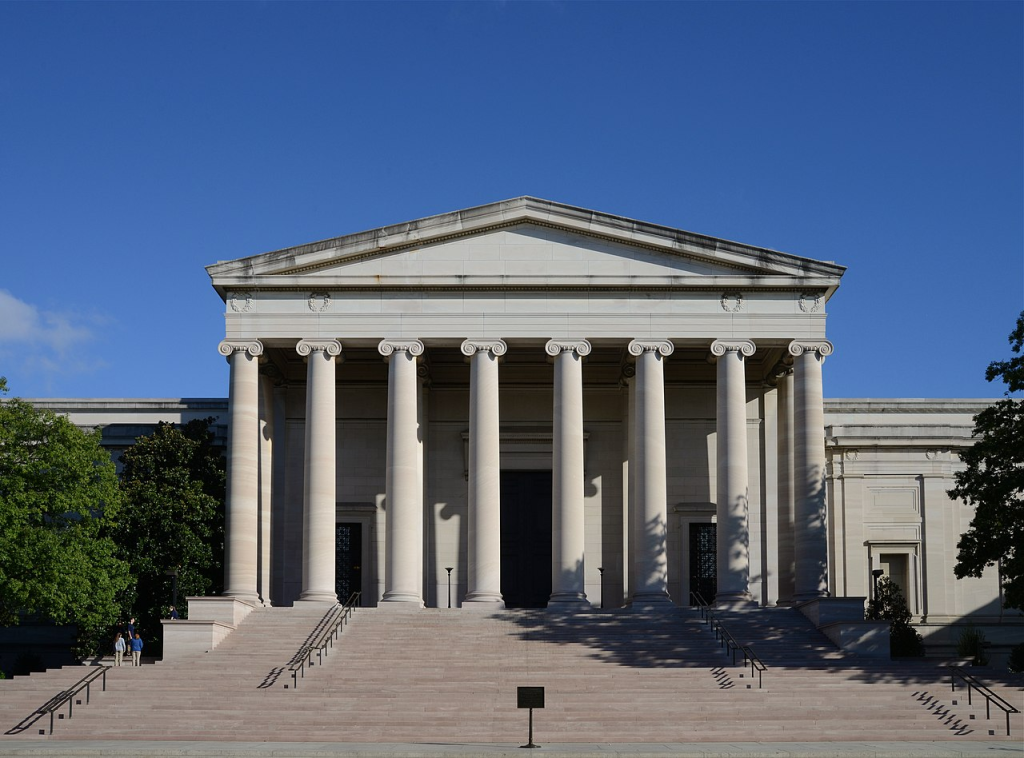
Above: National Gallery of Art, Washington DC, USA

Above: Museum of Modern Art, San Francisco, California, USA

Above: Metropolitan Museum of Art, New York City, New York, USA
An accompanying book, also titled Looking In: Robert Frank’s The Americans, was published, the most in-depth examination of any photography book ever, at 528 pages.

While working as a guard at the Metropolitan Museum of Art, Jason Eskenazi asked other noted photographers visiting the Looking In exhibition to choose their favorite image from The Americans and explain their choice, resulting in the book, By the Glow of the Jukebox: The Americans List.

Though Frank continued to be interested in film and video, he returned to still images in the 1970s, publishing his second photographic book, The Lines of My Hand, in 1972.
This work has been described as a “visual autobiography“, and consists largely of personal photographs.
However, he largely gave up “straight” photography to instead create narratives out of constructed images and collages, incorporating words and multiple frames of images that were directly scratched and distorted on the negatives.
None of this later work has achieved an impact comparable to that of The Americans.
In contrast to The Americans, Frank’s later images simply were not beyond the pale of accepted technique and practice by that time.

By the time The Americans was published in the US in 1959, Frank had moved away from photography to concentrate on filmmaking.
Among his films was the 1959 Pull My Daisy, which was written and narrated by Kerouac and starred Ginsberg and others from the Beat circle.
The Beats emphasized spontaneity.
The film conveyed the quality of having been thrown together or even improvised.
Pull My Daisy was accordingly praised for years as an improvisational masterpiece, until Frank’s co-director, Alfred Leslie, revealed in a 28 November 1968 article in the Village Voice that the film was actually carefully planned, rehearsed, and directed by him and Frank, who shot the film with professional lighting.


In 1960, Frank stayed in Pop artist George Segal’s basement while filming The Sin of Jesus.
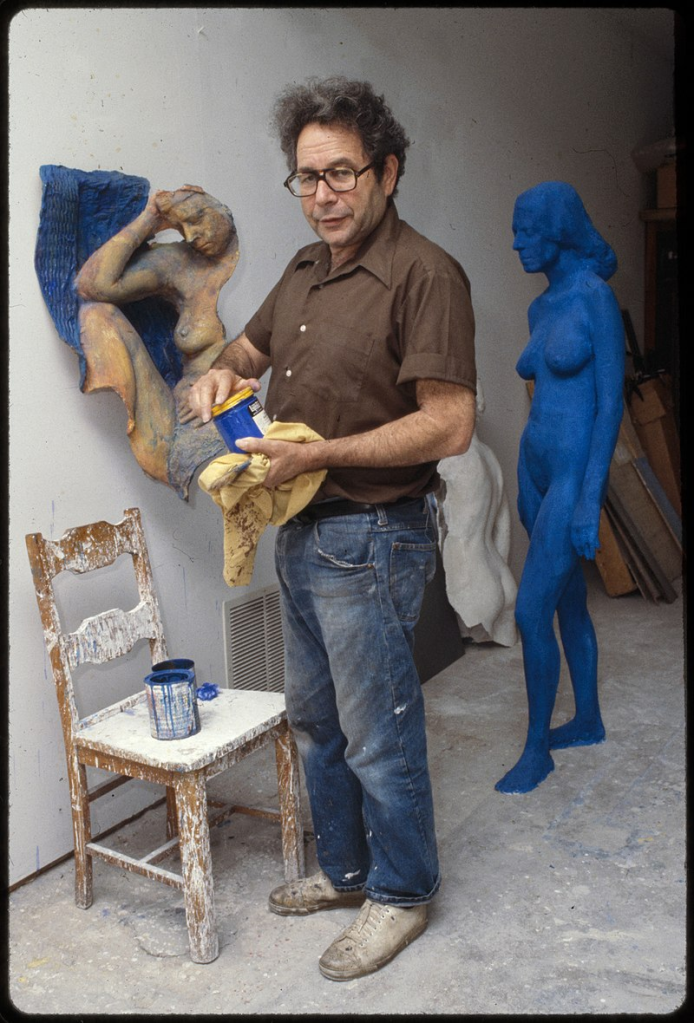
Above: American artist George Segal (1924 – 2000)

Isaac Babel’s story was transformed to center on a woman working on a chicken farm in New Jersey.

Above: Russian writer Isaac Babel (1894 – 1940)
It was originally supposed to be filmed in six weeks in and around New Brunswick, Canada, but Frank ended up shooting for six months.

Above: Flag of the Canadian province of New Brunswick
Frank’s 1972 documentary of the Rolling Stones is arguably his best known film.
The film shows the Stones on tour, engaging in heavy drug use and group sex.
Frank said of the Stones:
“It was great to watch them — the excitement.
But my job was after the show.
What I was photographing was a kind of boredom.
It’s so difficult being famous.
It’s a horrendous life.
Everyone wants to get something from you.”
Mick Jagger reportedly told Frank:
“It’s a good film, Robert, but if it shows in America we’ll never be allowed in the country again.”
The Stones sued to prevent the film’s release.
It was disputed whether Frank as the artist or the Stones as those who hired the artist owned the copyright.
A court order restricted the film to being shown no more than five times per year, and only in the presence of Frank.

Frank’s photography also appeared on the cover of the Rolling Stones’ album Exile on Main Street.

Above: Album cover, The Rolling Stones, Exile on Main Street
Other films by Frank include:
- Me and My Brother
- Keep Busy
- Candy Mountain



Frank and Mary separated in 1969.
He remarried, to sculptor June Leaf.

Above: American artist June Leaf
In 1971, they moved to the community of Mabou, Cape Breton Island, Nova Scotia, Canada.

Above: Mabou, Nova Scotia, Canada
In 1974, his daughter, Andrea, was killed in a plane crash in Tikal, Guatemala.
In 1995, in memory of his daughter he founded the Andrea Frank Foundation, which provides grants to artists.

Above: Mayan Temple 1, Tikal, Guatemala
Also around this time, his son, Pablo, was first hospitalized and diagnosed with schizophrenia.
Much of Frank’s subsequent work dealt with the impact of the loss of both his daughter and subsequently his son, who died in an Allentown, Pennsylvania hospital in 1994.

Above: Images of Allentown, Pennsylvania, USA
Well, we’re living here in Allentown
And they’re closing all the factories down
Out in Bethlehem they’re killing time
Filling out forms
Standing in line
Well, our fathers fought the Second World War
Spent their weekends on the Jersey Shore
Met our mothers in the USO
Asked them to dance
Danced with them slow
And we’re living here in Allentown
But the restlessness was handed down
And it’s getting very hard to stay
Well, we’re waiting here in Allentown
For the Pennsylvania we never found
For the promises our teachers gave
If we worked hard
If we behaved
So the graduations hang on the wall
But they never really helped us at all
No, they never taught us what was real
Iron and coke
And chromium steel
And we’re waiting here in Allentown
But they’ve taken all the coal from the ground
And the union people crawled away
Every child had a pretty good shot
To get at least as far as their old man got
But something happened on the way to that place
They threw an American flag in our face
Well, I’m living here in Allentown
And it’s hard to keep a good man down
But I won’t be getting up today
And it’s getting very hard to stay
And we’re living here in Allentown

After his move to Nova Scotia, Canada, Frank divided his time between his home there, in a former fisherman’s shack on the coast, and his Bleeker Street loft in New York.
He acquired a reputation for being a recluse (particularly since the death of Andrea), declining most interviews and public appearances.

Above: Robert Frank address, 7 Bleecker Street, Manhattan, New York City, New York, USA
He continued to accept eclectic assignments, however, such as photographing the 1984 Democratic National Convention, and directing music videos for artists such as New Order (“Run“) and Patti Smith (“Summer Cannibals“).

Above: Logo of the US Democratic Party


Above: Front cover for the single Summer Cannibals by Patti Smith
Frank produced both films and still images, and helped organize several retrospectives of his art.
His work has been represented by Pace/MacGill Gallery in New York since 1984.
In 1994, the National Gallery of Art in Washington DC presented the most comprehensive retrospective of Frank’s work to date, entitled Moving Out.

Anthony works in the grocery store
Savin’ his pennies for someday
Mama Leone left a note on the door
She said, “Sonny, move out to the country”
Workin’ too hard can give you
A heart attack (ack, ack, ack, ack, ack)
You oughta know by now (oughta know)
Who needs a house out in Hackensack
Is that what you get for your money?
It seems such a waste of time
If that’s what it’s all about
Mama, if that’s movin’ up
Then I’m movin’ out
I’m movin’ out
Sergeant O’Leary is walkin’ the beat
At night he becomes a bartender
He works at Mister Cacciatore’s down
On Sullivan Street
Across from the medical center
He’s tradin’ in his Chevy for a Cadillac (ack, ack, ack, ack, ack)
You oughta know by now
And if he can’t drive
With a broken back
At least he can polish the fenders
It seems such a waste of time
If that’s what it’s all about
Mama, if that’s movin’ up
Then I’m movin’ out
I’m movin’ out
You should never argue with a crazy mind (mi-, mi-, mi-, mi-, mi-)
You oughta know by now
You can pay Uncle Sam with the overtime
Is that all you get for your money
If that’s what you have in mind
If that’s what you’re all about
Good luck movin’ up
‘Cause I’m moving out
I’m moving out (mmm)
Ou, ou, uh huh (mmm)
I’m moving out

Frank died on 9 September 2019, at his home in Nova Scotia.

Above: Robert Frank home, Mabou, Nova Scotia

Let us return back to Switzerland and Arnold Kübler…..

Above: Arnold Kübler, editor of the Zürcher Illustrierte
(Under Kübler, in the literary section, works by Hermann Hesse and Max Frisch were included.

Above: German writer Hermann Hesse (1877 – 1962)

Above: Swiss writer Max Frisch (1911 – 1991)
In 1941, Conzett & Huber decided to sell the Zürcher Illustrierte and publish a new magazine with which they planned to promote the multi-color print they have developed.
Arnold Kübler became the editor-in-chief of the newly founded cultural magazine Du, which he ran for 16 years.
Under Kübler’s leadership, Du became a well respected cultural magazine, employing prominent photographers and focused on painters like Pablo Picasso, Joan Miro and Paul Klee.

Above: Spanish artist Joan Miro (1893 – 1983)

Above: Swiss artist Paul Klee (1879 – 1940)
Kübler was active in his positions as a cultural mediator and source of inspiration, but did not neglect his own artistic forms of expression:
In the 1960s he returned to the theatre stage with great success as a one-man cabaret.
In addition, Kübler was active in drawing and writing, which he was able to combine in several of his books, for example, in the travelogue Paris – Bâle à pied (Paris to Basel on foot) – Report and drawings of a 500 km journey on foot in 28 days (1967).

In his Öppi novels, Kübler described autobiographical events on more than 2,000 pages.

Kübler’s works:
- The Failed Actor (1934)
- The Heart, the Corner, the Donkey, and Other Stories (1939)
- Öppi from Wasenwachs: The boy without a mother (1943)
- Öppi the student (1947)
- Öppi and Eve (1951)
- Velodyssey: A sporting epic (1955)
- In Alfred Hüggenberger’s country: A winter journey with drawings (1958)
- Mitenand, gägenenand, durenand: A picture book of how to treat your neighbor in Switzerland (1959)
- Zurich experienced, drawn, explained (1960)
- 48 cheerful stories (1961)
- The dare: A Zürich booklet about Basel (1961)
- Sites and cities: Experienced, drawn, explained (1963)
- Öppi the fool (1964)
- Draw, Antonio! (1966)
- Babette, best regards: Predominantly true accounts and drawings (1967)
- Paris – Bâle à pied: Report and drawings of a 500 km journey on foot in 28 days (1967)
- Say & write! – A humorous cabaret autobiographical contribution to the cultural history of the city of Zürich (1969)
- Israel: a look – Report with drawings (1970)
- Stay: Mostly cheerful reports with drawings (1974) )

Above: Original German language version of Arnold Kübler’s The Failed Actor
(Alfred Huggenberger (1867 – 1960) (aka Dr. Hans Meyerlein) was a Swiss writer.

Above: Alfred Huggenberger
With his numerous farces, stories and poems, both in standard German and in his Eastern Swiss dialect, he became known beyond Switzerland.
Alfred Huggenberger was born the son of a farmer in Bewangen (Canton Zürich) near the border of Canton Thurgau.

Above: Village school with clock tower, Bertschikon bei Attikon, Canton Zürich, Switzerland
At the age of 29, he took over his parents’ farm, which burned down, due to arson, in 1904.
Together with his wife Bertha and their daughter, Huggenberger moved to neighboring Gerlikon (Canton Thurgau) in 1908, where he took over a smaller farm that gave him more time for his literary work.

Above: St. George Chapel, Gerlikon, Canton Thurgau, Switzerland
Alfred Huggenberger began writing early on.
He made his literary breakthrough beyond the Swiss border in 1907 with the book Hinterm Pflug (Behind the Plough) supported by well-known authors, such as Hermann Hesse.
During the National Socialist era, he was used by the Nazis to propagate blood and soil literature.

(Blood and soil literature is the contrast between town and country, with the city embodying the concepts of democracy, liberalism, modernism and individualism as negative values, and the rural countryside, with its naturalness.
A sense of community and an anti-progress ideal represented the supposedly positive pole.
Blood and soil literature differs from other streams of Nazi fiction in its glorification of country life, nature and the return to nature.)

Above: Coat of arms of the German Reich (1935 – 1945)
(I never cease to be amazed by how the Nazis could take something wonderful and convert it into something terrible.
For example, the swastika is a millennia-old sacred symbol in Hinduism, Buddhism and Jainism that represents peace and good fortune, but in the West, it remains equated to Adolf Hitler’s hooked cross (Hakenkreuz).
Happily, calls to reclaim the swastika as a sacred symbol become louder.

Above: Hindu Swastika
Another example is Friedrich Wilhelm Nietzsche (1844 – 1900), a German philosopher, prose poet, cultural critic and philologist, whose work has exerted a profound influence on contemporary philosophy.
Nietzsche’s writing spans philosophical polemics, poetry, cultural criticism and fiction while displaying a fondness for aphorism and irony.
Prominent elements of his philosophy include:
- his radical critique of truth in favor of perspectivism
- a genealogical critique of religion and Christian morality and a related theory of master – slave morality
- the aesthetic affirmation of life in response to both the “death of God” and the profound crisis of nihilism
- the notion of Apollonian and Dionysian forces
- a characterization of the human subject as the expression of competing wills, collectively understood as the will to power
He also developed influential concepts such as the Übermensch (Superman) and his doctrine of eternal return.
In his later work, he became increasingly preoccupied with the creative powers of the individual to overcome cultural and moral mores in pursuit of new values and aesthetic health.
His body of work touched a wide range of topics, including:
- art
- philology
- history
- music
- religion
- tragedy
- culture
- science
After his death, Nietzsche’s sister Elisabeth became the curator and editor of his manuscripts.
She edited his unpublished writings to fit her German ultranationalist ideology, often contradicting or obfuscating Nietzsche’s stated opinions, which were explicitly opposed to antisemitism.
Through her, Nietzsche’s work became associated with fascism and Nazism.
20th-century scholars defended Nietzsche against this interpretation.
Corrected editions of his writings were soon made available.
Nietzsche’s thought enjoyed renewed popularity in the 1960s.
His ideas have since had a profound impact on 20th- and early 21st-century thinkers across philosophy — especially in schools of Continental philosophy (such as existentialism, postmodernism and post-structuralism — as well as art, literature, poetry, politics, and popular culture.

Above: Friedrich Nietzsche (1844 – 1900)
I have visited the Nietzsche Museum in Sils Maria, where the philosopher spent his final years.
I highly recommend a visit.)
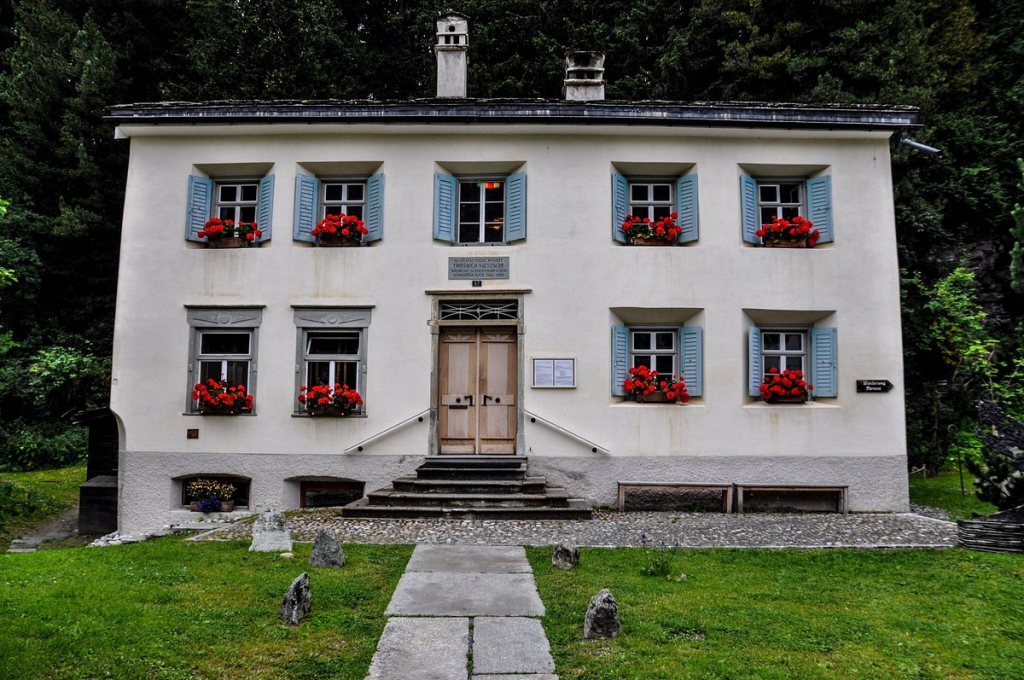
Above: Nietzsche Haus Museum, Sils Maria, Canton Graubünden, Switzerland, where the German philosopher lived during the summers of 1881 and from 1883 to 1888.
(In addition to absorbing Germanic pagan myths, blood-and-soil literature played an important role in the creation of the Nazi worldview.
Nature and natural life are made the subject of a political myth by the writers of the blood-and-soil style.
The focus is on the farmer and the farmer’s wife as symbols of the “pure” German par excellence.
Village society appears as a Nazi microcosm.
Nazi racism is propagated through blood and soil literature.
One of the basic tenets of the genre is the idea that “nobility” is nothing other than the peasant clan who must hold on to their indivisible, unsaleable hereditary farm for the purpose of breeding, to keep their blood pure.)

Above: German People, German Work, Kaiserdamm, Berlin, Germany (1934)
Huggenberger’s entire oeuvre comprises over 100 volumes of prose and poetry – some in Standard German, some in Swiss German – as well as numerous plays.
Huggenberger worked in agriculture until old age.
He died at the age of 92 in the former monastery of St. Katharinental and is buried in the cemetery in Gachnang.)

Above: Monastery of St. Katharinenthal, Diesenhofen, Canton Thurgau, Switzerland
Now let us go back to Altnau and Hans Baumgartner…..

Above: Swiss teacher/photographer Hans Baumgartner
Baumgartner’s first photo report appeared in 1935.
Baumgartner then published in magazines, such as Camera, Du, Der Schweizer Spiegel (the Swiss Mirror), Die Schweiz (Switzerland) and Föhn (a type of dry, relatively warm, downslope wind that occurs in the lee (downwind side) of a mountain range – what Canadians call a chinook).



The Neue Zürcher Zeitung (New Zurich newspaper) and the Thurgauer Zeitung also published his pictures.

His photo books (from 1941) deal primarily with themes from his home canton of Thurgau.

Above: Exercise in the snow, Hans Baumgartner photograph
In 1937, he made the acquaintance of the painter Adolf Dietrich, whom he subsequently portrayed several times.

Above: Swiss artist Adolf Dietrich
(Adolf Dietrich (1877 – 1957) was a Swiss painter.
Dietrich was born in a small, modest house in Berlingen, in Canton Thurgau, the 7th child of Heinrich Dietrich and Dorothea (née Kern).

Above: Adolf Dietrich Haus, Berlingen, Canton Thurgau, Switzerland
Even as a small boy he collected a lot and tried to imitate and draw everything.
From 1885 to 1893 he attended primary school.
He was a good and diligent student.
His teacher recognized his talent for drawing and encouraged it.
He recommended to his parents that their son should do an apprenticeship as a lithographer.
But the family was poor and Adolf had to learn a trade that would earn him more.
So he started to work in a jersey factory in Berlingen.
On Sundays he painted and drew passionately.
From 1896 to 1910 he worked at home as a machine knitter.

Above: Berlingen, Canton Thurgau, Switzerland
Nature with its mysteries and wonders fascinated him more and more.
He began a first sketchbook and a dozen animal watercolours followed.
In 1902, Dietrich became friends with Friedrich Neeser, a baker’s apprentice who also painted.
They spent Sundays together in nature.
Neeser encouraged the serious and somewhat anxious Adolf not to give up painting.

Above: Waldrand, Adolf Dietrich (1918)
In 1903, Dietrich drew his first self-portrait in charcoal.

Above: Adolf Dietrich
His brother, who lived in Ludwigshafen am Rhein, commissioned him to paint a portrait of his parents.

Above: Ludwigshafen am Rhein, Rhineland-Palatinate, Germany
That same year his mother died.
From then on, Dietrich lived alone with his father in a small house in Berlingen.

Above: Dorothea and Heinrich Dietrich
Working from home on the knitting machine helped to cope with the daily worries of existence.
For technical reasons, however, he soon gave up working from home and earned his living as a forest worker.
In 1913, he exhibited his paintings for the first time in Konstanz in the Wessenberghaus Museum.

Above: Wessenberg Haus, Konstanz, Baden-Württemberg, Germany
This was followed by further exhibitions in various galleries in Germany.
In 1918 his father died.
This loss was difficult for him.

Above: Moonlight on the Bodensee, Adolf Dietrich
Dietrich was discovered by the art dealer Herbert Tannenbaum, which enabled Dietrich to exhibit at various locations in Germany.
Tannenbaum endeavored to make Dietrich known in Switzerland and soon obtained permission for exhibitions in Zürich and Schaffhausen.
From 1924, Dietrich was able to make a living from his painting.
In 1937, Adolf Dietrich met Hans Baumgartner, who portrayed him several times for the magazine Du, thus helped him to achieve his international breakthrough.
As a result, Dietrich was able to take part in exhibitions in Paris, London and New York.
It was not until 1941 that his home canton of Thurgau acquired a picture of his.
From 1942, the demand for his pictures became so great that he copied his own pictures and promised the same picture to several people at the same time.
He painted until his death.
He died in his house in Berlingen.

Above: Sunset, Adolf Dietrich

Above: Sunset, Adolf Dietrich
The lawyer Hans Buck, the author of Adolf Dietrich as a draftsman, made sure that Dietrich wrote a will and in it foresightedly thought of a future Thurgau art museum.

Adolf Dietrich had been fascinated by nature and animals since his childhood.
He owned many stuffed animals that he drew.
He often drew his garden or the Bodensee.
He painted portraits and various still life works.
Adolf Dietrich had no academic training as a painter.
He always drew very precisely, so his pictures are very realistic.

Above: Balbo lying on the meadow, Adolf Dietrich, 1955

Above: Fox in the forest, Adolf Dietrich
At the beginning Adolf Dietrich made pencil drawings in his sketchbooks on his hikes, 18 are still preserved today.
Around 1929 he began taking black-and-white photographs, leaving behind several thousand.
He never painted in nature, but only ever made a sketch, which he then painted in color at home from memory.
He never used an easel and always painted his pictures on the table in his living room, often in poor light.
His techniques were gouache and watercolour painting, charcoal drawing, oil painting and pencil sketches.
In the beginning he painted on cardboard, later on wood, but only rarely on canvas.
For this reason quite a lot of his pictures are in a sensitive condition.
The Museum is in his former home in Berlingen and is worth a visit.)

Above: Inside Adolf Dietrich Haus Museum, Berlingen, Canton Thurgau, Switzerland
(The Nazis completed destroyed the worthiness of the given name Adolf, which originally meant “noble wolf“.

Above: Seal of King Adolf of Nassau (1255 – 1298)
In both Protestant Germany (because of Swedish King Gustav Adolf and German writer Adolph von Knigge) and Catholic Germany (because of German priest/philosopher Adolph Kolping), Adolf enjoyed some popularity.

Above: Swedish King Gustav Adolf (1594 – 1632)

Above: German writer Adolphe von Knigge (1752 – 1796)

Above: Adolph Kolping (1813 – 1865)
In 1890, the name was in 13th place on the popularity scale of all male first names in Germany.
But since the beginning of the 20th century, its frequency as a first name has been decreasing.
After an upswing from 1933, which lasted until 1942, the use of the name collapsed – in correlation with Adolf Hitler’s popularity.

Above: Adolf Hitler (1889 – 1945)
Since the early 1950s, the first name Adolf has rarely been given to newborns in German-speaking countries.
The name is heavily burdened by the dictator Adolf Hitler and other Nazis, such as Adolf Eichmann (who orchestrated the Holocaust).

Above: Adolf Eichmann (1906 – 1962)
The first name is given about 15 times a year in Germany.
The competent registry office decides on the admissibility in individual cases, in particular on the basis of the best interests of the child.
In cases of doubt, they can consult the Onomastics Center at the University of Leipzig.

Above: Logo of the University of Leipzig, Saxony, Germany
The name was also popular in Sweden, where several kings bore the name.
However, it has not been in the top ten most popular first names in any decade since the 1920s.
In 2015, there were only around 2,600 bearers of this name in Sweden.
Since at least 1998, fewer than ten newborn boys have been given this name each year.

Above: Flag of Sweden
In the 2018 film Der Vorname (just like in the original 2012 French film Le Prénom), the name is the catalyst for a consequential dispute among the antagonists.
In it, an expectant father says with deadly seriousness that he will name his son Adolf.
But he only wants to provoke his brother-in-law in order to give him a tit-for-tat for his constant mockery.)

Baumgartner also photographed his trips to Paris and Italy, the Balkans, southern France, North Africa and the Sahara, Croatia and the Dalmatian Coast, Burgundy, Spain and Portugal, Sweden and Finland, the US, Hungary, Belgium and Germany.

Above: Sand dunes, Sahara Desert, Algeria

Above: Flag of Croatia

Above: Flag of Portugal

Above: Flag of Hungary
On his world trip by ship in 1963, he reached Asia (Bombay/Mumbai, Colombo, Saigon/Ho Chi Minh City, Hong Kong, Yokohama) and the American continent (Mexico and the US).

Above: Mumbai, India

Above: Parliament Buildings, Colombo, Sri Lanka

Above: Ho Chi Minh City, Vietnam

Above: Hong Kong, China

Above: Yokohama, Japan
Stays at spas took him to Davos.

Above: Images of Davos, Canton Graubünden, Switzerland
Hans Baumgartner died in Frauenfeld in 1996.

Above: Frauenfeld, Canton Thurgau, Switzerland
The Swiss Foundation for Photography manages his estate of around 120,000 photographs.



It cannot be denied that Switzerland, despite its diminutive size (as compared to Canada or Turkey), is replete with talented artists.

Above: Coat of arms of Switzerland

Above: Flag of Canada

Above: Flag of Turkey
All of the above-mentioned Swiss artists, save Dietrich, travelled the world.
Dietrich’s world surrounded him.

Above: Sunset, Adolf Dietrich
I mention Baumgartner, because I think his photography abandoned the sphere of technical experimentation, the abstract and the avant-garde.
Photography became more wholesome, concentrating on the poetry of real things, the universal language of life.
Baumgartner was a teacher but by following his passions he succeeded in creating photos that tell a narrative, such as in Italy, a stolen image of lovers resting beside their discarded bicycles amongst long summer grass in an olive grove, or in Java, a boy stretches balletically across the pavement as he plays marbles.

Above: Hans Baumgartner
Kübler tried to be a geologist, then a sculptor, found success as an actor, was disfigured and still managed to achieve success as an artist in the field of literature.
Kübler believed in the role that photography can play upon the people who view it.

Above: Arnold Kübler
Senn showed that photography can be of a humanist nature.

Above: Paul Senn
Bischof sought to capture the true face of the world, the essence of real life.

Above: Werner Bischof
Tuggener showed that there was poetry in photography.

Above: Jakob Tuggener
Dieter’s guide to creation was Creation itself.

Above: Flowers by the Window with Butterflies, Adolf Dietrich
I believe that once Frank and Huggenberger moved on from their beloved Switzerland they gained their reputations, but lost themselves and the beautiful spirit that is Switzerland that had nurtured them.

Above: Swiss International Air Lines logo
I have only mentioned a few famous Swiss photographers but there are many more worthy of mention, such as:
Fred Boissonnas (1858 – 1946) was a Swiss photographer from Geneva.

Above: Fred Boissonnas
His work is considered crucial for the development of photography in Greece, and its use in favourably publicising the country’s expansionist ambitions, during the early 20th century.
Boissonnas constitutes a central figure in the transition from 19th century approaches to a more contemporary photography of antiquities.
Between 1903 and 1933 Boissonnas made several trips to Greece where he systematically documented Greece in landscape photographs, taken in all corners of the country, reflect its continuity from ancient times to the present day.
On one Greek expedition with compatriot art historian Daniel Baud-Bovy (1870 – 1958), Boissonnas made the first recorded modern-era ascent of Mount Olympus on 2 August 1913, aided by a hunter of wild goats.
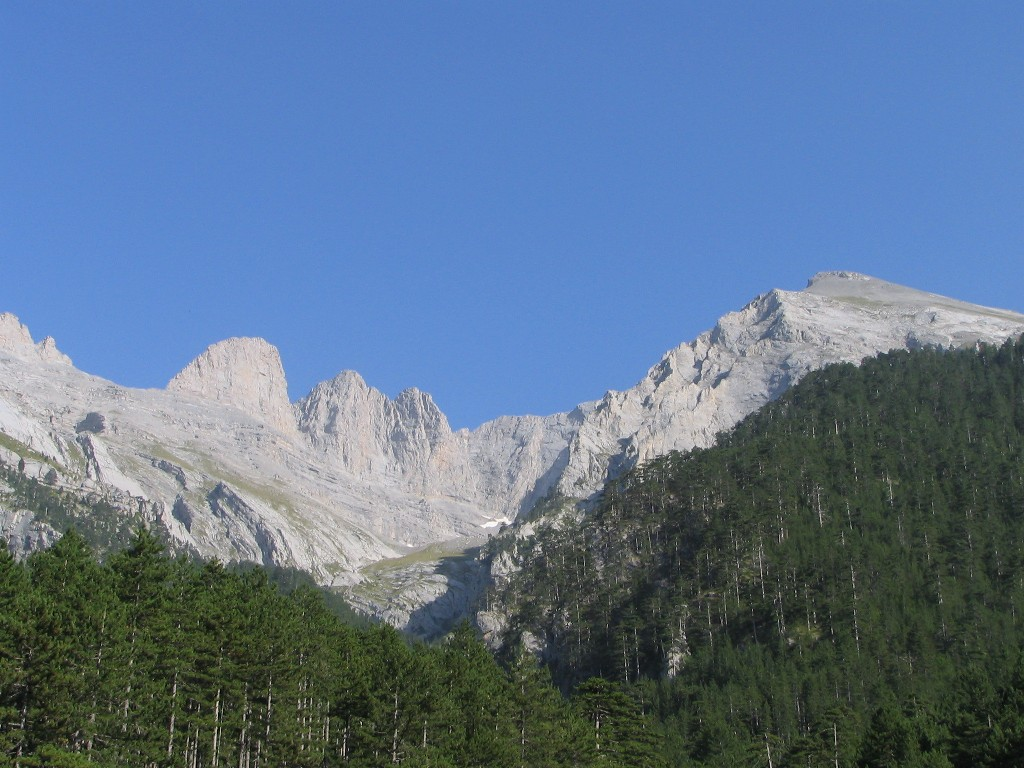
Above: Mount Olympus, Greece
In total, Boissonnas published 14 photo albums dedicated to Greece, many of which belong to the thematic series entitled L’image de la Grece (The Image of Greece), his imagery contributing decisively to the identity of Greece in Europe, its promotion as a tourist destination but also its political situation.

His photographs of archaeological sites form 20% of his total Greek series.

He visited the Acropolis, Delphi, Olympia, Dodoni, Knossos, Delos, and many other sites, providing an extensive iconographic panorama of classical Greek antiquities.

Above: The Acropolis, Athens, Greece

Above: Delphi, Greece

Above: Olympia, Greece

Above: Dodoni, Greece

Above: Knossos, Crete

Above: Delos, Greece
Interested not only in documenting a site, Boissonnas also aimed to interpret the Greek landscape in combining classical antiquity with the provincial Greek folklore through associations of natural and cultural elements carefully composed and in the best ambient light.
His last photo album about Greece Following the ship of Ulysses (1933) sought to reconstruct the epic and, in a symbolic way, the dissemination of Greek culture throughout Europe.
The photographs were accompanied by excerpts from Homer’s Odyssey.

- Fred Mayer – One of Switzerland’s most influential photographers, Mayer travelled to Indonesia, where he shot a documentation about the former President Sukarno.

Above: Ilse and Fred Mayer

Above: Sukarno (né Koesno Sosrodihardjo)(1901 – 1970)(Indonesian President: 1945 – 1967)
His other works include pictures of King Hussein of Jordan and portfolios from all around the world, from the Vatican to Bali.

Above: Hussein bin Talal (1935 – 1999) (King of Jordan: 1952 – 1999)

Above: Flag of Vatican City

Above: Flag of Bali, Indonesia
He further published books about various countries, the Russian orthodox church, Chakkar Polo, Japanese theatre and the Chinese Opera.

Above: Cathedral of Christ the Saviour, Moscow, Russia

Above: Noh theatre, Japan

Above: Chinese National Opera House, Beijing, China
In 2011, Mayer published Homage to Hermann Hesse and his Siddhartha, based on the novel Siddhartha by the German author Hermann Hesse.

- René Groebli – His first small folio Magie der Schiene (Rail magic) comprising 16 photographs (with front and back cover) was also shot in 1949 and self-published later the same year.

Above: René Groebli

It captures the ‘magic’ of steam train travel during the late 1940s.
Photographed in and around Paris, as well as locations in Switzerland, the often motion-blurred and grainy images convey the energy of steam.

The small book, Das Auge der Liebe (The Eye of Love), though respected for its design and photography, caused some controversy, but also brought Groebli attention.
The term “love” in the title being considered by students to be too sentimental given the obvious sexual connotations.
Where the photographer’s intention was for a romantic effect, the editor admitted that the narrative was sexualized.
In the leading periodical Neue Zürcher Zeitung, editor Edwin Arnet objected to the emphasis on nudity.
Groebli sequenced his photographs to tell the story of a woman meeting a man in a cheap hotel.
The last photograph shows the woman’s hand with a wedding ring on her ring finger holding an almost finished post-coitus cigarette.
In the perception of audiences of the era, the implication was that the woman had to be either an ‘easy woman’, a prostitute, or an unfaithful wife.
However the US Camera Annual review of the work in 1955 pronounced it “a tender photo essay on a photographer’s love for a woman”.

- René Robert (1936 – 2022) – In the mid-1960s, he moved to Paris, where he met a Swedish dancer who introduced him to the flamenco.

Above: René Robert
In 1967, he became one of the great portrait photographers.
He photographed personalities such as Spanish virtuoso flamenco guitarist Paco de Lucia (1947 – 2014), Spanish flamenco dancers Israel Galván and Rocio Molina Cruz in black-and-white.

Above: Paco de Lucia

Above: Israel Galván

Above: Rocio Molina Cruz
On the evening of 19 January 2022, Robert was walking through the Place de la République in Paris when he suddenly had a heart attack and collapsed on the sidewalk on rue de Turbigo.
Despite Robert lying motionless and on the pavement for nine hours, no one stopped to assist him or called for help, until eventually a homeless person called the emergency services.
Robert died of hypothermia on 20 January 2022, at the age of 85.
His death was subsequently the subject of media debate around public indifference to street people.

Above: Monument to the Glory of France, Place de la Republique, Paris, France
- Ella Maillart (1903 – 1997) – From the 1930s onwards, she spent years exploring Muslim republics of the USSR, as well as other parts of Asia, and published a rich series of books which, just as her photographs, are today considered valuable historical testimonies.

Above: Ella Maillart (1903 – 1997)
Her early books were written in French, but later she began to write in English.
Turkestan Solo describes a journey in 1932 in Soviet Turkestan.


Above: (in green) Former location of Soviet Central Asia / Russian Turkestan
Photos from this journey are now displayed in the Ella Maillart Wing of the Karakol Historical Museum, Kyrgyzstan.

Above: Flag of Kyrgyzstan
In 1934, the French daily Le Petit Parisien (1876 – 1944) sent her to Manchuria to report on the situation under the Japanese occupation.


Above: Map of Manchuria – From left to right: Outer Manchuria / Inner Manchuria / Northern Manchuria

Above: Images of the Second Sino-Japanese War / War of Chinese Resistance (1937 – 1945)
It was there that she met Peter Fleming (1907 – 1971), a well-known writer and correspondent of The Times, with whom she would team up to cross China from Peking (Beijing) to Srinagar (3,500 miles), much of the route being through hostile desert regions and steep Himalayan passes.

Above: English writer Peter Fleming (elder brother of James Bond creator Ian Fleming)


Above: Flag of China

Above: Beijing, China

Above: Srinagar, India
The journey started in February 1935 and took seven months to complete, involving travel by train, on lorries, on foot, horse and camelback.
Their objective was to ascertain what was happening in Xinjiang (Chinese Turkestan) where the Kumul Rebellion (1931 – 1934) had just ended.

Above: (in red) Location of Xinjiang (Chinese Turkestan)

Above: Turkic conscripts of the 36th Division near Kumul – They are carrying Kuomintaung (Chinese Nationalist Party)(blue sky with a white sun) flags.

Above: Emblem of the Kuomintang
Maillart and Fleming met the Hui (Chinese Muslim) forces of General Ma Hushan.

Above: Ma Hushan (1910 – 1954)
Ella Maillart later recorded this trek in her book Forbidden Journey, while Peter Fleming’s parallel account is found in his News from Tartary.

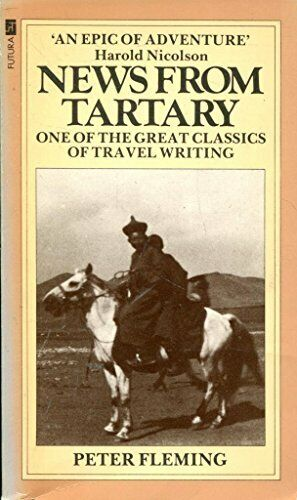
In 1937 Maillart returned to Asia for Le Petit Parisien to report on Afghanistan, Iran and Turkey.

Above: Ella Maillert, Meshid, Iran, 1939
In 1939 she undertook a trip from Geneva to Kabul by car, in the company of the Swiss writer, Annemarie Schwarzenbach.
The Cruel Way is the title of Maillart’s book about this experience, cut short by the outbreak of the Second World War.

Above: Genève (Geneva), Switzerland

Above: Kabul, Afghanistan

Above: Annemarie Schwarzenbach and Ella Maillert
She spent the war years at Tiruyannamalai in southern India, learning from different teachers about Advaita Vedanta, one of the schools of Hindu philosophy.

Above: Images of Tiruvannamalai, India
On her return to Switzerland in 1945, she lived in Geneva and at Chandolin, a mountain village in the Swiss Alps.

Above: Chandolin, Canton Valais, Switzerland
- Annemarie Schwarzenbach (1908 – 1942) was a Swiss writer, journalist and photographer.

Above: Annemarie Schwarzenbach
Her bisexual mother brought her up in a masculine style, and her androgynous image suited the bohemian Berlin society of the time, in which she indulged enthusiastically.
Her anti-Fascist campaigning forced her into exile, where she became close to the family of novelist Thomas Mann.

Above: German novelist Thomas Mann (1875 – 1955)
She would live much of her life abroad as a photojournalist, embarking on many lesbian relationships, and experiencing a growing morphine addiction.
In America, the young Carson McCullers (1917 – 1967) was infatuated with Schwarzenbach, to whom she dedicated Reflections in a Golden Eye.

Above: American writer Carson McCullers (1917 – 1967)

Schwarzenbach reported on the early events of World War II.
On 7 September 1942 in the Engadin, she fell from her bicycle and sustained a serious head injury.
Following a mistaken diagnosis in the Sils clinic where she was treated, she died on 15 November.

Above: Silssee (Lake of Sils), Engadin Valley, Canton Graubünden, Switzerland
There always remains a question in my mind as I travel and discover what personalities places have fostered:
Did these places make them the people they became or would they have become what they were regardless of the environment which spawned them?
Had René Robert not had his heart attack in Paris would he have continued to live on?
Why did Maillart and Schwarzenbach, who had seen so much of the world, decide to return to their homeland of Switzerland – a nation famous for both its international diplomacy but insular fortress mentality?
The art that all these people produced is inspirational.

I love the way words and pictures can work together on a page or a screen.
When wise words have visuals added to them, they seem to travel further, like paper airplanes catching an updraught.
I ask myself questions as I once again visualize the quiet beauty of the Altnau of my memories:
How alike to these Swiss artists in any way might I be, might had I become, had I grown up here?
Would I have become a teacher much like Baumgarten, he who travelled the world but remained devoted to his classroom and his Canton and his country?
Or is it my fate to travel the world and die neglected far from home like René Robert or Werner Bischof?
Or would I have simply faded into the scene as beautiful and ignored as Altnau’s apple blossoms in spring?

The other thoughts that possess me as I type these words is the notion that not only are we products of the places we have been but we are as well artifacts of the age we live in.
Could this modern age of social media, audiovisual developments and the Internet have manifested the molds that made women and men like Baumgartner and Bischof, Senn and Schwarzenbach, Mayer and Maillart?
Words and photos have evolved into sound bites and film.
Books are buried by the cacophony of commentary crowding our consciousness continually by the inane insane bombardment of unfiltered information crashing upon us, drowning us in its mindless distraction.
There is so much reality that life feels unreal.
Technology has greatly improved the lives of many people around the world.
The use of the Internet, in particular, has become so widespread in so many countries that our daily existence is now unimaginable without it.
This is not necessarily a positive development.
When social media first started to become popular, it was an innocent extension of the standard types of interactions between friends and new acquaintances.
These days, however, there are two noticeable extremes, both negative:
One is where the platform is used as a substitute for human-to-human interaction.
The second is where it is employed as a way to bully or aggressively intimidate other people.
And I feel there is a third danger lurking in the corridor….

Above: Facebook logo


Above: Instagram logo



Above: WhatsApp logo

Above: Snapchat logo

For hundreds of years, the more forward-thinking elements of science and technology have stoked imaginations in the world of entertainment.
For example, a huge number of sci-fi movies were produced in the 20th century, a period during which space exploration became first a possibility, then a reality.
Many such films depict situations in which one character (in full bodily form) interacts with a 3-D holographic image of another.
Various aspects of society could be going through enormous changes as virtual reality (VR) technology moves towards fully operational and interactive implementation of its potential.
To what extent VR establishes itself as an integral part of our lives and how quickly it is likely to move from niche technology to common usage throughout society remains a matter of deliberation.
VR may well have become sufficiently developed for it to form an essential part of life by the mid-21st century, if not sooner.

Over 40 million people currently own VR headsets.
This figure is expected to double over the next three years.
By 2025, we may well have reached the point at which 200 million users will own a VR viewing device, a head-mounted display (HMD), more commonly known as a VR headset.
We may all prefer to live in a virtual reality that creates an illusion of a reality more desirable than real life itself.
Oh, the seduction promised by this brave new world!

Educators will be presented with a vast array of new opportunities through which to pass on knowledge.
Within the next ten years teachers may become able to move completely away from the course book or flat screen – even the classroom itself – and into an immersive world of instruction and learning.
By way of example, history students could be taken into the epicentre of the world’s greatest battles and conflicts, experiencing and understanding the machinations of victory first-hand.

Medical students may be provided with the opportunity to travel through the human body as if they were themselves the size of a blood cell, building their comprehension of how veins and arteries or nervous systems are interconnected.

Music students will be able to watch a VR orchestra perform their new composition in a venue of their choice, whether that be the local concert hall or even the Sydney Opera House.


Above: Sydney Opera House, Sydney, Australia
A student of Mandarin should one day be able to walk the streets of Beijing, conversing with the local native speakers and practising the regional pronunciation.

Similarly, by the year 2050, the concept of travel may have undergone a profound transformation.
Parts of the world currently inaccessible to most people, whether because the expense of flying is too great or because those places are too remote to be easily reached, will become open to visitors in the form of exact VR replicas of the original cities, rainforests, beaches, and so on.
Not only is this bound to please avid “travellers“, it could also appease the concerned environmentalist.
The number of commercial flight operators each day might well decrease as people opt for VR vacations.

Perhaps one day VR will be replaced by memory implants of having travelled as suggested by Philip K. Dick’s short story “We can remember it for you wholesale“, which was the inspiration for the 1990 film Total Recall and its 2012 remake.

Above: Philip K. Dick (1928 – 1982)



Perhaps in the future, widespread use of remotely controlled androids will enable everyone to live in idealized forms from the safety of their homes, as suggested by Robert Venditti’s comic book series The Surrogates, which became the 2009 sci-fi film Surrogates.


Despite its potential to change life as we know it today, it may even be possible that VR will ultimately fail to catch on in common usage, that HMDs will be consigned to history’s obsolescence in the same way as compact discs (CDs), mini disc players, the Walkman, cassette players, vinyl record players and personal digital assistants (PDAs).
After all, even the technology that today seems improbable will at some point become outdated.
Despite the optimism in some quarters, genuine interaction with holograms in the real world is still as far from becoming a reality as ever, so if the hologram cannot come to Muhammad then Muhammad must enter the world of the hologram.

Above: A compact disc

Above: Mini disc player

Above: Sony Walkman

Above: Cassette player

Above: Vinyl record player

Above: Personal digital assistant
However, what is currently available has begun to be used for entertainment purposes in a wide range of industries.
The music industry is one.
The music industry has sought to take advantage of holographic technology since its infancy.
There have been numerous examples – concerts and events – during which audiences have been able to watch modern vocalists sharing the stage with holographic images of performers who departed this world some time ago.
In fact, the technology has been developed to such an advanced level that it is almost possible to stage an entire concert performed by dead rock stars.
Great actors could also be resurrected.

Above: Hologram version of Buddy Holly (1936 – 1959)
Critics have argued that this is exploitative of both audiences and musicians, putting on stage an artist who has no way of refusing to be there.
This has led some people inside the music industry to predict a future of bands touring without needing to leave the rehearsal studio.
That being said, I think it would be rather unlikely for any fan to buy a ticket to watch their favourite artists, knowing that the performances they have paid to see is not technically a live show and that the musicians they admire do not wish to be present in the same room as they are.
Real-time 3-D representations of artists are becoming ever more accurate, but have less appeal for live audiences than authentic performances do.
As is often the case, the will to create something new and exciting for consumers of entertainment is hindered by the technology currently available to it.
So, if the real live artist cannot come to a concert, then perhaps it is more desirable to enter a virtual reality that brings the artist’s simulation to you.

Above: Holographic version of Roy Orbison (1936 – 1988)
All of this bothers me deeply.
For in this quest for speed, for distraction, for entertainment, for ease and comfort, we have forgotten to give ourselves the time to think and feel, which is crucial to our very existence.
Modern technology of the moment tends to pull us into life patterns that gradually degrade the ways in which each of us exists as an individual.
By immersing ourselves in VR or holographic illusion, to allow ourselves to become slaves to the machines that were designed to serve us, deemphasizes our value as individuals and the intrinsic value of an individual’s unique internal experience and creativity.
As technology gets “better and better“, as civilization becomes more and more digital, we are hurting ourselves.
The more dependent we become upon our technology, the more we lose the ability to self-determine, the more we lose our freedom.
The more we seek to become like everyone else, the more we lose ourselves.
The reality is that until we become someone, we are not ready to share our lives with someone else.
Widespread impersonal communication has demeaned interpersonal interaction.
The most important thing about technology is how it changes people.

For instance, Stanford University research demonstrated that changing the height of one’s avatar in immersive VR transforms self-esteem and social self-perception.
Technologies have become extensions of ourselves.
Different media designs stimulate different potentials in human nature.

We should not seek to make the pack mentality as efficient as possible.
We should instead seek to inspire the phenomenon of individual intelligence.
Algorithms may find correlations between what you say online and your purchases, your romantic adventures, your debts….
But a person is not a pat formula.
Being human is a quest, a mystery, a leap of faith.
Technology is meant to be an extension of our being, not a replacement of it.

I find myself thinking of the 2013 film The Congress and the 1971 sci-fi novel that inspired it – Stanislaw Lem’s The Futurological Congress.

Actress Robin Wright’s longtime agent Al (Harvey Keitel) takes her to meet Jeff Green (Danny Huston), CEO of film production company Miramount Studios, who offers to buy her likeness and digitize her into a computer-animated version of herself.
Realizing she may be unable to find future work with the emergence of this new technology, she agrees to sell the film rights to her digital image to Miramount in exchange for a hefty sum of money.
She is forced to promise never to act again.
After her body is digitally scanned, the studio will be able to make films starring her, using only computer-generated characters.
Since then, Robin’s virtual persona has become the star of a popular sci-fi action film franchise.

Twenty years later, as her contract is about to expire, Robin travels to Abrahama City, where she will speak at Miramount’s entertainment Futurological Conference in the Hotel Miramount Nagasaki, and also to renew her now-expired contract.
Abrahama City is an animated surreal Utopia that is created from figments of people’s imaginations, where anyone can become an animated avatar of themselves, but are required to use hallucinogenic drugs that allow them to enter a mutable illusionary state.
They can become anyone or anything they want to be.

Above: Scene from The Congress
While discussing her new contract, Robin learns that the studio has developed a new technology that will allow anyone to devour her or transform themselves into her.
She agrees to the deal, but has a crisis of conscience and does not believe anyone should be turned into a product.
Asking to speak to the public at the Congress, she publicly voices her contrary views, upsetting the hosts, judges and the councils of the Congress, who are unimpressed with her disapproval.

Above: Scene from The Congress
Shortly afterwards, the Congress is interrupted by an attack of a group of rebel terrorists and protesters ideologically opposed to the technology industry.
The head of the Congress is assassinated.

Returning to the unanimated real world, Robin finds herself in a dystopian environment.
The inhabitants are severely dysfunctional.
Most people have left the real world for an existence in the animated unreal world.

Above: Scene from The Congress
I am also reminded of Fahrenheit 451 and Brave New World.

Above: Movie poster for the 1966 film Fahrenheit 451

Above: Movie poster for 1980 film Brave New World
Fahrenheit 451 presents an American society where books have been personified, outlawed and burnt when found.

Ray Bradbury wrote the book as a commentary on how mass media reduces interest in reading literature, citing political correctness as the real enemy that seeks to control thought and freedom of speech.

Above: Ray Bradbury (1920 – 2012)
Between 1947 and 1948, Bradbury wrote “Bright Phoenix“, a short story about a librarian who confronts a “Chief Censor“, who burns books.

An encounter Bradbury had in 1949 with the police inspired him to write the short story “The Pedestrian” in 1951.

In “The Pedestrian“, a man going for a nighttime walk in his neighborhood is harassed and detained by the police.
In the society of “The Pedestrian“, citizens are expected to watch television as a leisurely activity, a detail that would be included in Fahrenheit 451.
The story features Leonard Mead, a citizen of a television-centered world in November 2053.
In the city the sidewalks have fallen into decay. Mead enjoys walking through the city at night, something which no one else does.
“In ten years of walking by night or day, for thousands of miles, he had never met another person walking, not one in all that time.”

On one of his usual walks, he encounters a police car, which is robotic.
It is the only police unit in a city of three million as the purpose of law enforcement has disappeared with everyone watching television at night.
When asked about his profession Mead tells the car that he is a writer, but the car does not understand since no one buys books or magazines in the television-dominated society.
The police car, which is revealed to have no occupants, cannot understand why Mead would be out walking for no reason.
So it decides to take him to the Psychiatric Center for Research on Regressive Tendencies.
As the car passes through his neighborhood, Mead, locked in the confines of the back seat says, “That’s my house.”, as he points to a warm and bright house with all its lights on, unlike all the other houses.
There is no reply.
The story concludes.

The address of the main character, Leonard Mead, happens to be the address of the house in which Bradbury grew up.
This has caused speculation that this short story is actually referring to himself, or is in some related way a message to his home town of Waukegan, Illinois.

Above: Downtown Waukegan, Illinois, USA
The 60th anniversary of Fahrenheit 451 contains the short piece “The Story of Fahrenheit 451” by Jonathan R. Eller.
In it, Eller writes that Bradbury’s inspiration for the story came when he was walking down Wilshire Boulevard in Los Angeles with a friend in late 1949.
On their walk, a police cruiser pulled up and asked what they were doing.
Bradbury answered, “Well, we’re putting one foot in front of the other.”
The policemen did not appreciate Ray’s joke and became suspicious of Bradbury and his friend for walking in an area where there were no pedestrians.
Inspired by this experience, he wrote “The Pedestrian“.
The short novella that would later evolve into Fahrenheit 451.

Above: “The Miracle Mile“, Wiltshire Boulevard, Los Angeles, California, USA – this stretch of Wilshire near the La Brea Tar Pits was named “Miracle Mile” for its improbable rise to prominence
What’s the matter with the clothes I’m wearing?
“Can’t you tell that your tie’s too wide?”
Maybe I should buy some old tab collars?
“Welcome back to the age of jive
Where have you been hidin’ out lately, honey?
You can’t dress trashy till you spend a lot of money”
Everybody’s talkin’ ’bout the new sound
Funny, but it’s still rock and roll to me
What’s the matter with the car I’m driving?
“Can’t you tell that it’s out of style?”
Should I get a set of white wall tires?
“Are you gonna cruise the Miracle Mile?
Nowadays you can’t be too sentimental
Your best bet’s a true baby blue Continental”
Hot funk, cool punk, even if it’s old junk
It’s still rock and roll to me
Oh, it doesn’t matter what they say in the papers
‘Cause it’s always been the same old scene
There’s a new band in town
But you can’t get the sound from a story in a magazine…
Aimed at your average teen
How about a pair of pink sidewinders
And a bright orange pair of pants?
“You could really be a Beau Brummell baby
If you just give it half a chance
Don’t waste your money on a new set of speakers,
You get more mileage from a cheap pair of sneakers”
Next phase, new wave, dance craze, anyways
It’s still rock and roll to me
What’s the matter with the crowd I’m seeing?
“Don’t you know that they’re out of touch?”
Should I try to be a straight ‘A’ student?
“If you are then you think too much
Don’t you know about the new fashion honey?
All you need are looks and a whole lotta money”
It’s the next phase, new wave, dance craze, anyways
It’s still rock and roll to me
Everybody’s talkin’ ’bout the new sound
Funny, but it’s still rock and roll to me

In Fahrenheit 451, Leonard’s character can be considered similar to that of Clarisse McClellan‘s uncle, who tells of a similar story repeated by her niece to Montag.

“The Pedestrian” was adapted for radio and broadcast on the CBC (Canadian Broadcasting Corporation) program Theatre 10:30 (1968 – 1971).

Above: Corporate flag of the Canadian Broadcasting Corporation (CBC)
The story was made into an episode of The Ray Bradbury Theatre, starring David Ogden Stiers as Leonard Mead.


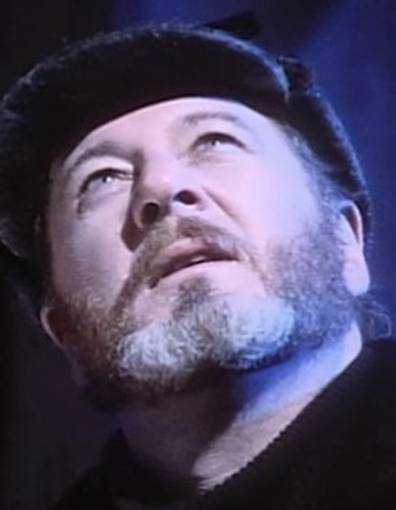
Above: David Ogden Stiers (as Leonard Mead) (1942 – 2018)
Elements of both “Bright Phoenix” and “The Pedestrian” would be combined into “The Fireman“, a novella published in 1951.
Bradbury was urged to make “The Fireman” into a full novel.

Simple pleasures and interests make one an outcast.
Bradbury recounts a history of how books lost their value as people began to embrace new media, sports, and an ever-quickening pace of life.
Books were ruthlessly abridged or degraded to accommodate shorter attention spans.
Books were condemned as sources of confusing and distressing thoughts that only complicated people’s lives.

In Aldous Huxley’s Brave New World, society’s methods of keeping its citizens peaceful is with the constant consumption of a soothing, happiness-producing drug, soma.

I am also reminded of the 2002 American dystopian sci-fi film Equilibrium:
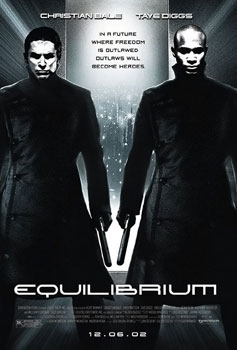
Libria, a totalitarian city-state established by survivors of World War III, blames human emotion as the cause for the war.
Any activity or object that stimulates emotion is strictly forbidden.
Those in violation are labelled “Sense Offenders” and sentenced to death.
The population is forced to take a daily injection of “Prozium II” to suppress emotion.
Libria is governed by the Tetragrammaton Council, led by “Father“, who communicates propaganda through giant video screens throughout the city.

Above: Flag of Libria: The four Ts on the flag represent the Tetragrammaton Council.
At the pinnacle of law enforcement are the Grammaton Clerics, trained in the martial art of gun kata.
Clerics frequently raid homes to search for and destroy illegal materials – art, literature and music – executing violators on the spot.
A resistance movement, known as the “Underground“, emerges to topple Father and the Tetragrammaton Council.
The film follows John Preston (Christian Bale), an enforcement officer in a future in which feelings and artistic expression are outlawed and citizens take daily injections of powerful psychoactive drugs to suppress their emotions.
After accidentally missing a dose, Preston begins to experience emotions, which makes him question his morality and moderate his actions while attempting to remain undetected by the suspicious society in which he lives.
Ultimately, he aids the resistance movement using advanced martial arts, which he was taught by the regime he is helping to overthrow.

Above: Christian Bale (as John Preston), Equilibrium
Insidious forces are marshalled against the time, space and will to walk and think, to see and imagine, and against all that these acts embody.
We live in an age of fear of the time in-between, the time it takes to get from here to there, moments of meandering, of rushing and running.
The time in-between has been deplored as a waste, requiring reduction, silence silenced by earphones playing music, the serendipity of the scene that surrounds us is ignored by eyes downcast drawn to mobile phones.
The very ability to appreciate this uncluttered time, the uses of the “useless“, is evaporating, as has appreciation of the outside – anything outside the familiar.
Mobile phones are our buffer against solitude, silence and encounters with the unknown.
But it is only in solitude and silence can we learn to love our own company and can hear our own mind.
It is encounters with the unknown through which we can learn to live and discover the myriad possibilities of existence.
Dependency on our devices is not freedom.
Dependency is merely distraction from our fears of the unknown.
Distraction ultimately leads to destruction of self.

What we’re living in?
Lemme tell ya
Yeah, it’s a wonder man can eat at all
When things are big that should be small
Who can tell what magic spells we’ll be doing for us
And I’m giving all my love to this world
Only to be told
I can’t see, I can’t breathe
No more will we be
And nothing’s gonna change the way we live
‘Cause we can always take, but never give
And now that things are changing for the worse, see
Whoa, it’s a crazy world we’re living in
And I just can’t see that half of us immersed in sin
Is all we have to give these
Futures made of virtual insanity, now
Always seem to be governed by this love we have
For these useless, twisting, of our new technology
Oh, now there is no sound, for we all live underground
And I’m thinking what a mess we’re in
Hard to know where to begin
If I could slip the sickly ties that earthly man has made
And now every mother can choose the color
Of her child, that’s not nature’s way
Well, that’s what they said yesterday
There’s nothing left to do, but pray
I think it’s time to find a new religion
Whoa, it’s so insane
To synthesize another strain
There’s something in these futures
That we have to be told
Futures made of virtual insanity, now
Always seem to be governed by this love we have
For these useless, twisting, of our new technology
Oh, now there is no sound, for we all live underground, wow
Now there is no sound
If we all live underground
And now it’s virtual insanity
Forget your virtual reality
Oh, there’s nothing so bad
As a manmade man
Oh, yeah, I know, yeah (take it to the dance floor)
I know I can’t go on
Of this virtual insanity we’re living in
Has got to change, yeah
Things will never be the same
And I can’t go on
Where we’re living in
Oh, oh, virtual insanity
Oh, this world
He’s got to change
‘Cause I just
I just can’t keep going on in this virtual, virtual insanity
That we’re living in, that we’re living in
And that virtual insanity is what is, yeah
Futures made of virtual insanity, now
Always seem to be governed by this love we have
For these useless, twisting, of our new technology
Oh, now there is no sound, for we all live underground, oh
Futures made of, now, virtual insanity
Now we all, we seem to be governed by a love
For these useless, twisting, of our new technology
And now there is no sound, for we all live underground
Yes, we do, oh
Now this life that we live in
(Virtual insanity) it’s all going wrong
Out of the window (living in)
Do you know there is nothing worse than (virtual insanity)
A manmade man
(Virtual insanity) There’s nothing worse than
(Living in) a foolish man
(Virtual insanity) Hey!
Virtual insanity is what we’re living in, yeah
Well… It’s alright

Altnau is a small town, full of life and light and love, but one must walk its streets and stroll along its shore and meander through its apple orchards and linger on its jetty to capture its universal language.
Its past and the teacher-photographer who emerged from it and those of his ilk whose photographs captured the beauty of the canton, the country, the world, remind us that beauty is accessible to everyone, anywhere and everywhere, if only we choose to see it.
Walk away from your laptops and mobile phones.
Look up to the glory of the heavens instead.
Pull the phones from your ears.
Listen to the orchestra of songbirds, the crash of waves, and the whisper of your own thoughts.
Reject VR.
Choose reality.

Turn off the TV.
Switch off the radio.
Ignore movies that rob us of imagination.
Resist stimulants and distractions.
Learn to love life as it is in all its complexity.
Read a great work of literature.
Look at photographs and pictures.
Walk and make your own memories.
Words are the expression of thought.
Pictures are the expression of emotion.
Walking is the synchronicity of both thought and emotion in a symphony of all the senses.

Another suburban family morning.
Grandmother screaming at the wall.
We have to shout above the din of our Rice Crispies
We can’t hear anything at all.
Mother chants her litany of boredom and frustration,
But we know all her suicides are fake.
Daddy only stares into the distance
There’s only so much more that he can take.
Many miles away something crawls from the slime
At the bottom of a dark Scottish lake.
Another industrial ugly morning
The factory belches filth into the sky.
He walks unhindered through the picket lines today,
He doesn’t think to wonder why.
The secretaries pout and preen like cheap tarts in a red light street,
But all he ever thinks to do is watch.
And every single meeting with his so-called superior
Is a humiliating kick in the crotch.
Many miles away something crawls to the surface
Of a dark Scottish loch.
Another working day has ended.
Only the rush hour hell to face.
Packed like lemmings into shiny metal boxes.
Contestants in a suicidal race.
Daddy grips the wheel and stares alone into the distance,
He knows that something somewhere has to break.
He sees the family home now looming in his headlights,
The pain upstairs that makes his eyeballs ache.
Many miles away there’s a shadow on the door
Of a cottage on the shore
Of a dark Scottish lake
Many miles away [7x]

Altnau is nowhere special.
Altnau is everywhere special.
Discover your own Altnau.

Sources: Wikipedia / Google / Ray Bradbury, Fahrenheit 451 / The Pedestrian / Evliya Çelebi, The Book of Travels / Philip K. Dick, We can remember it for you wholesale / Aldous Huxley, Brave New World / Jamiroquai, Virtual Insanity / Billy Joel, Allentown / It’s still rock & roll to me / Movin’ Out / Jaron Lanier, You Are Not a Gadget / Stanislaw Lem, The Futurological Congress / The Police, Synchronicity II / Rebecca Solnit, Wanderlust / Louise Purwin Zobel: The Travel Writer’s Handbook



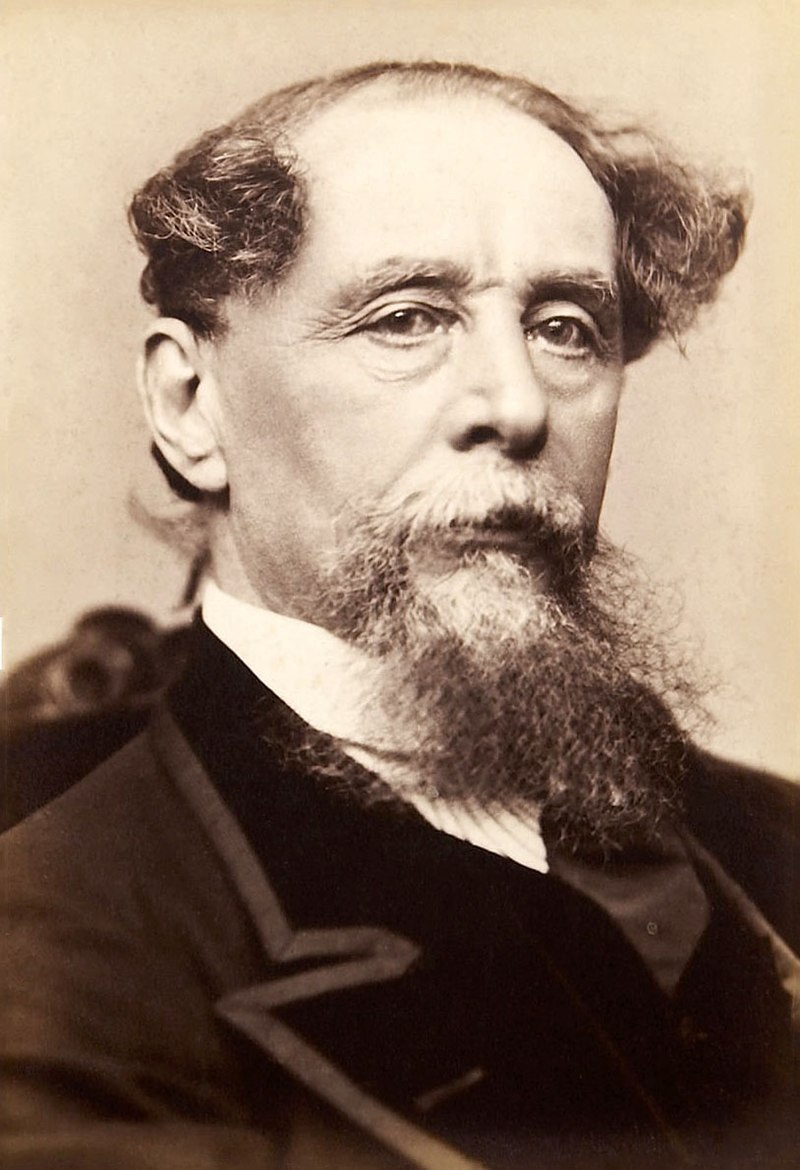

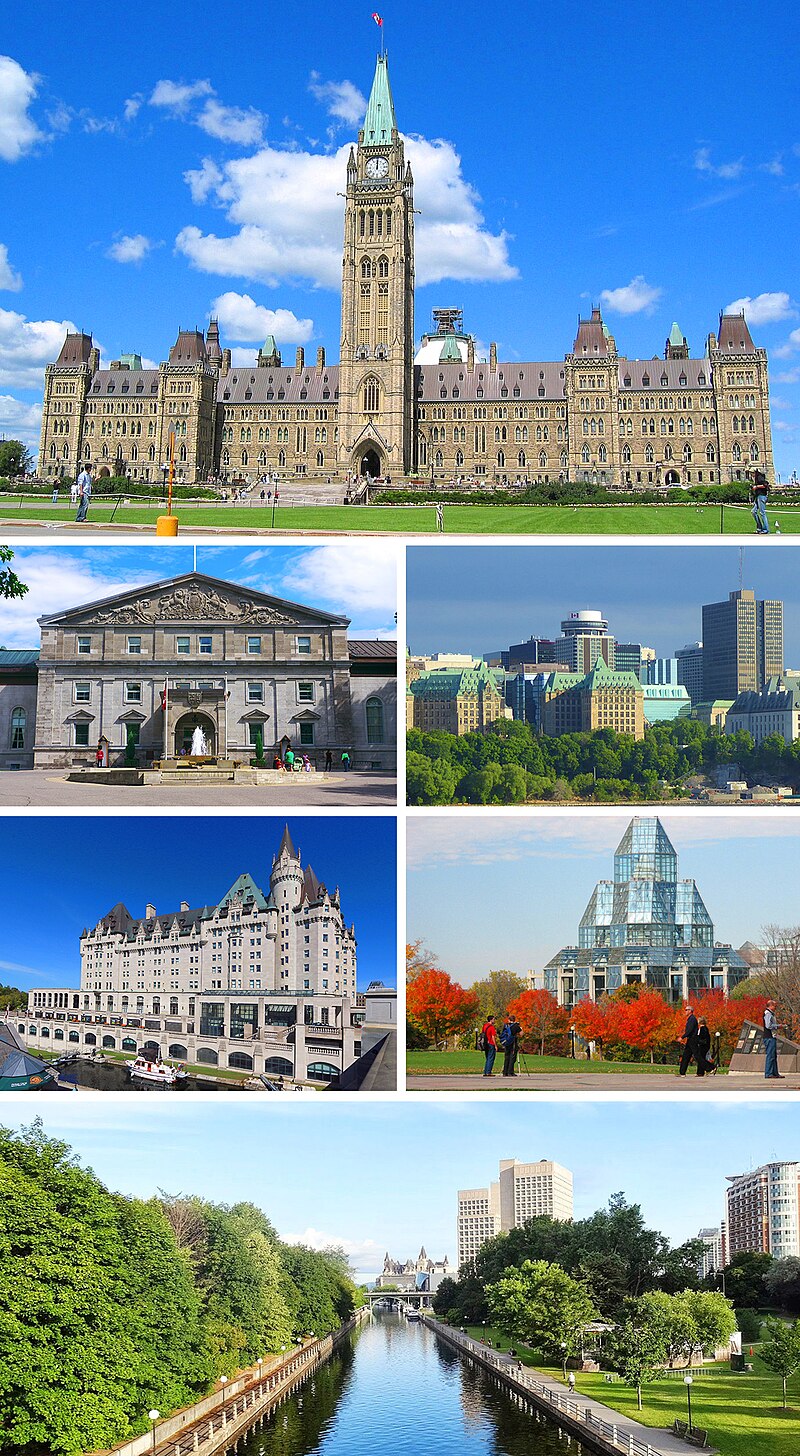


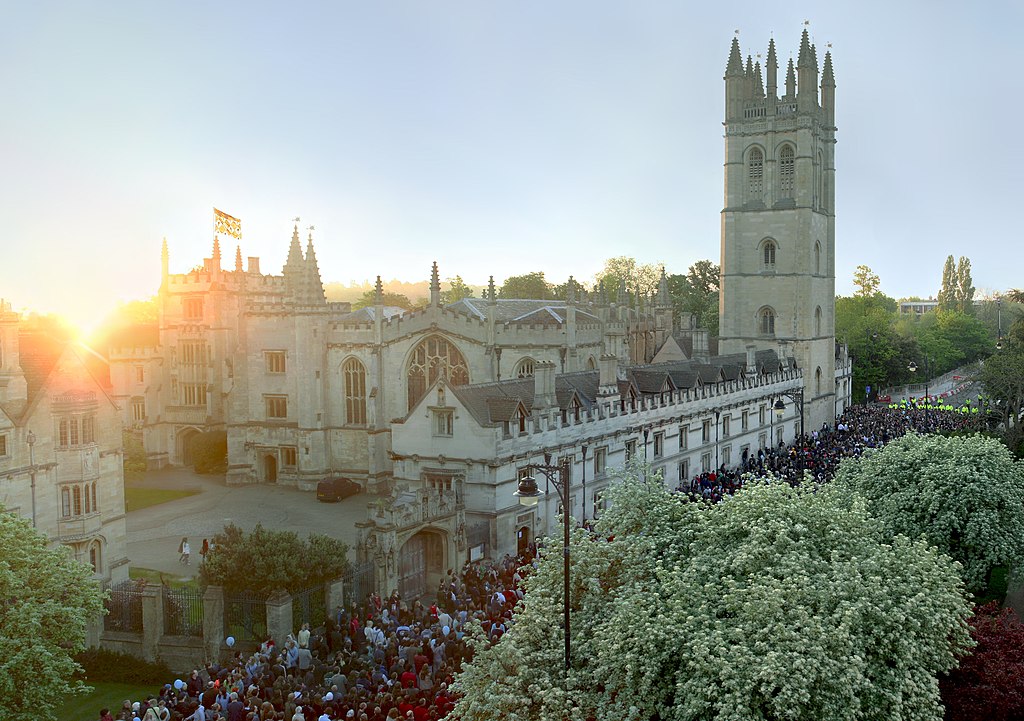

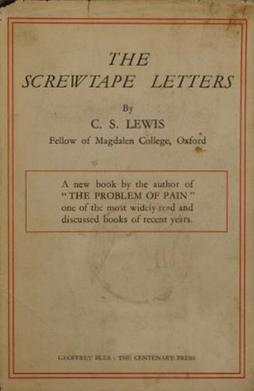






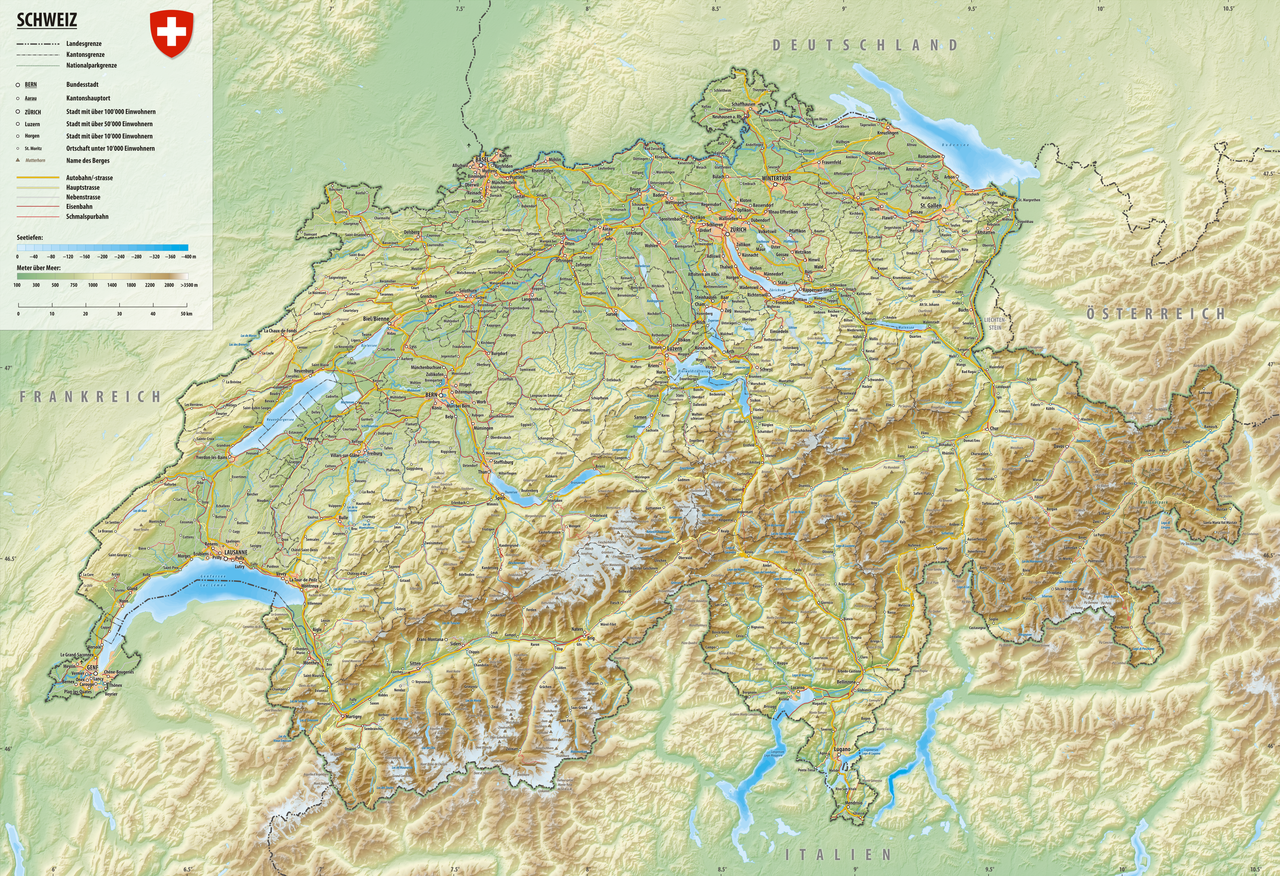
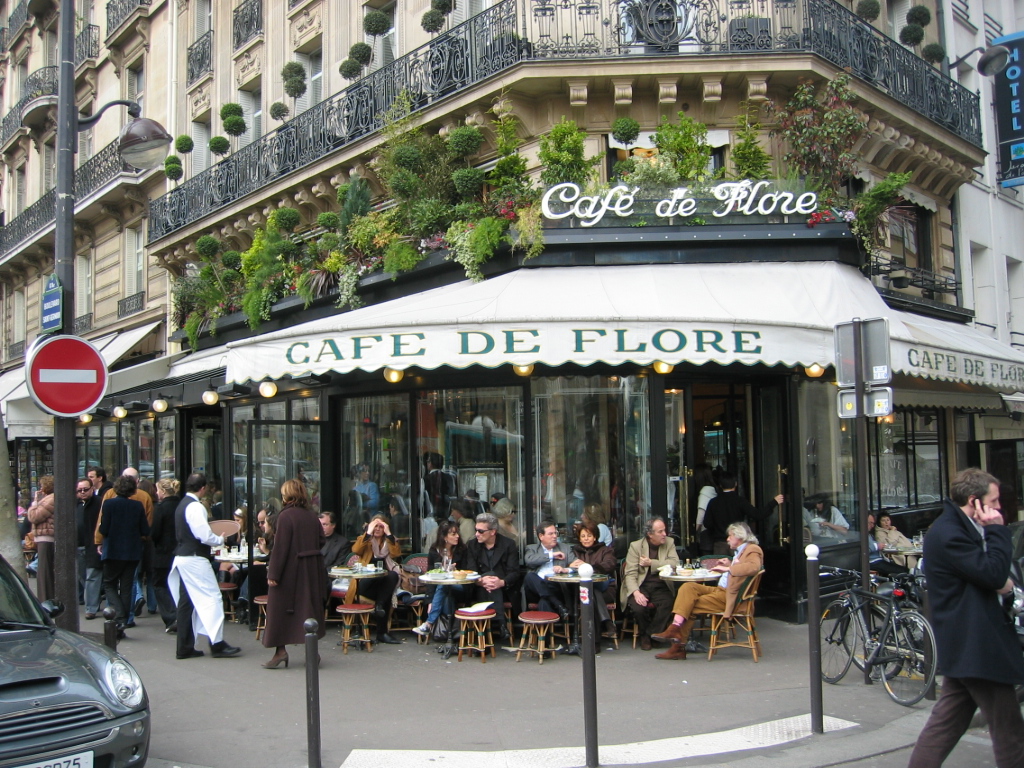


:format(jpeg):mode_rgb():quality(90)/discogs-images/R-3499969-1458956533-7155.jpeg.jpg)




:format(jpeg):mode_rgb():quality(90)/discogs-images/R-13722924-1567864239-6989.jpeg.jpg)
